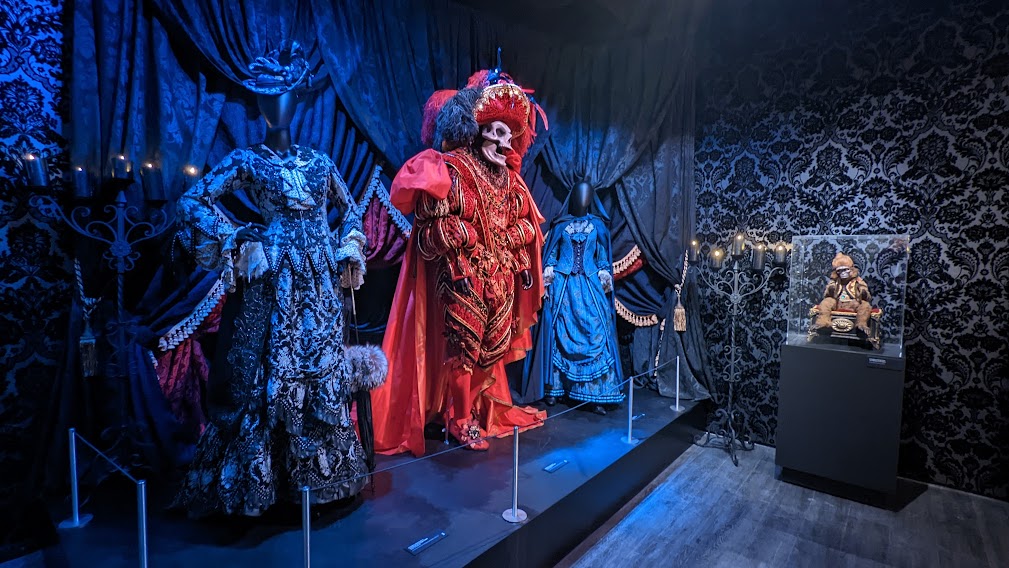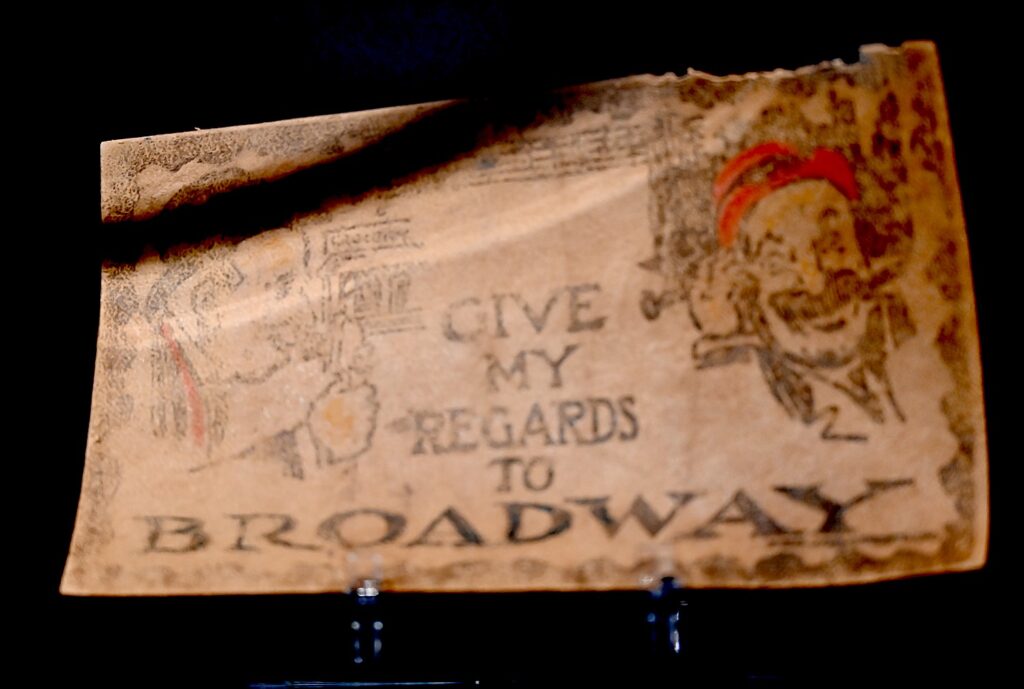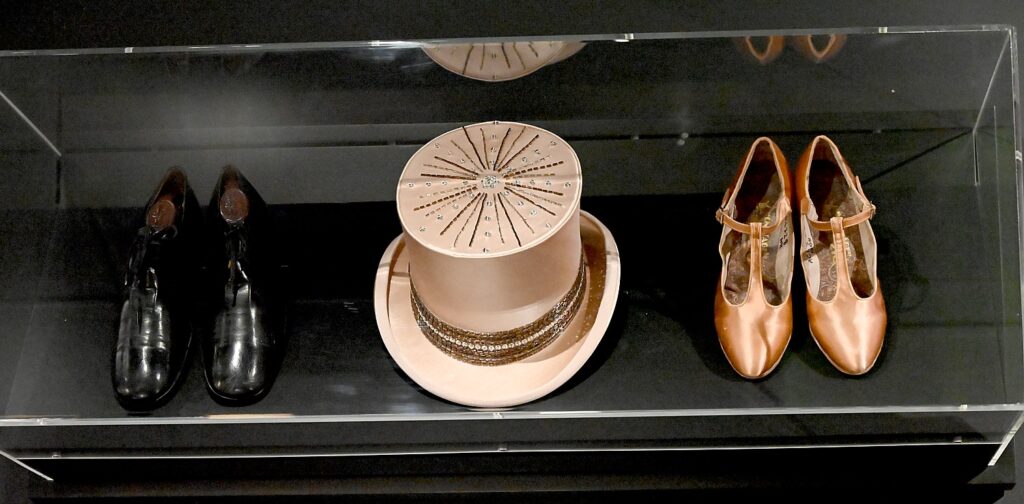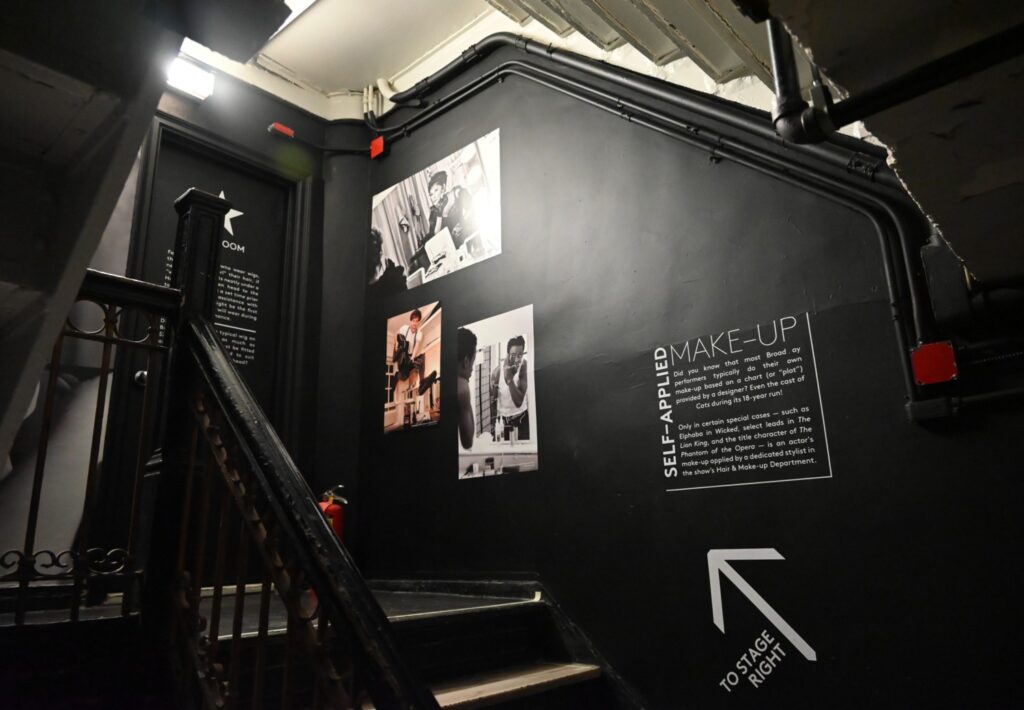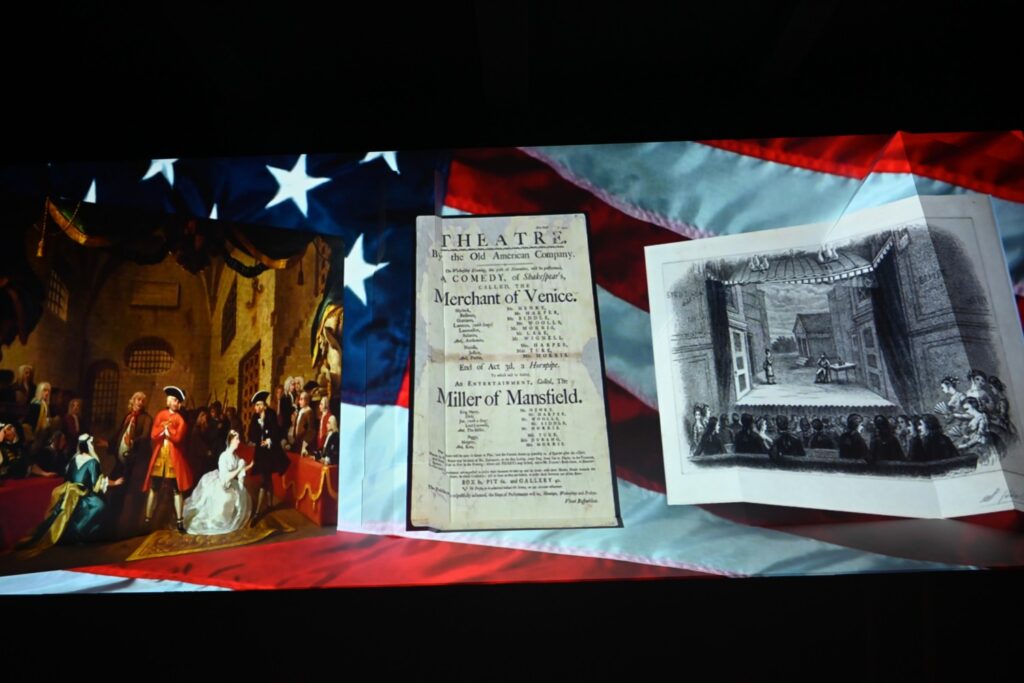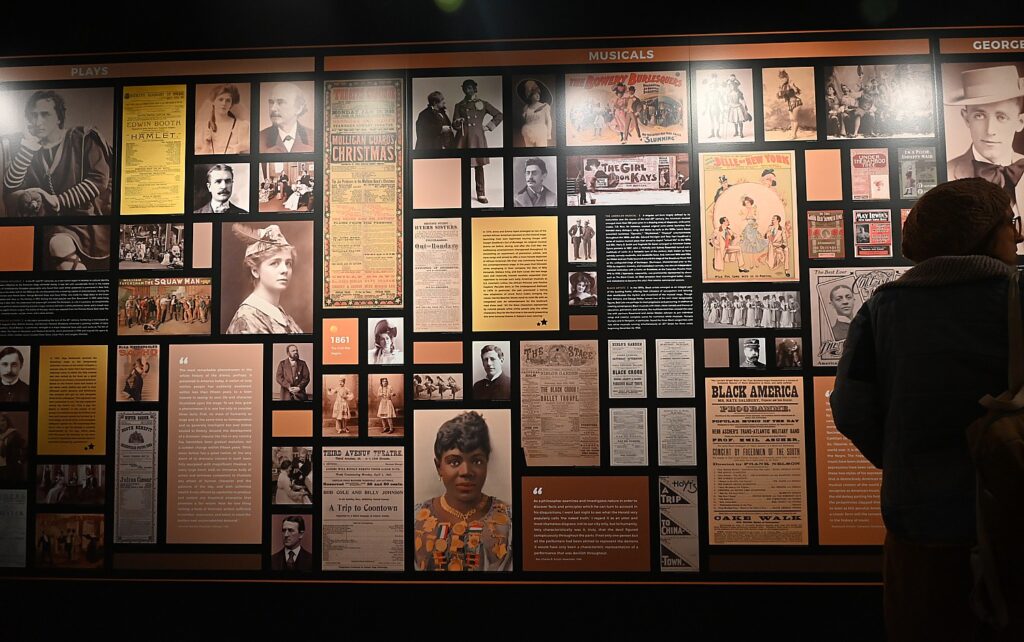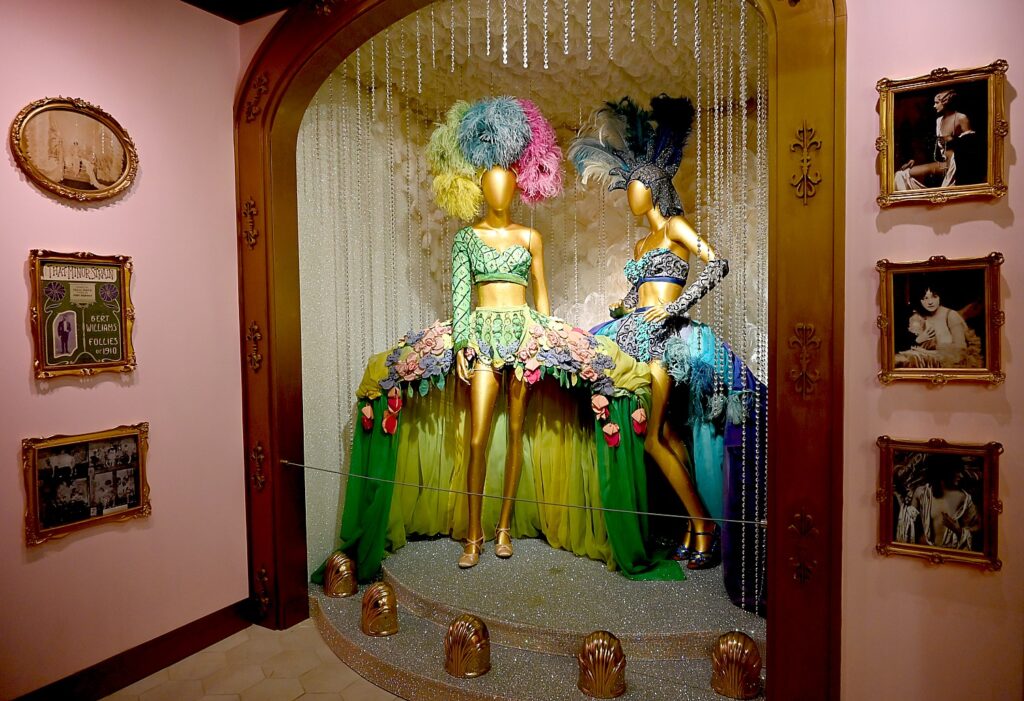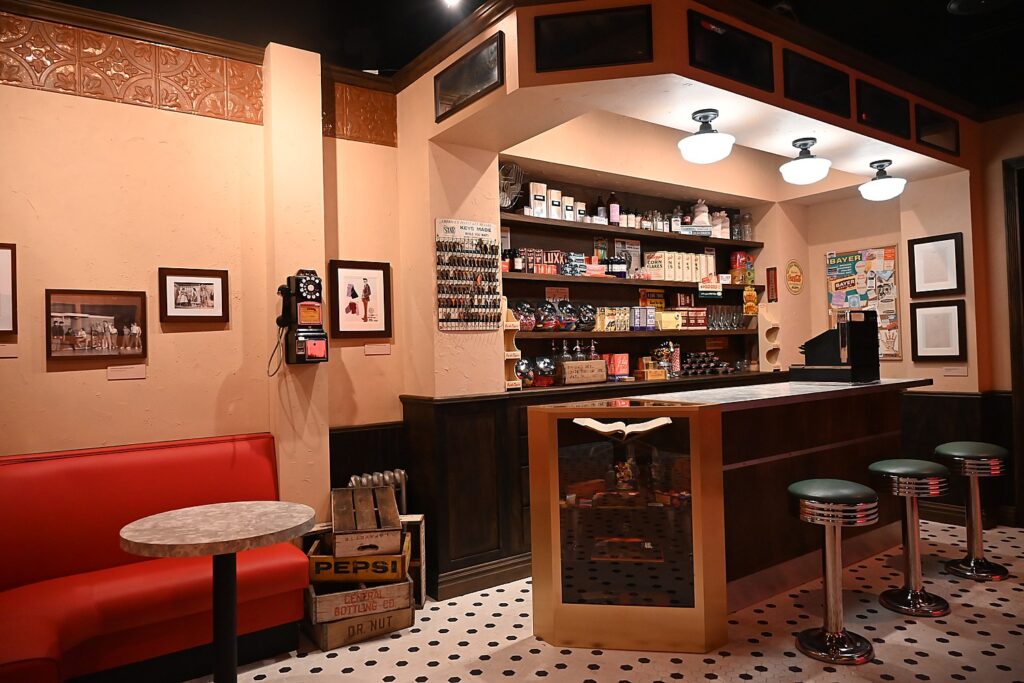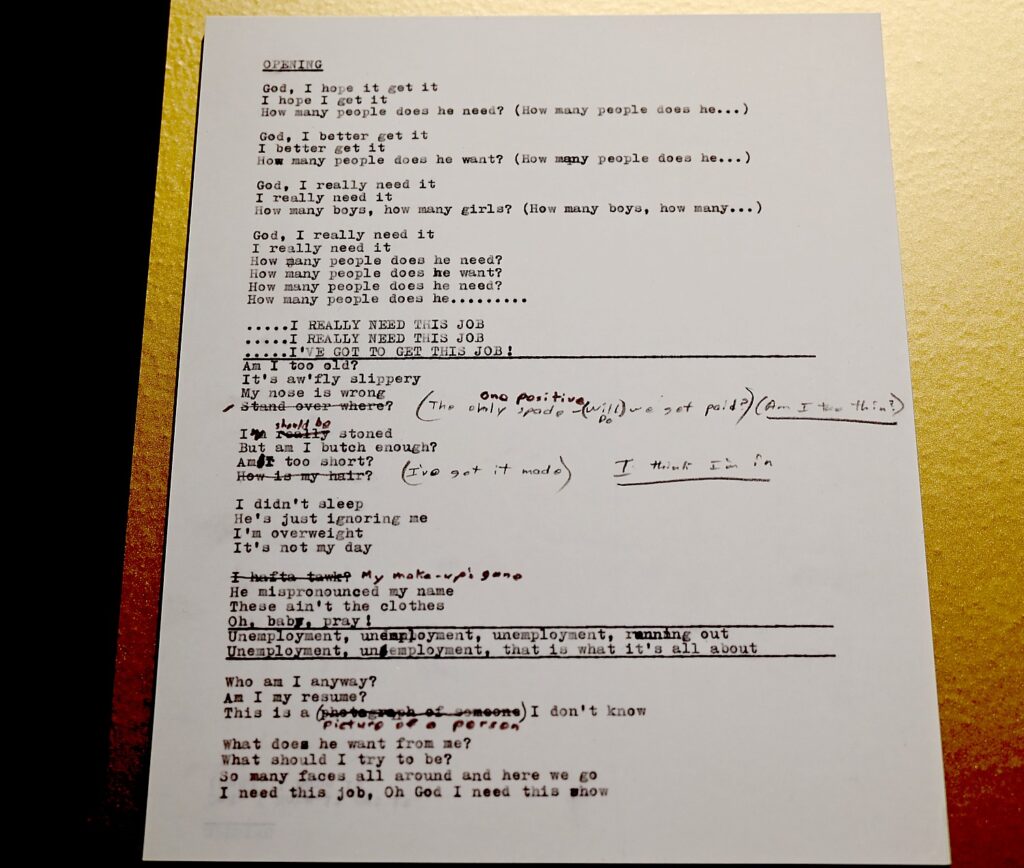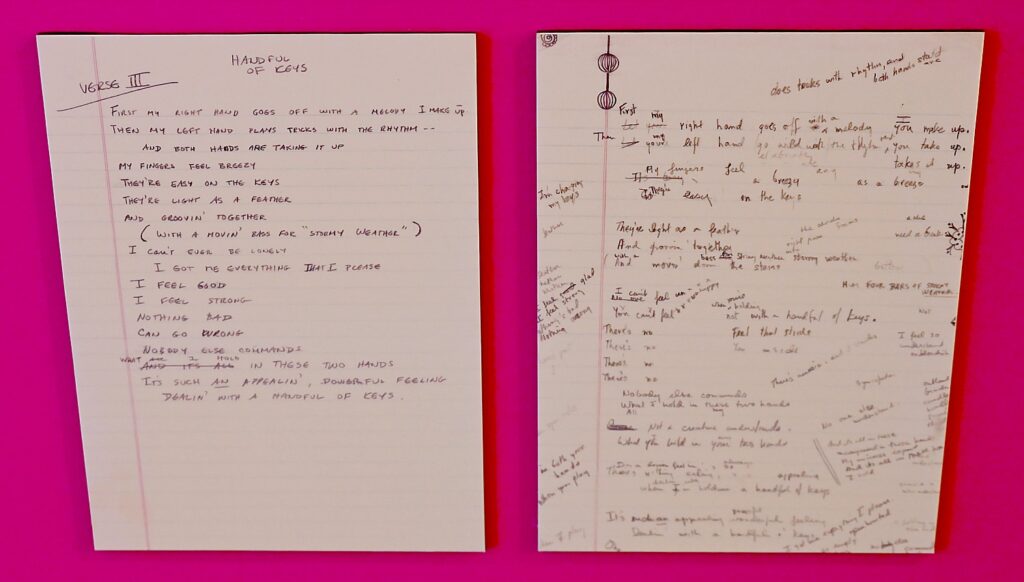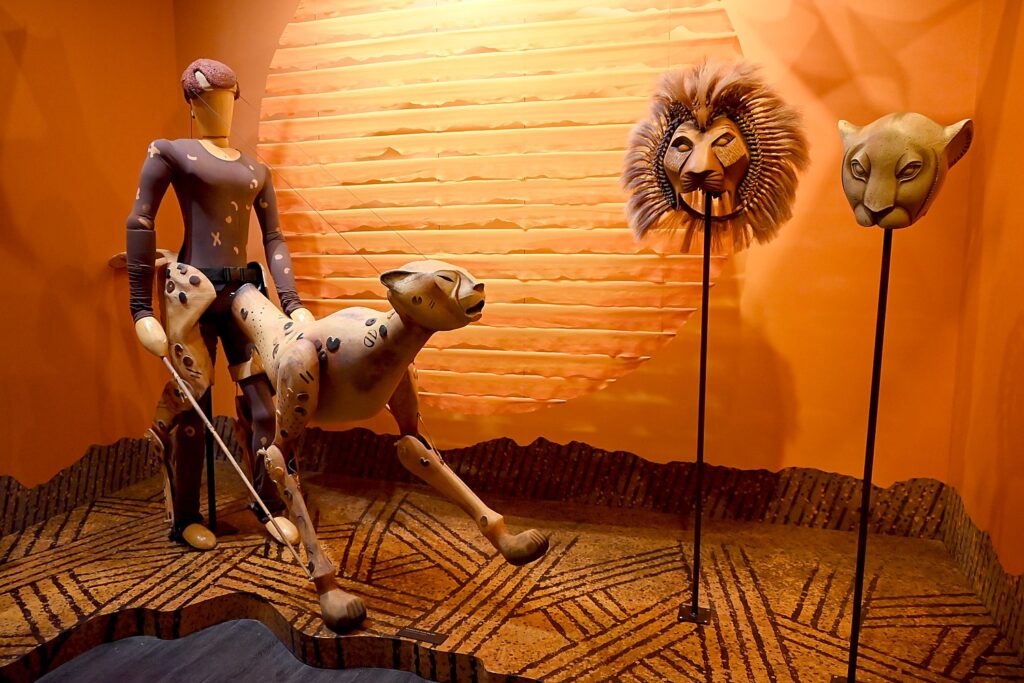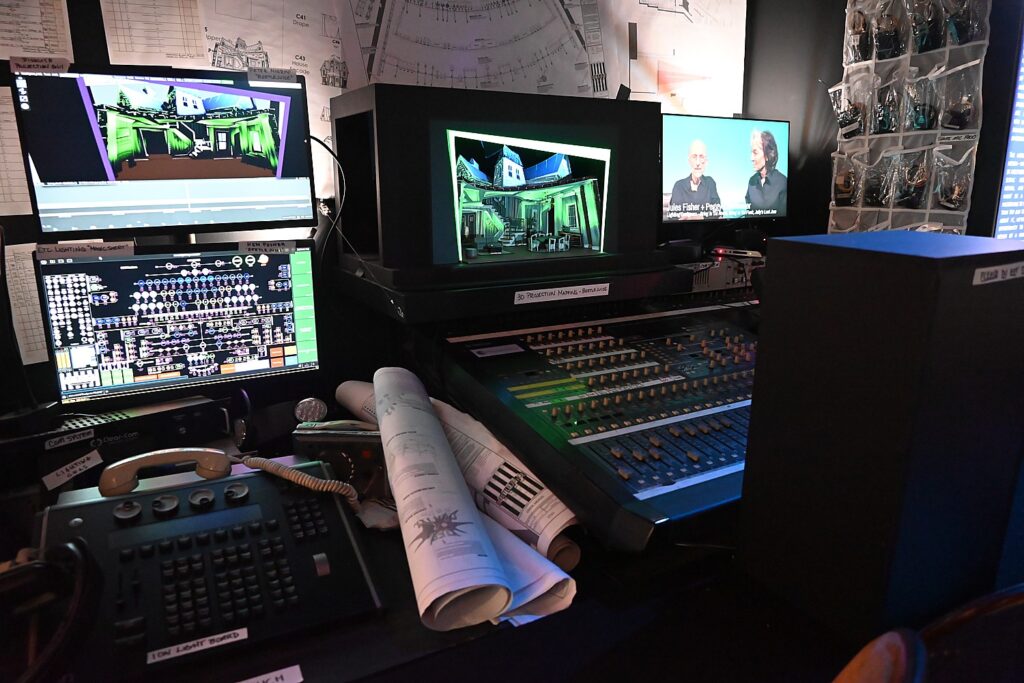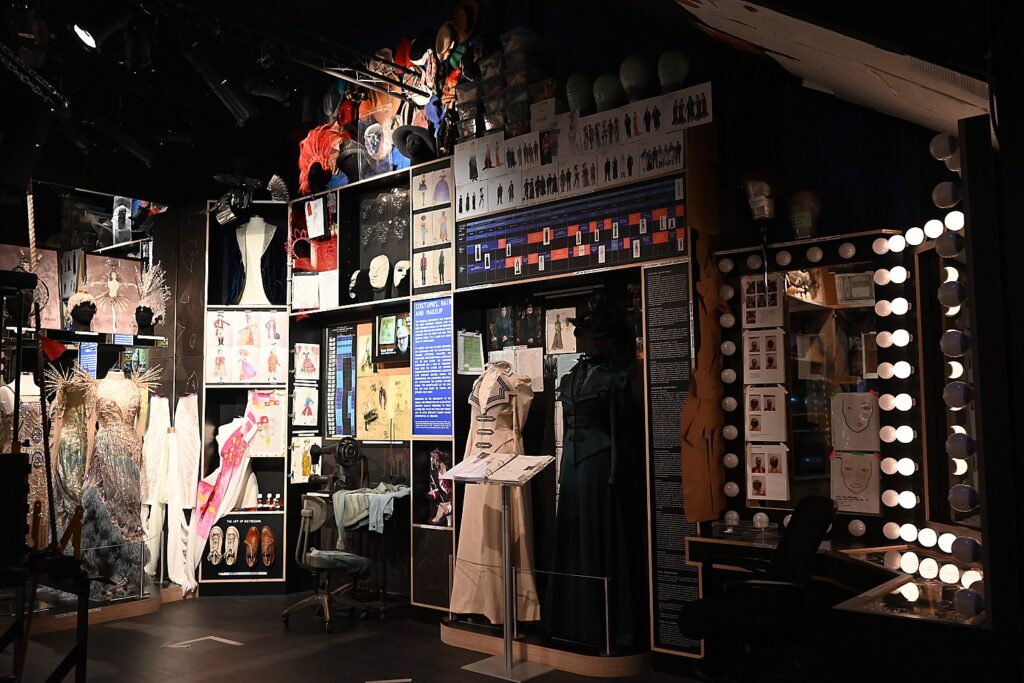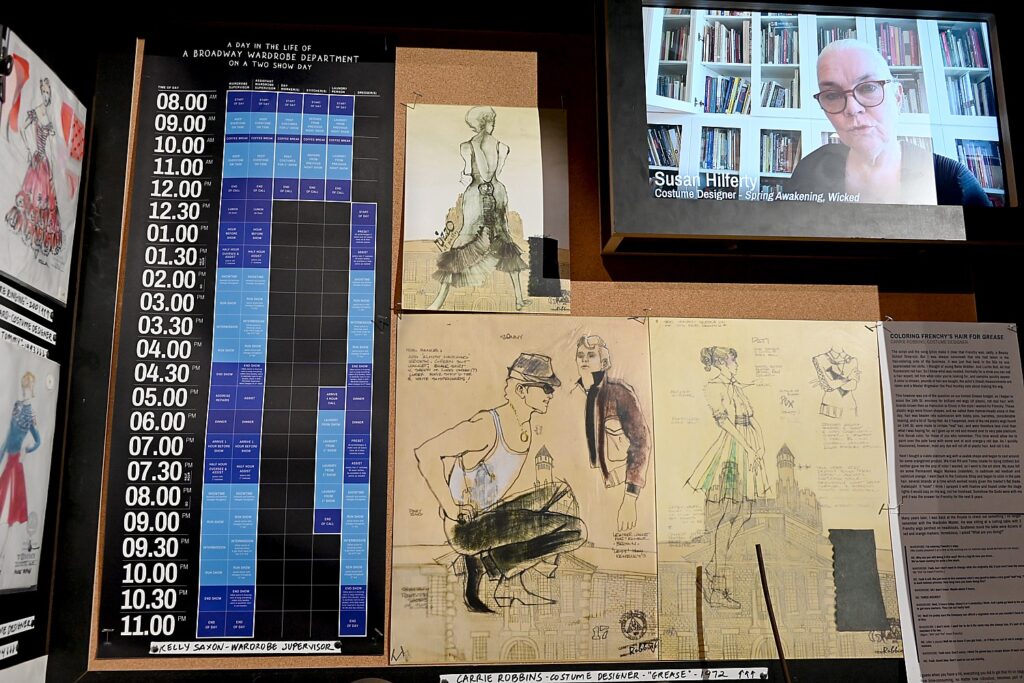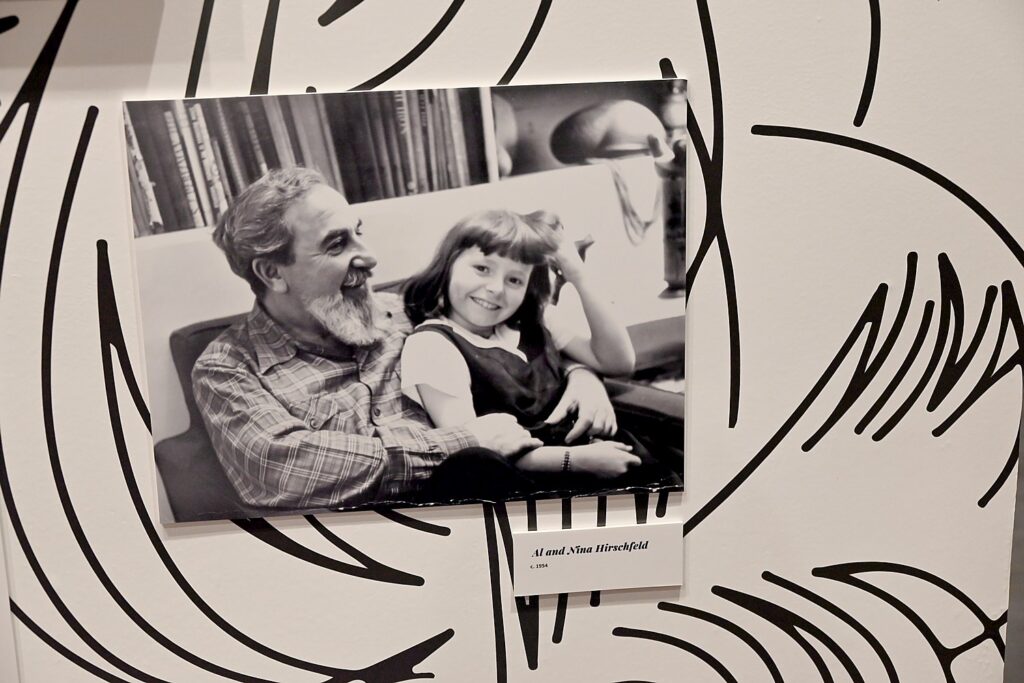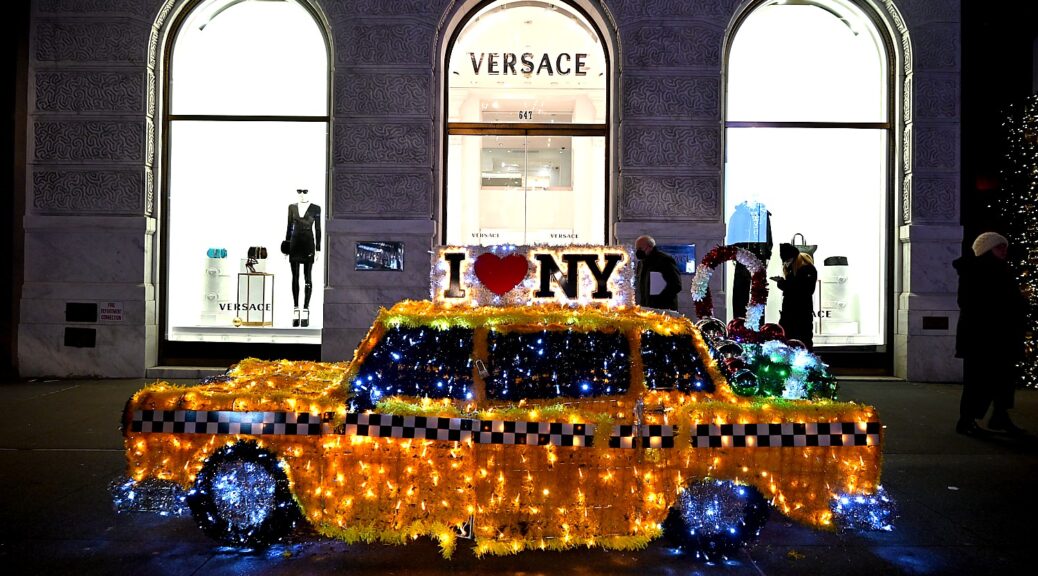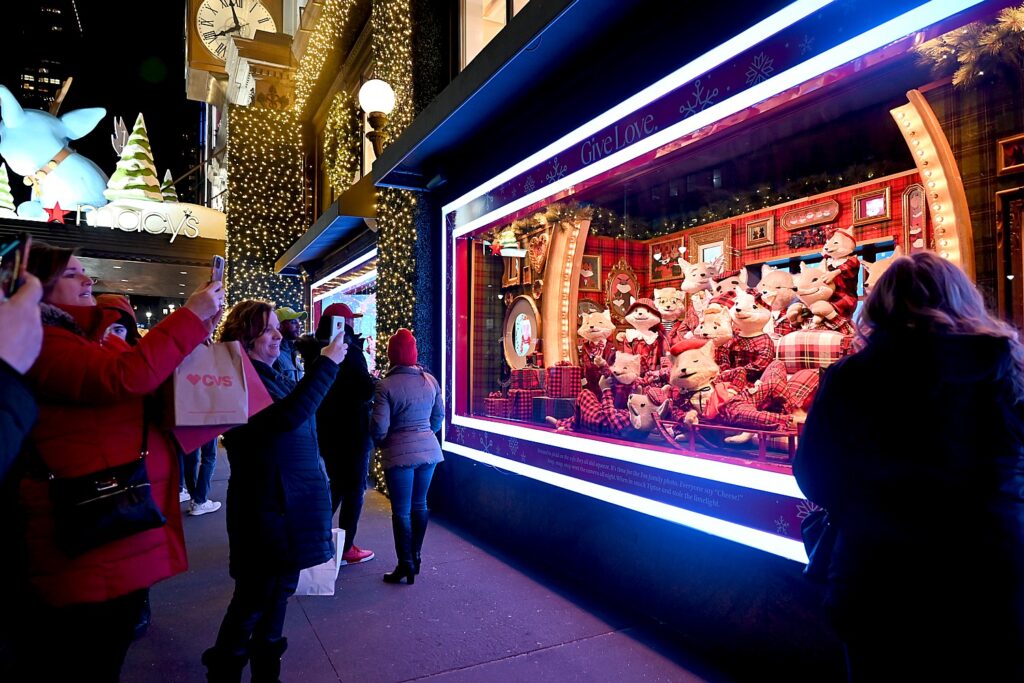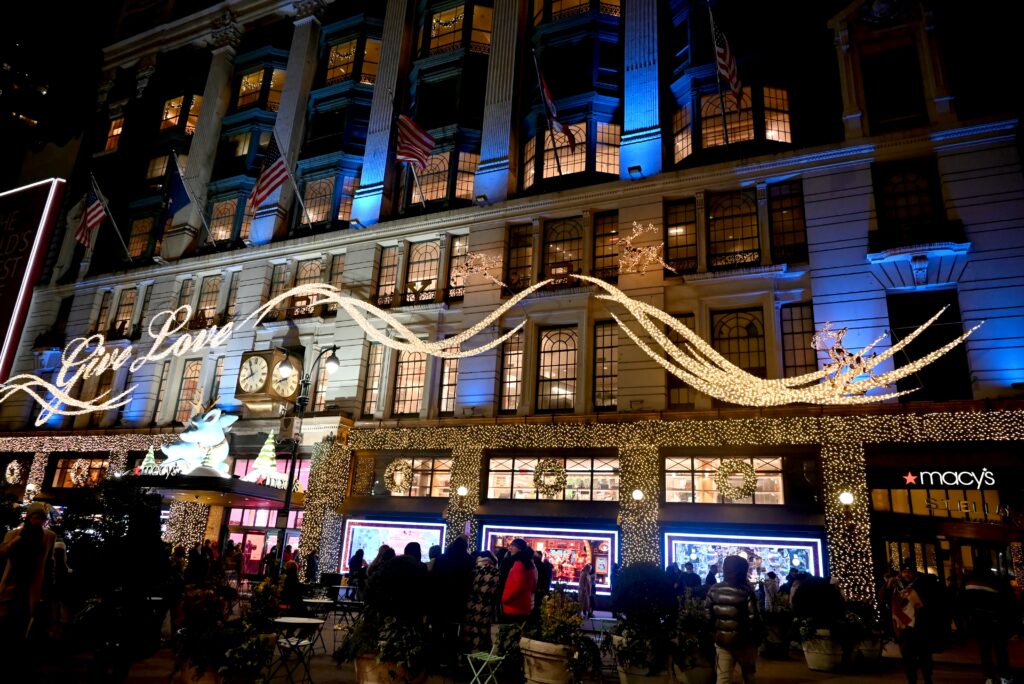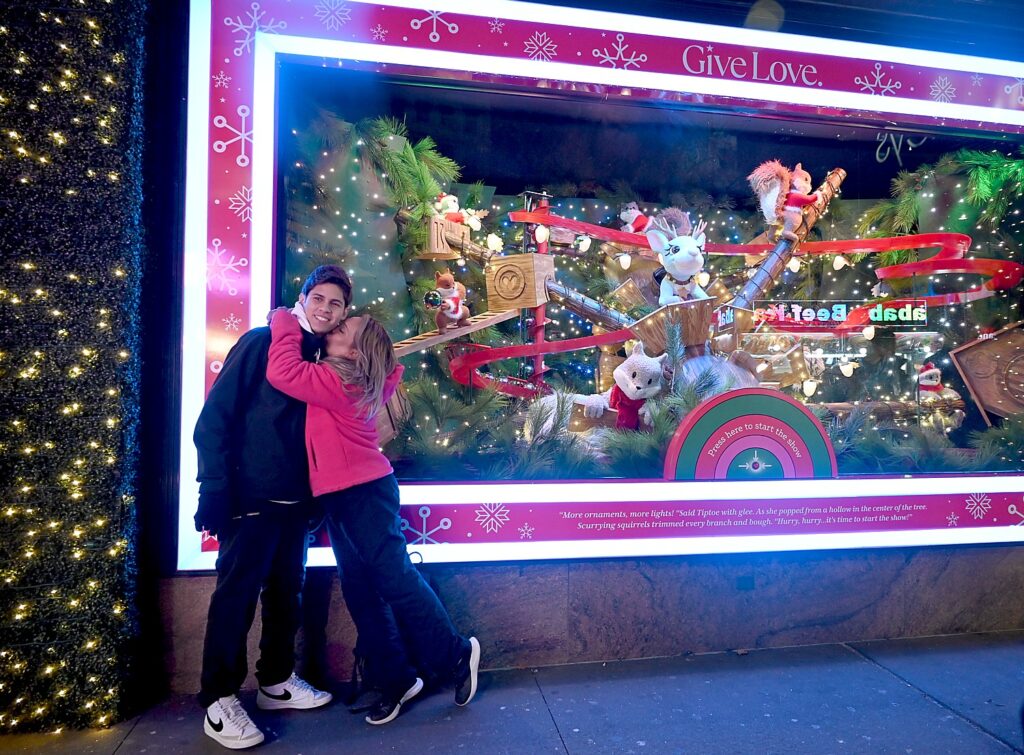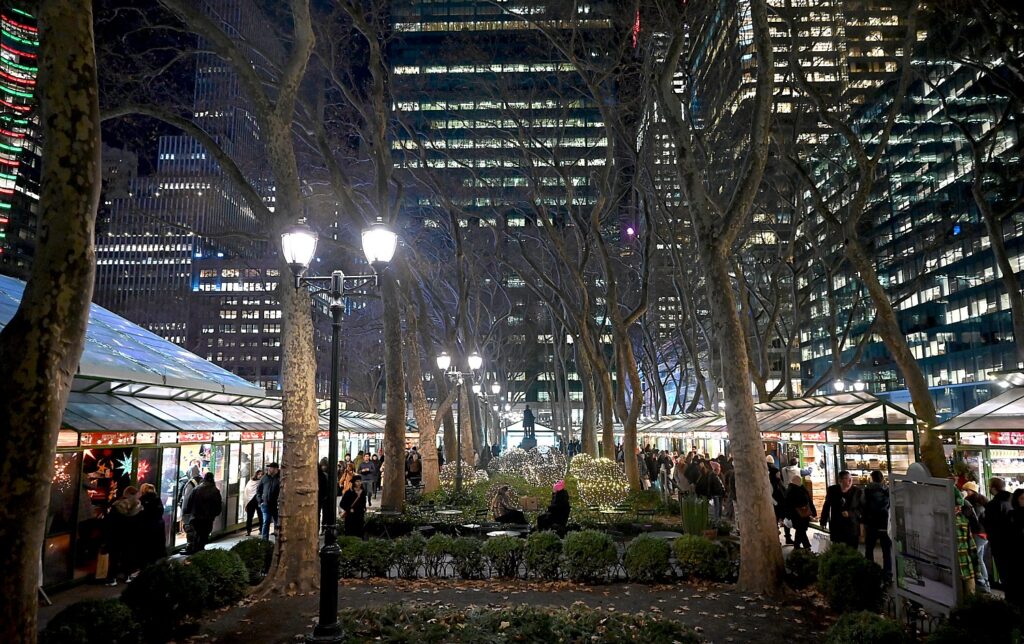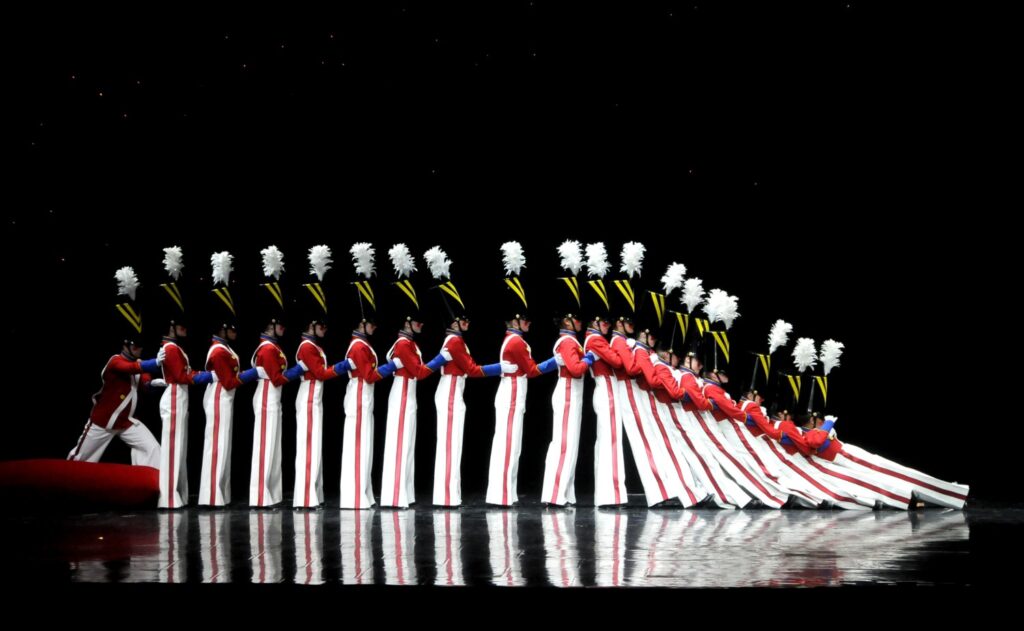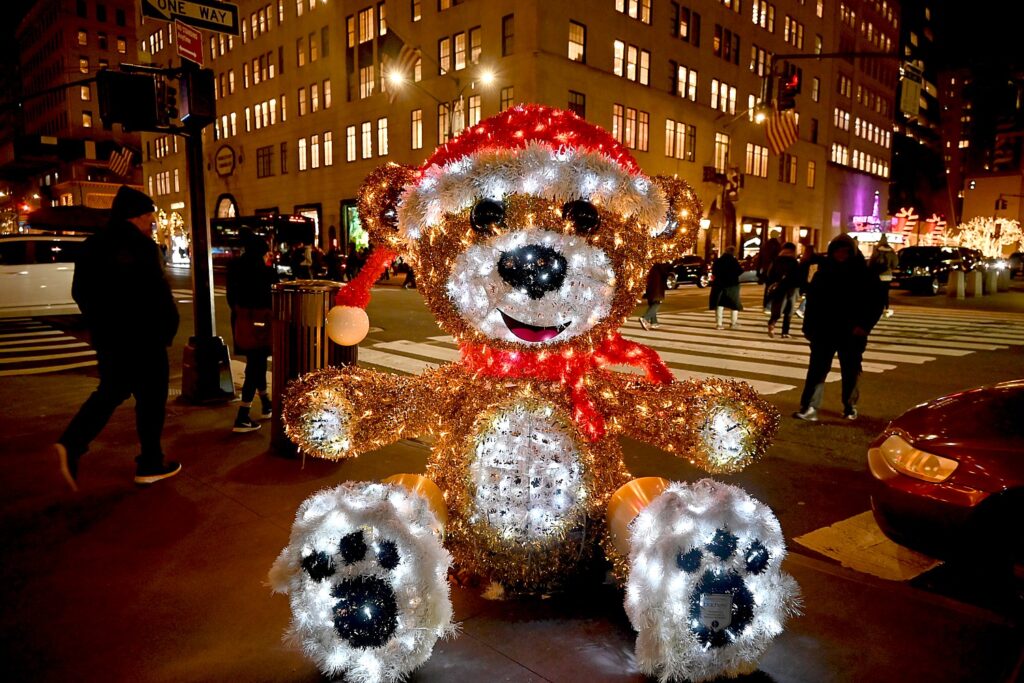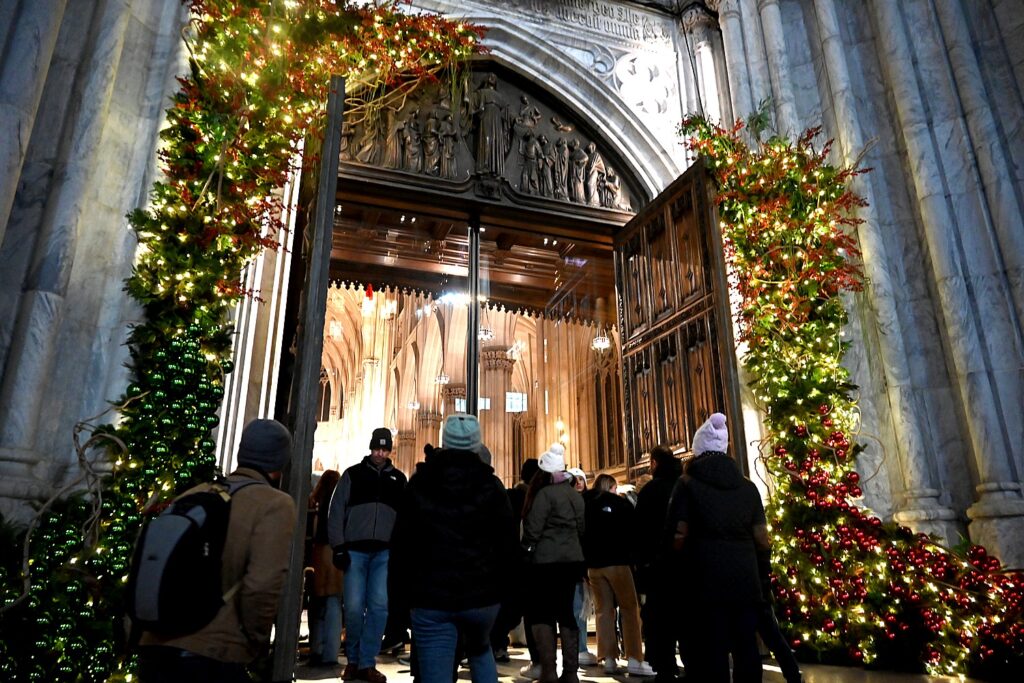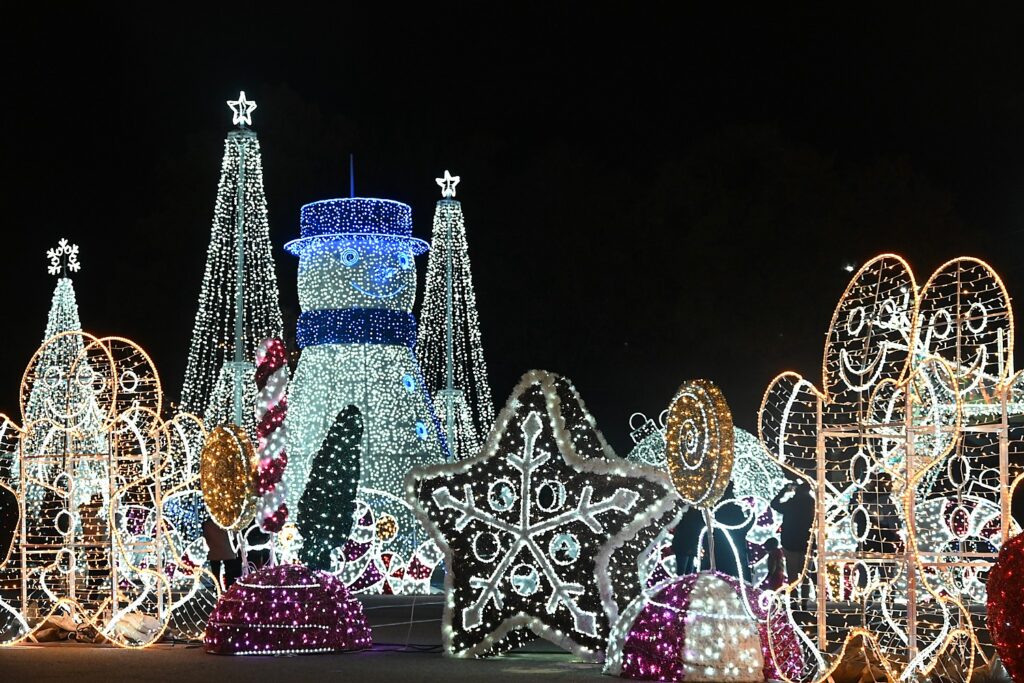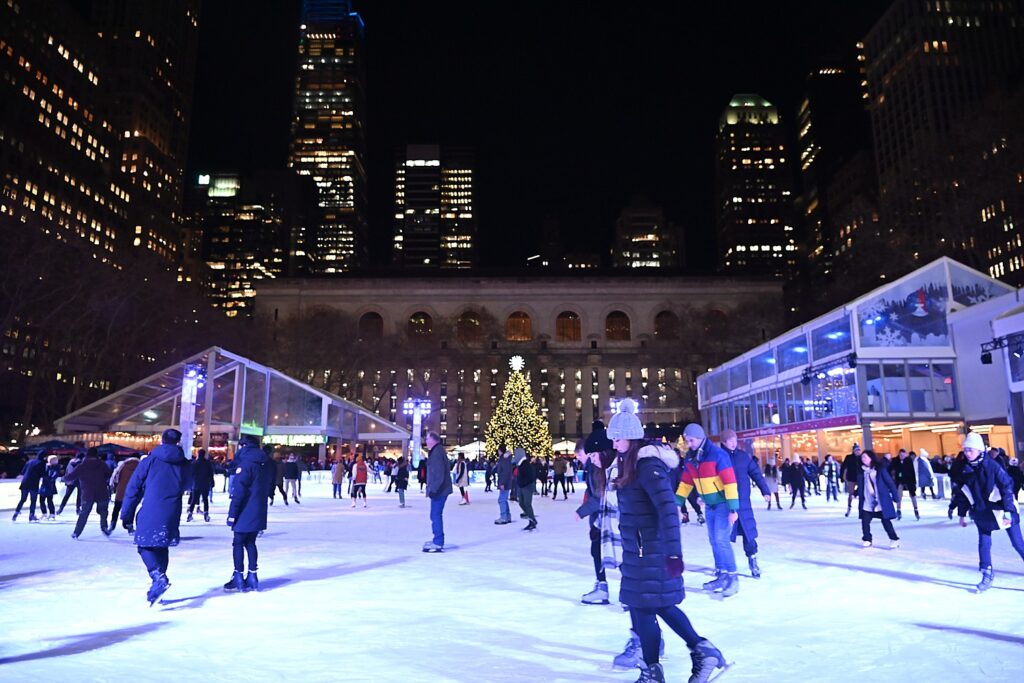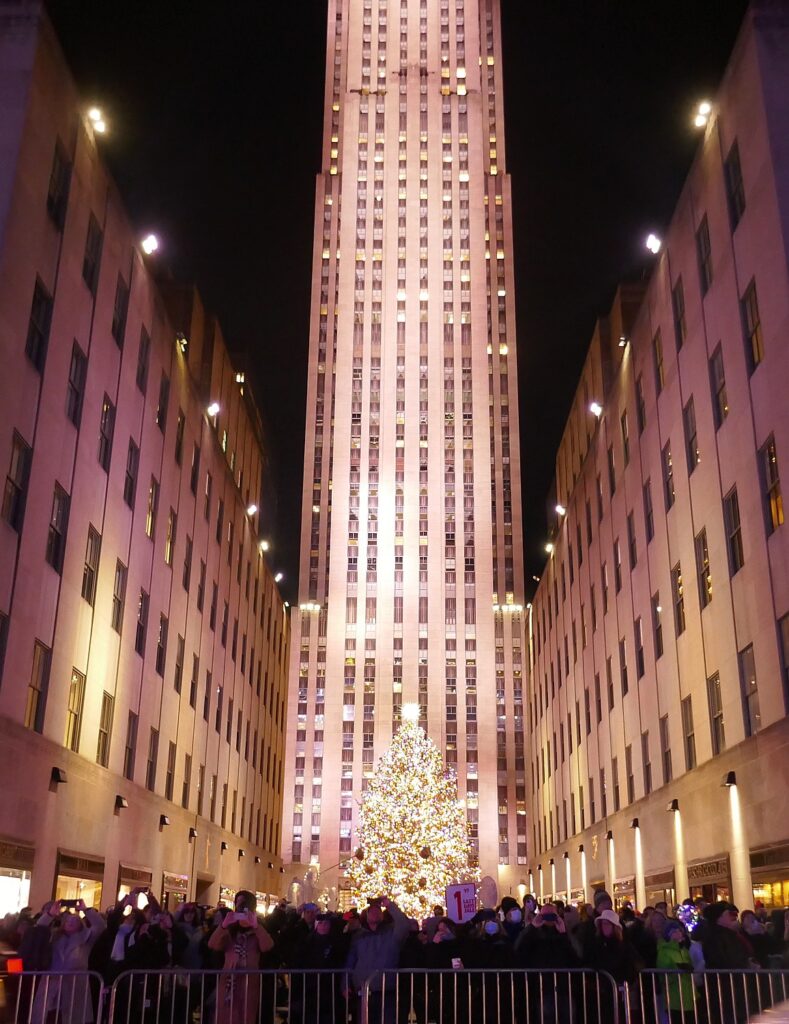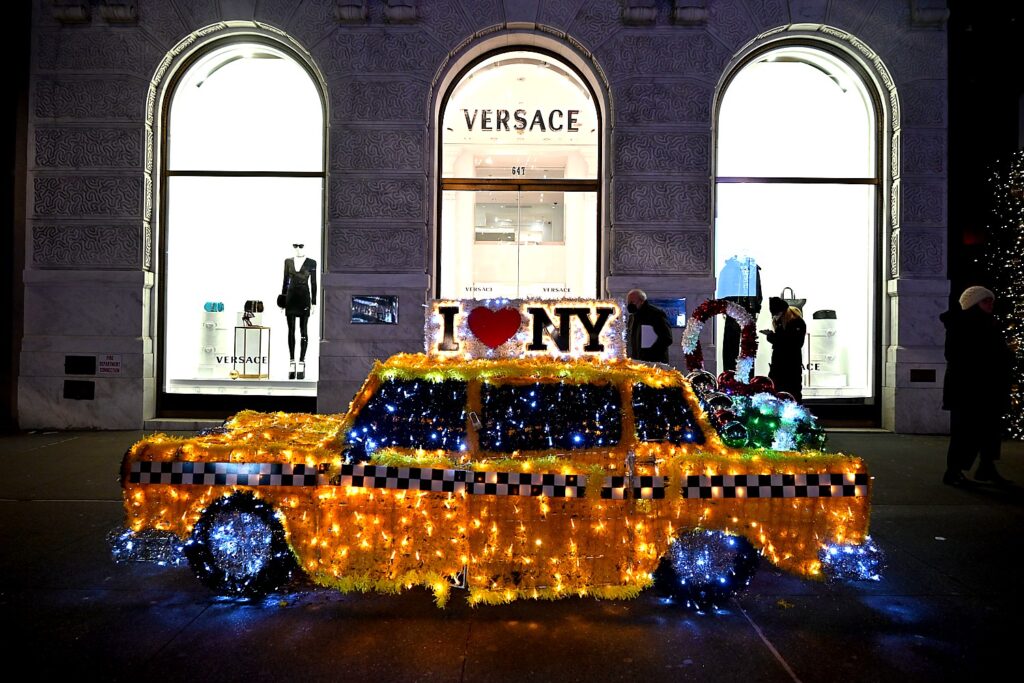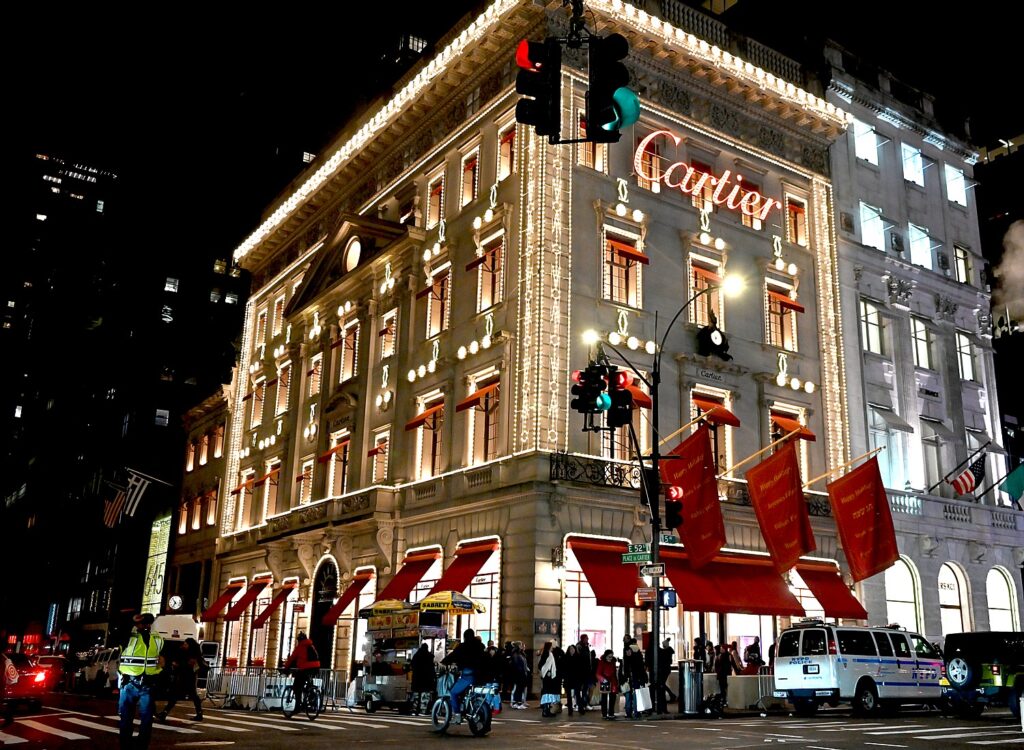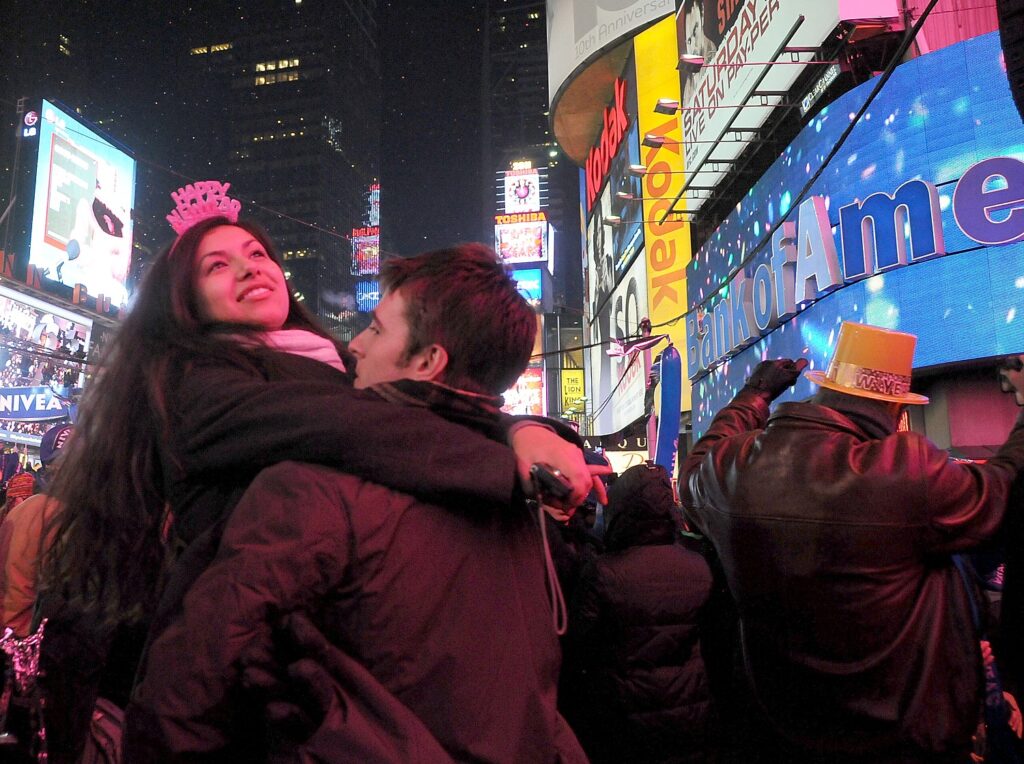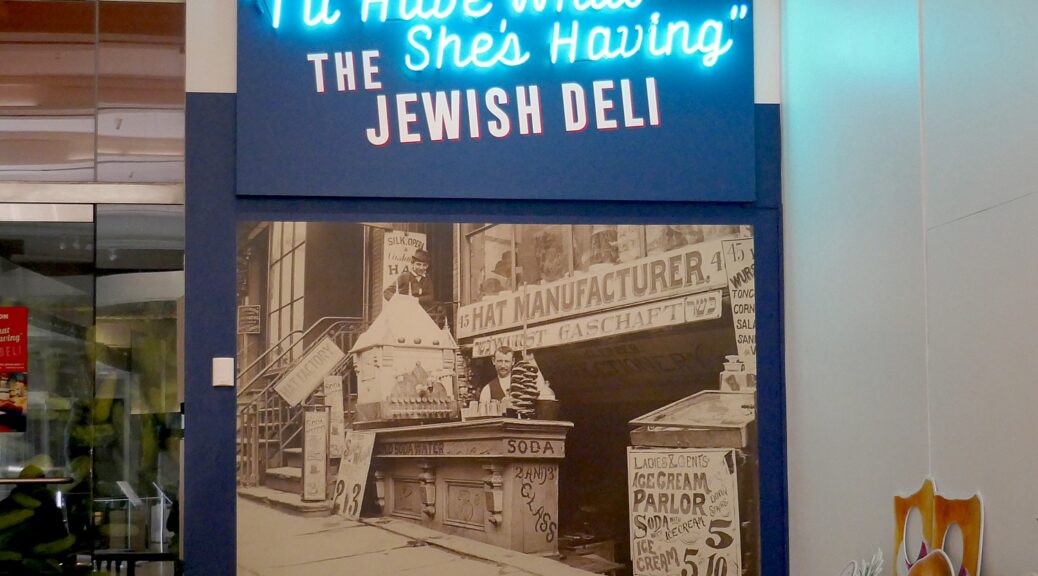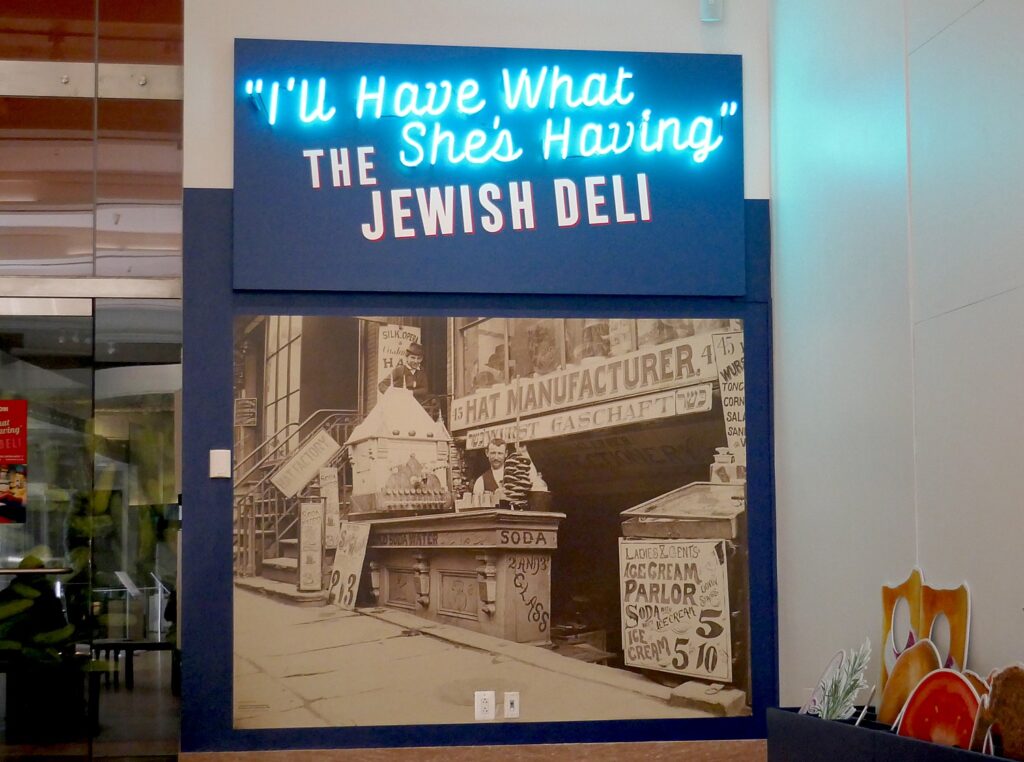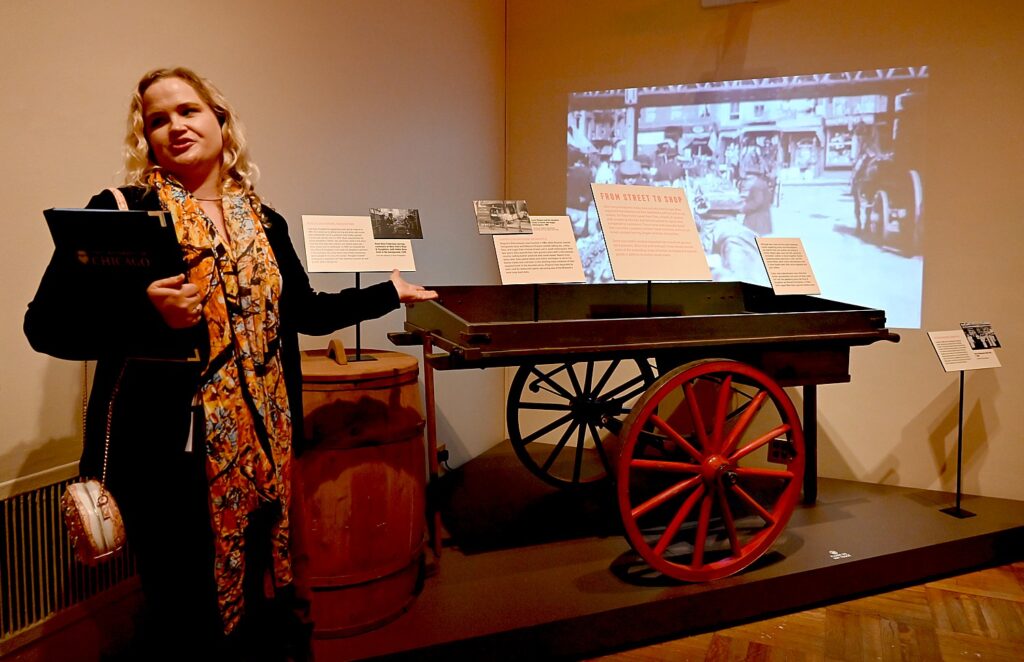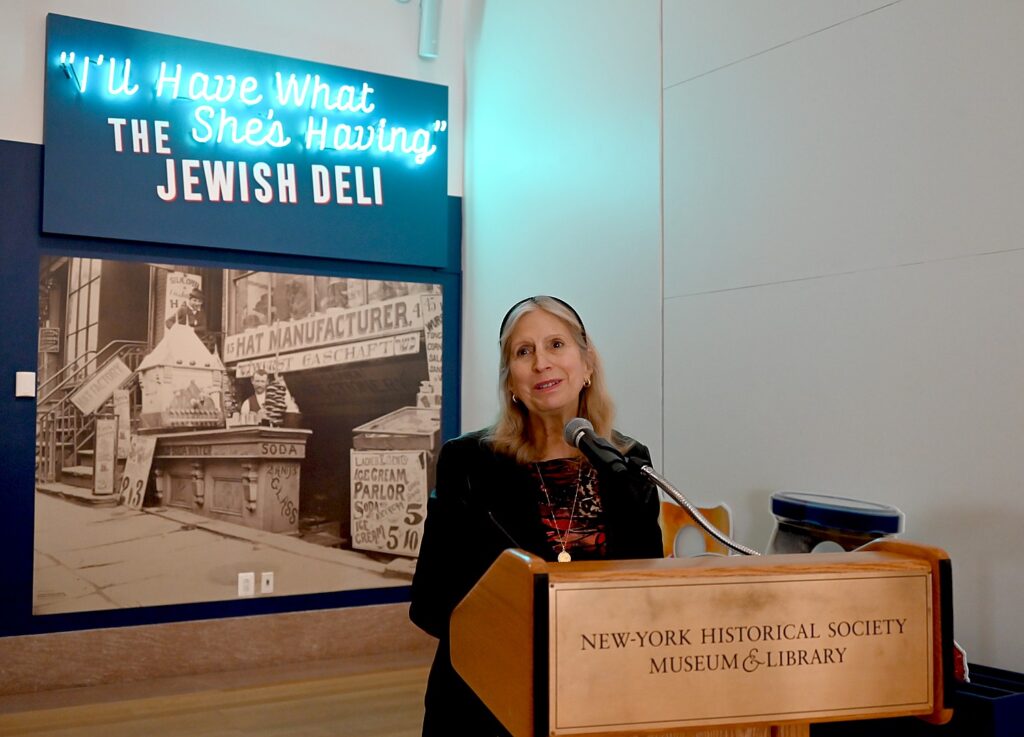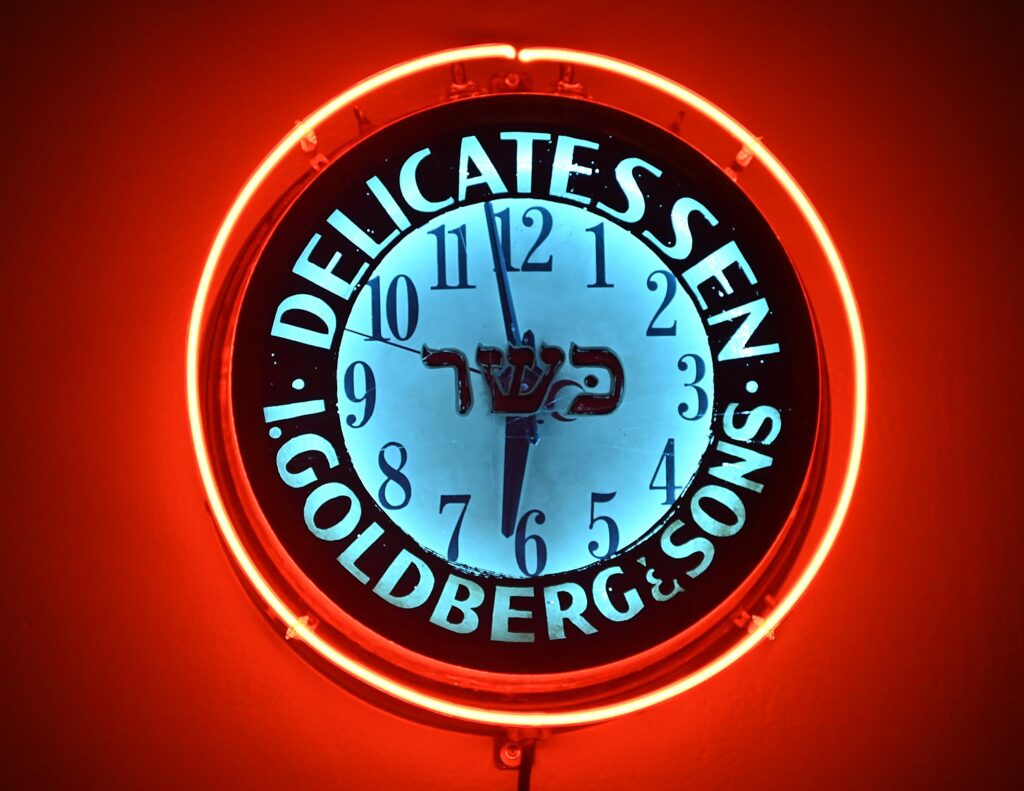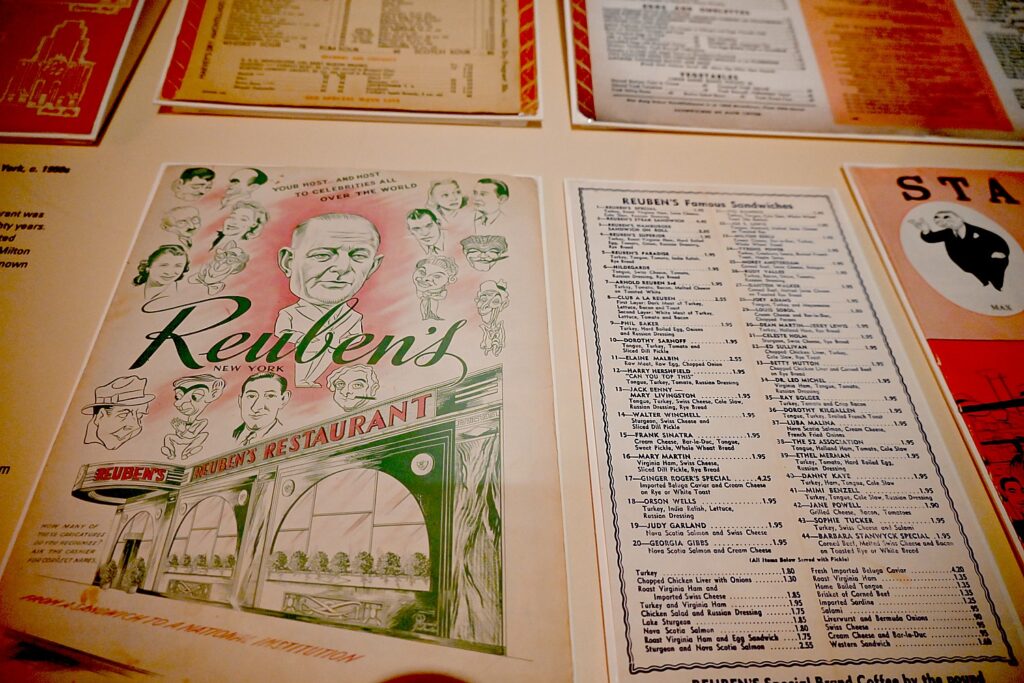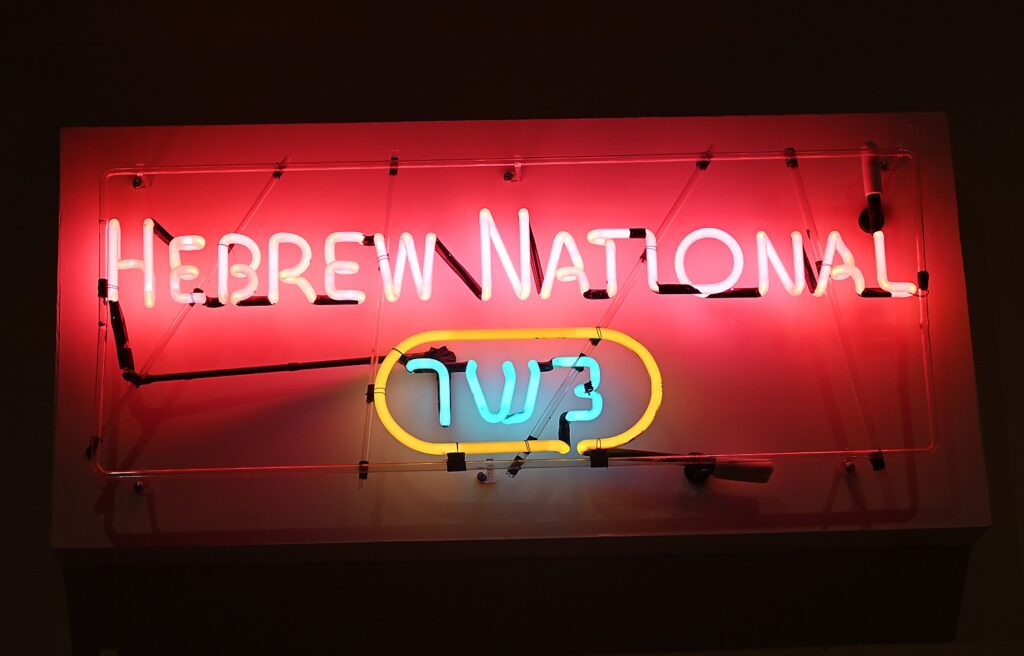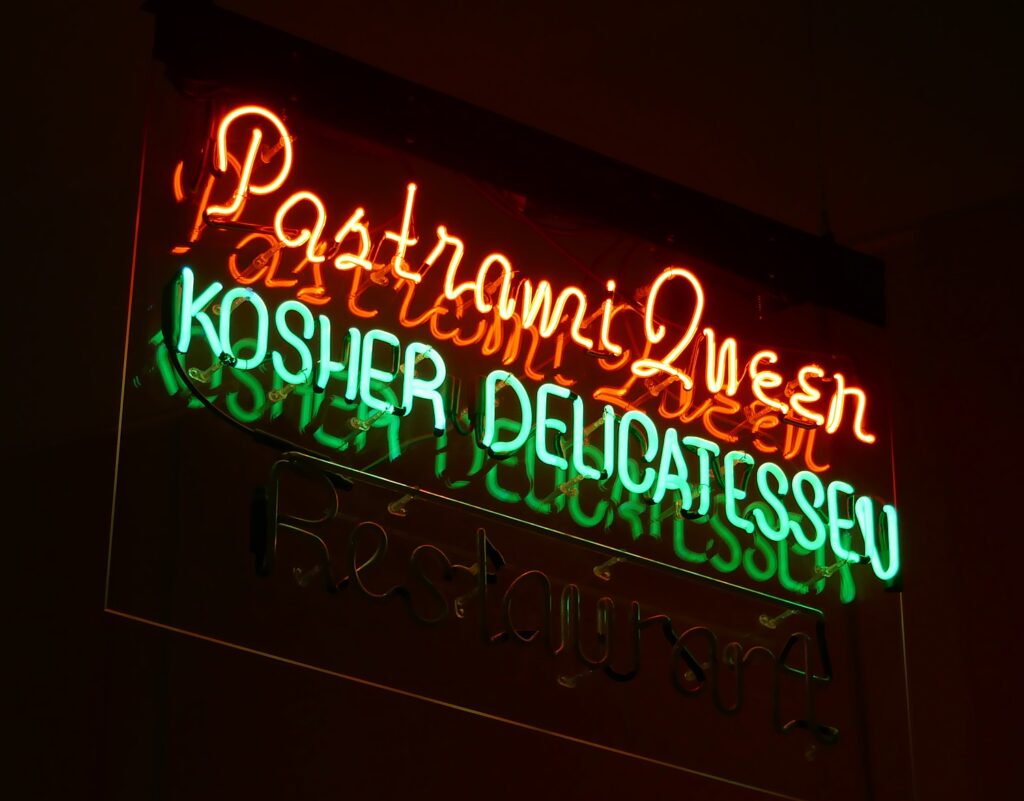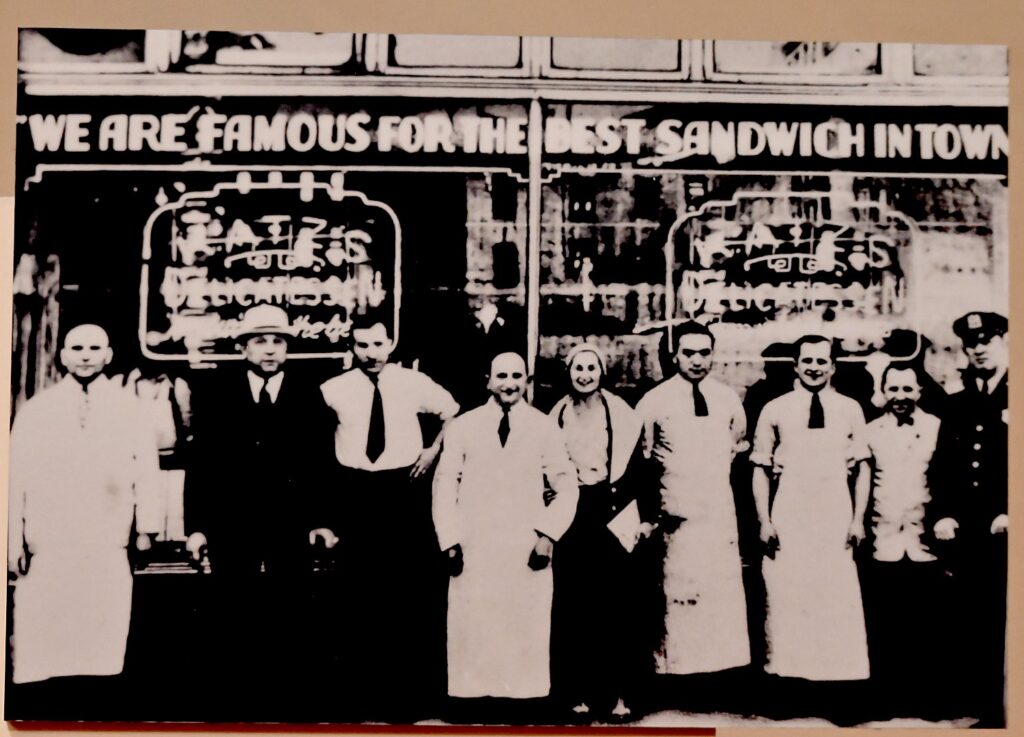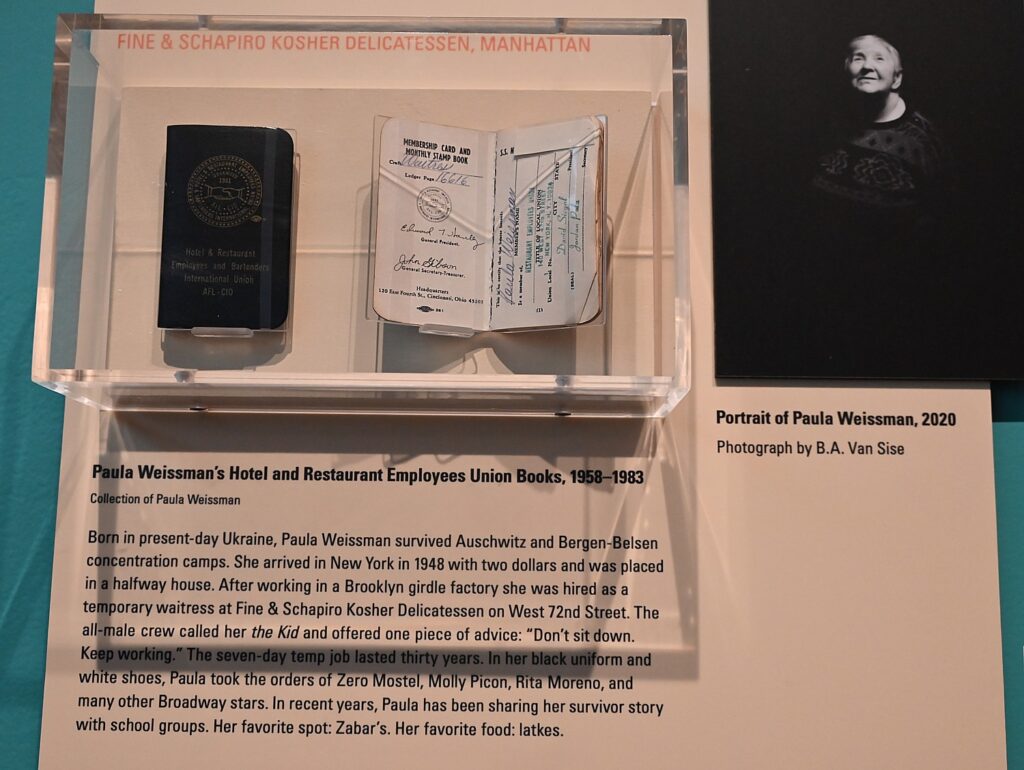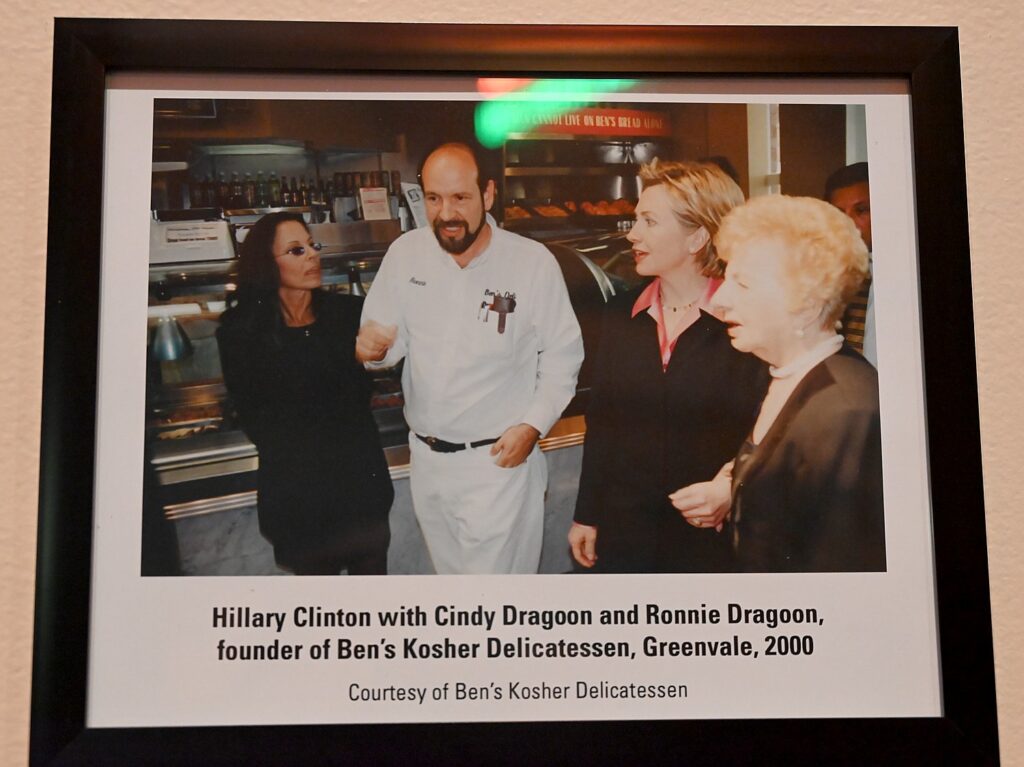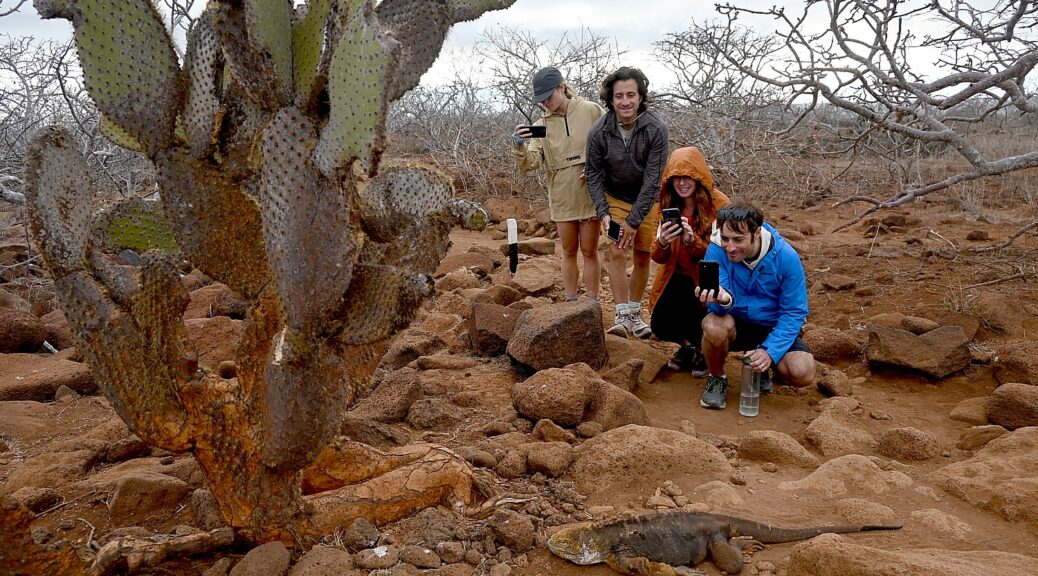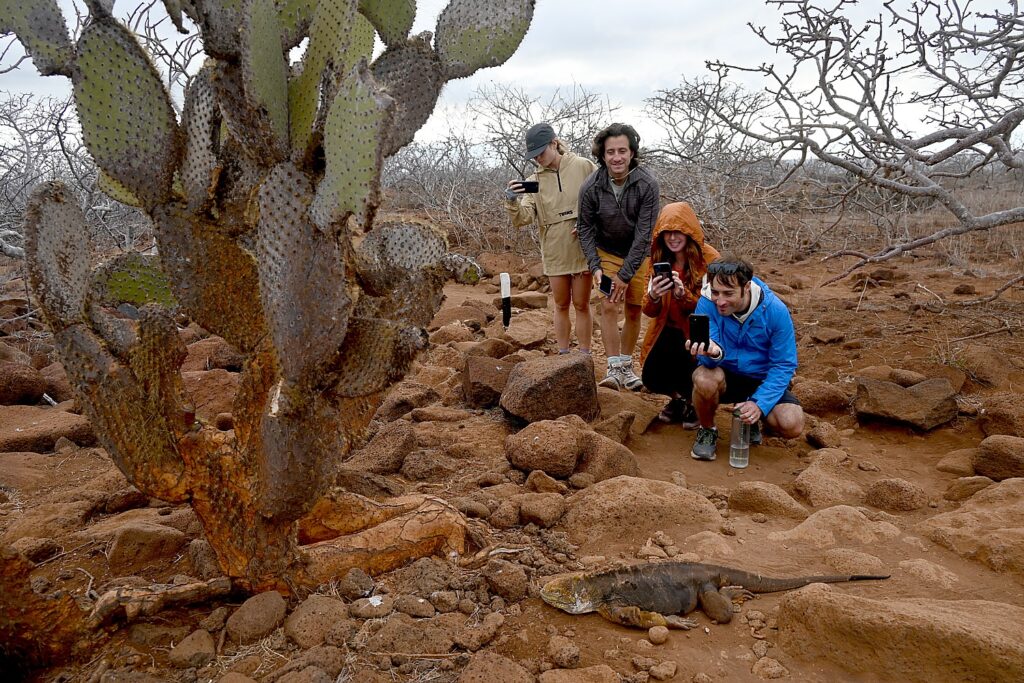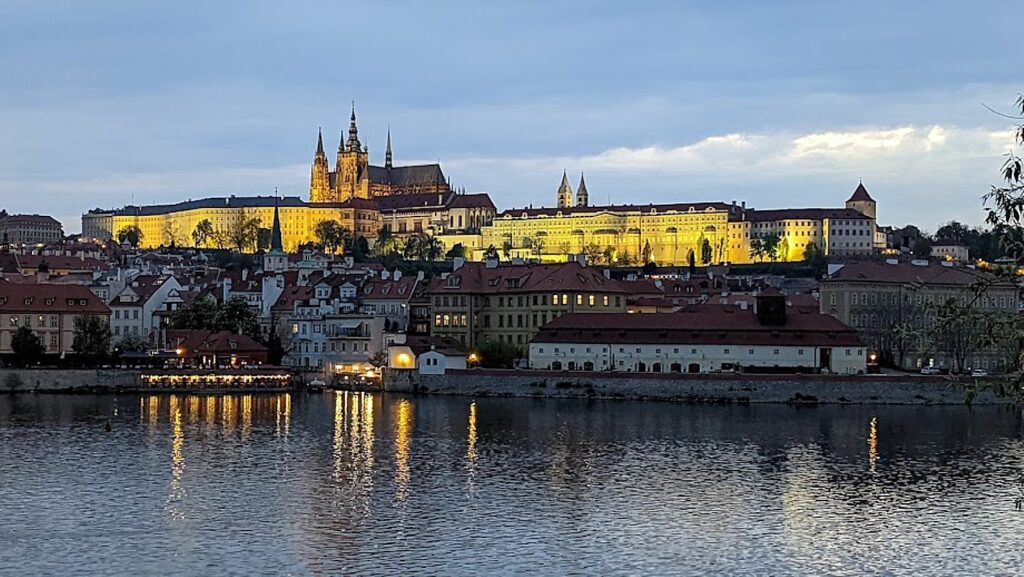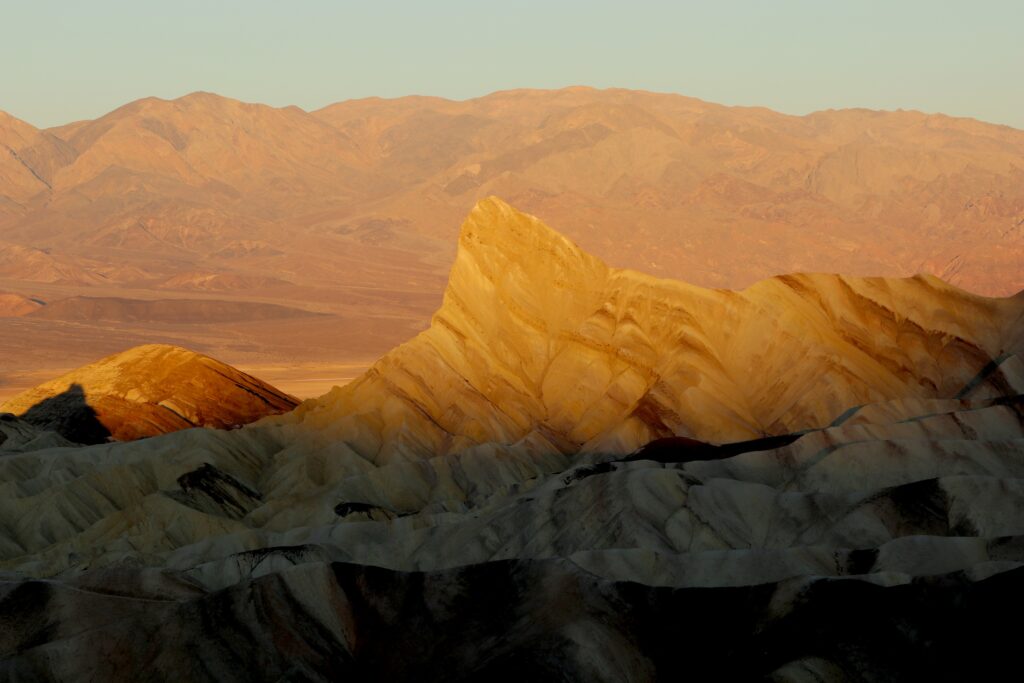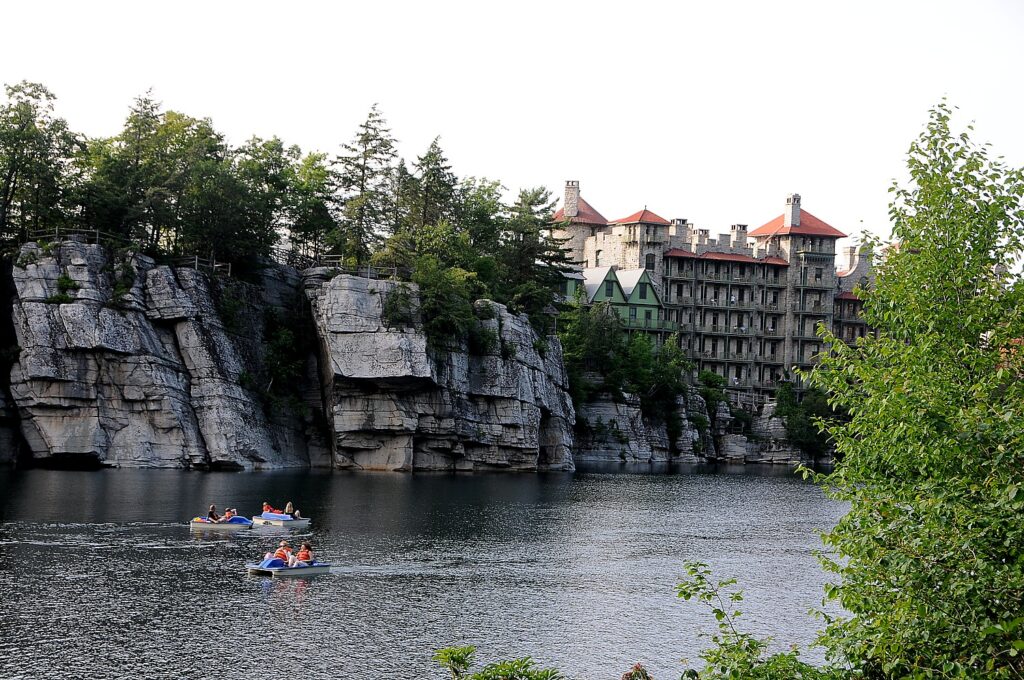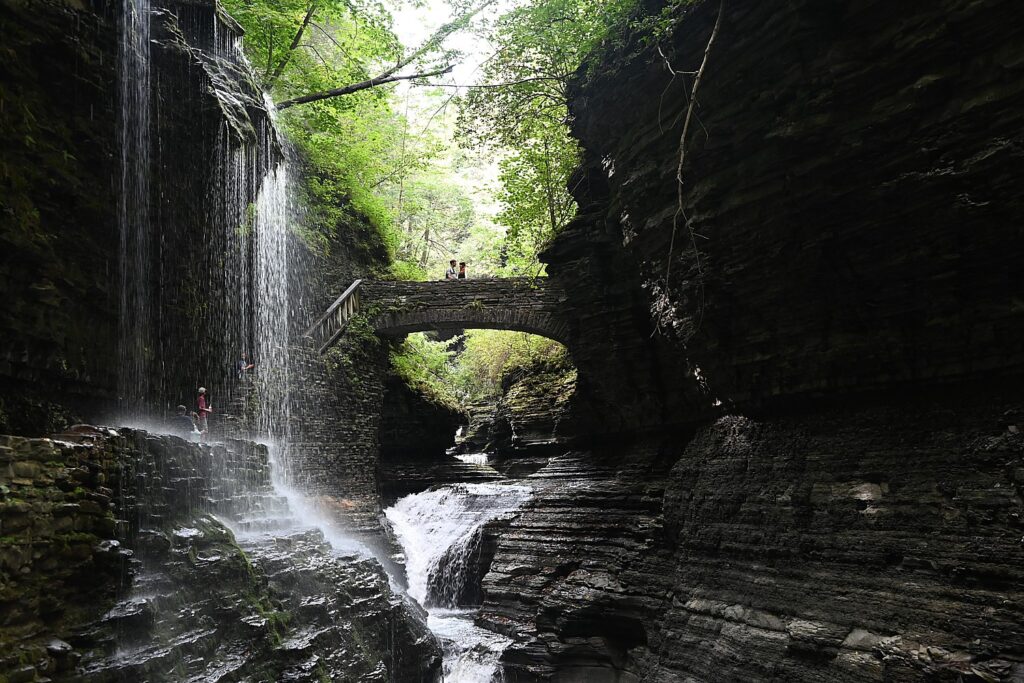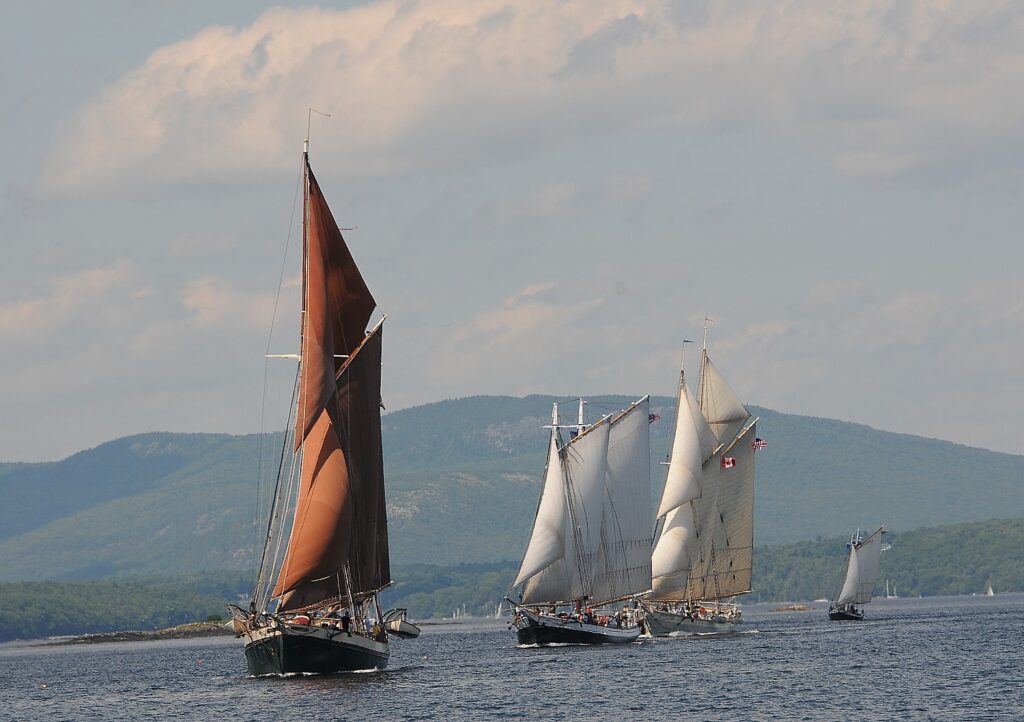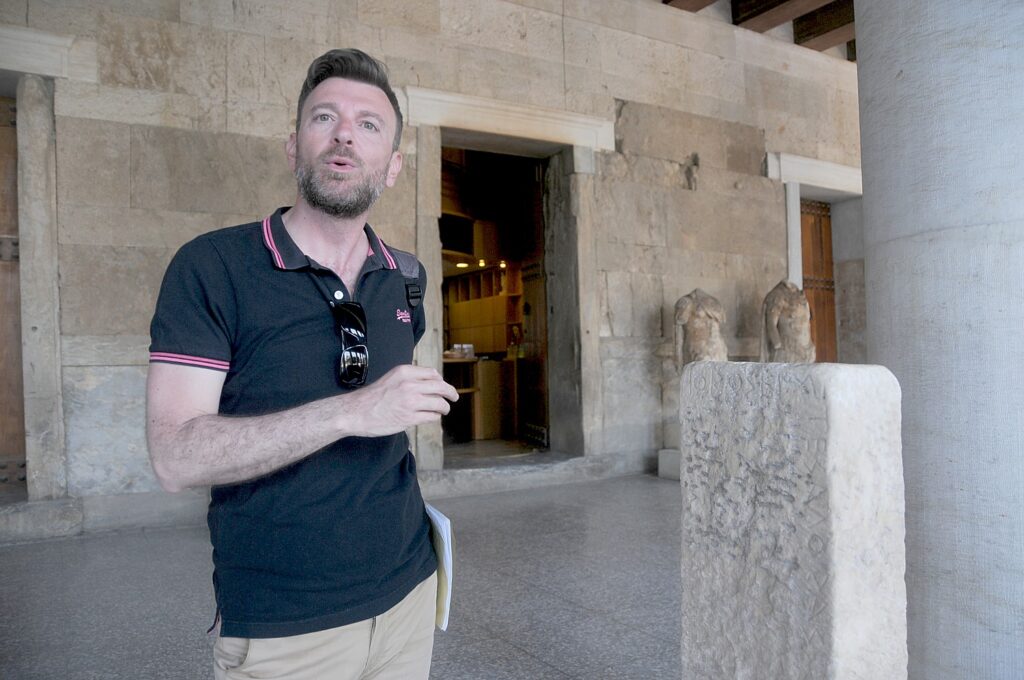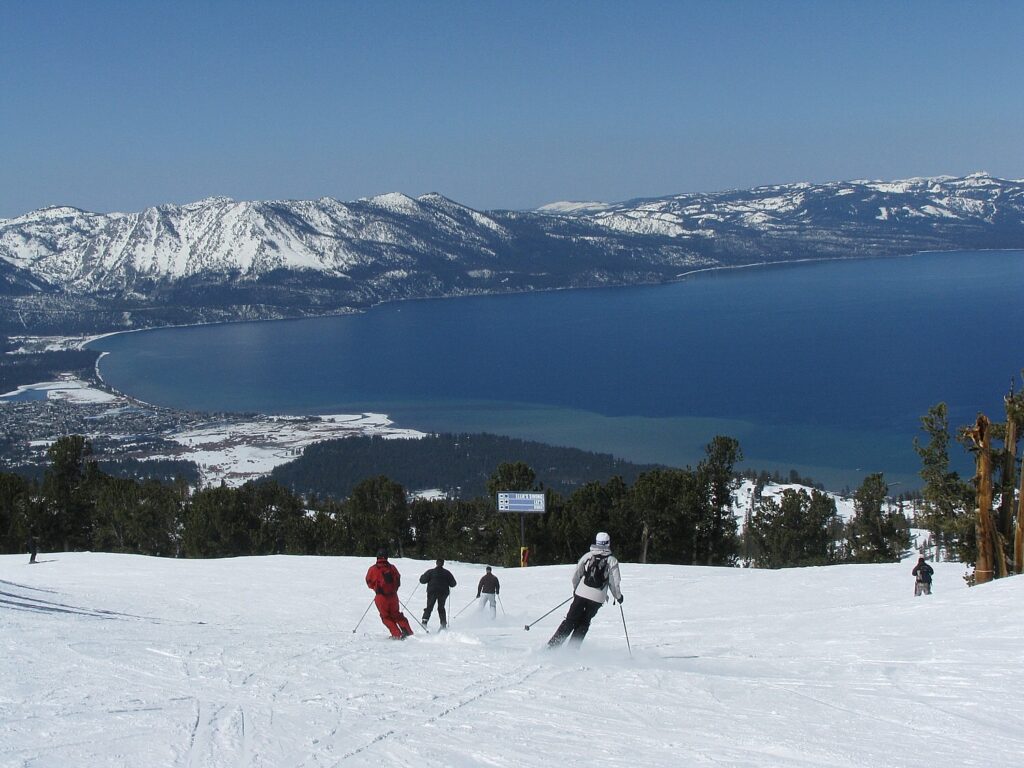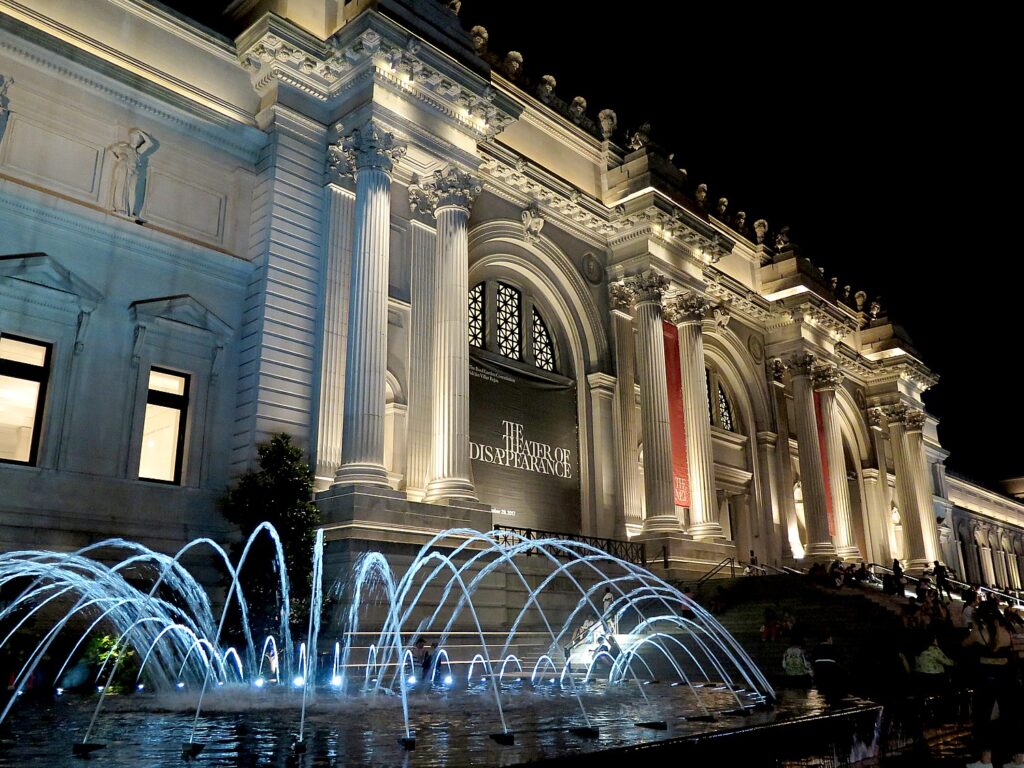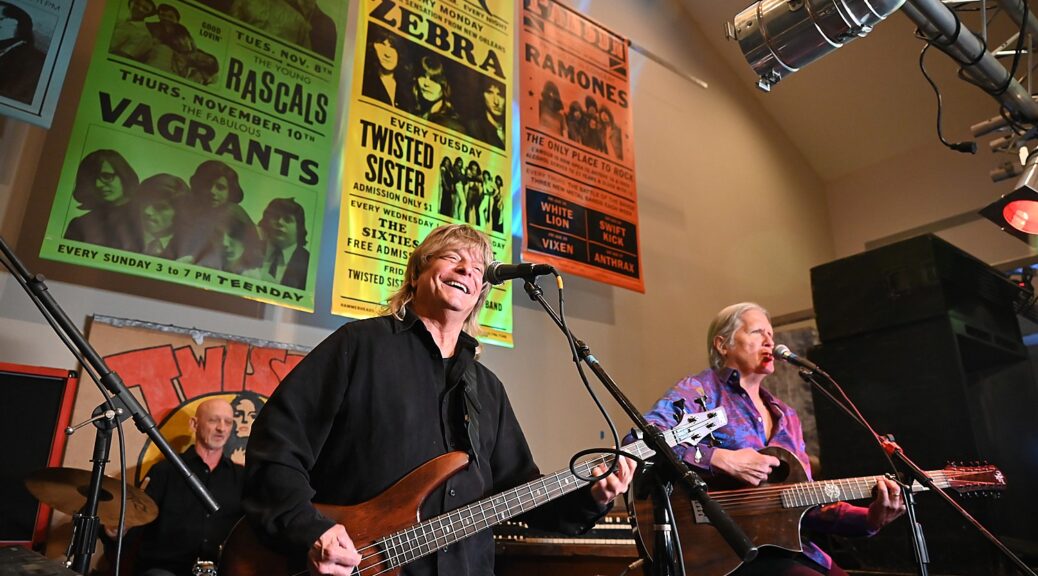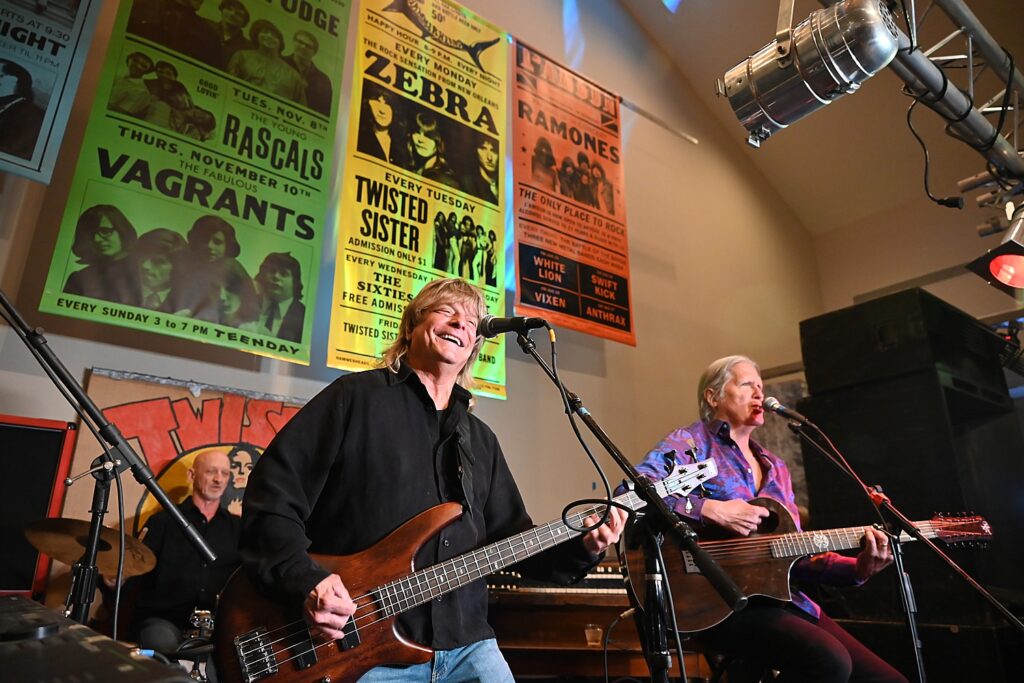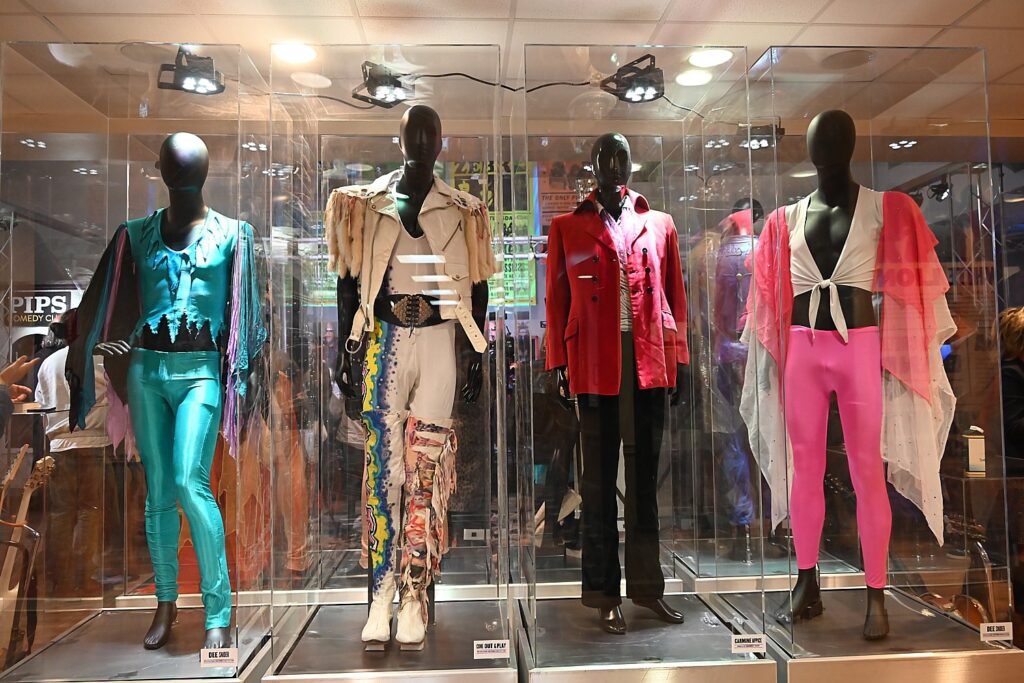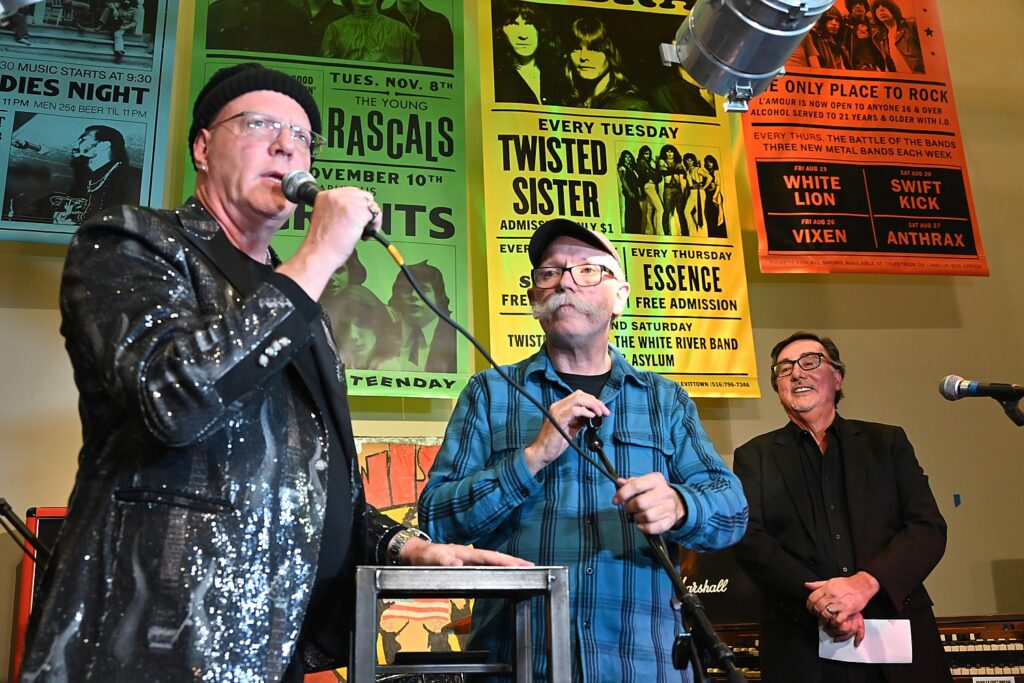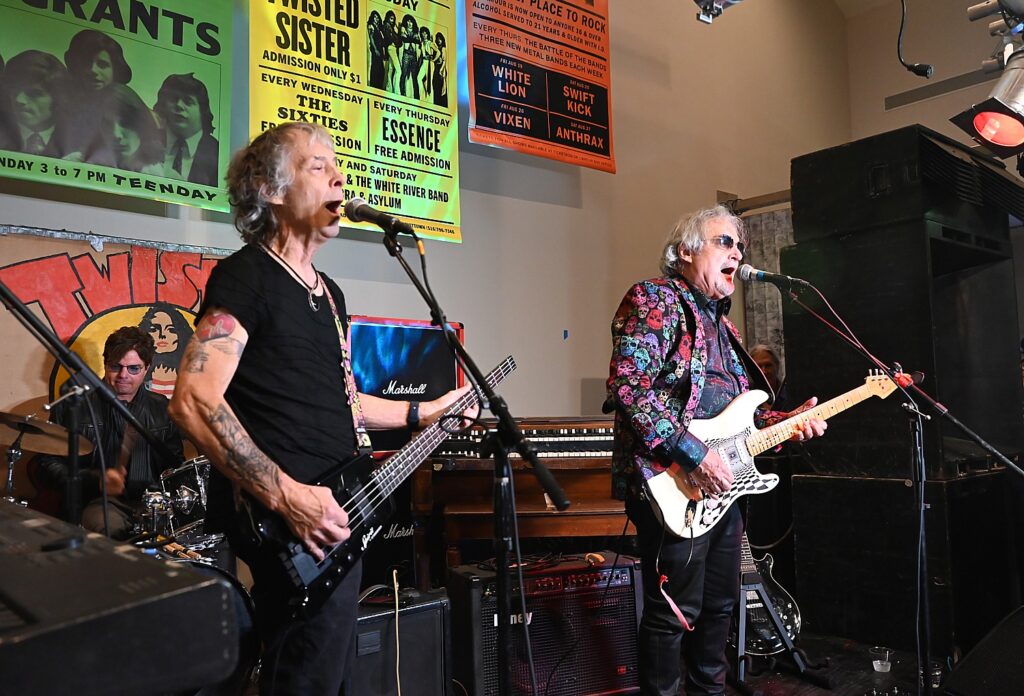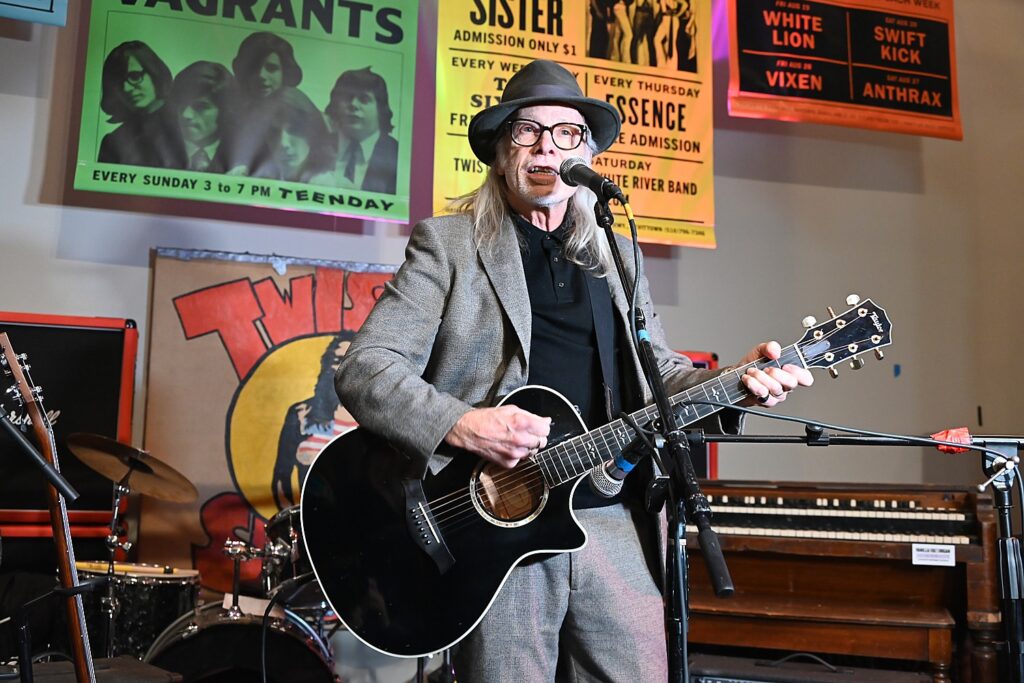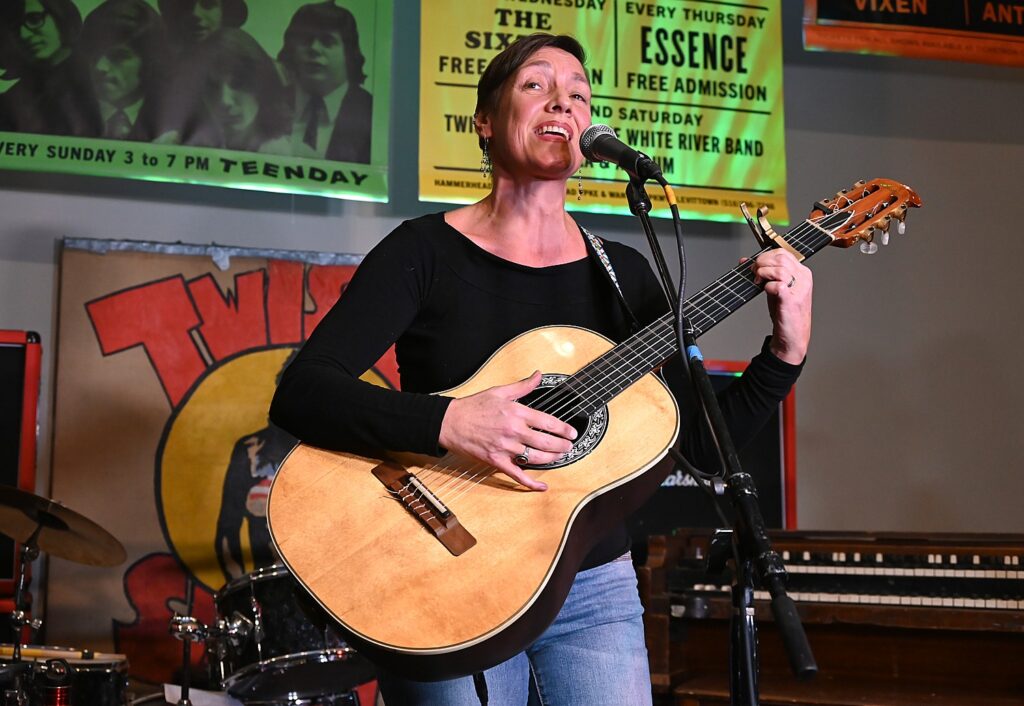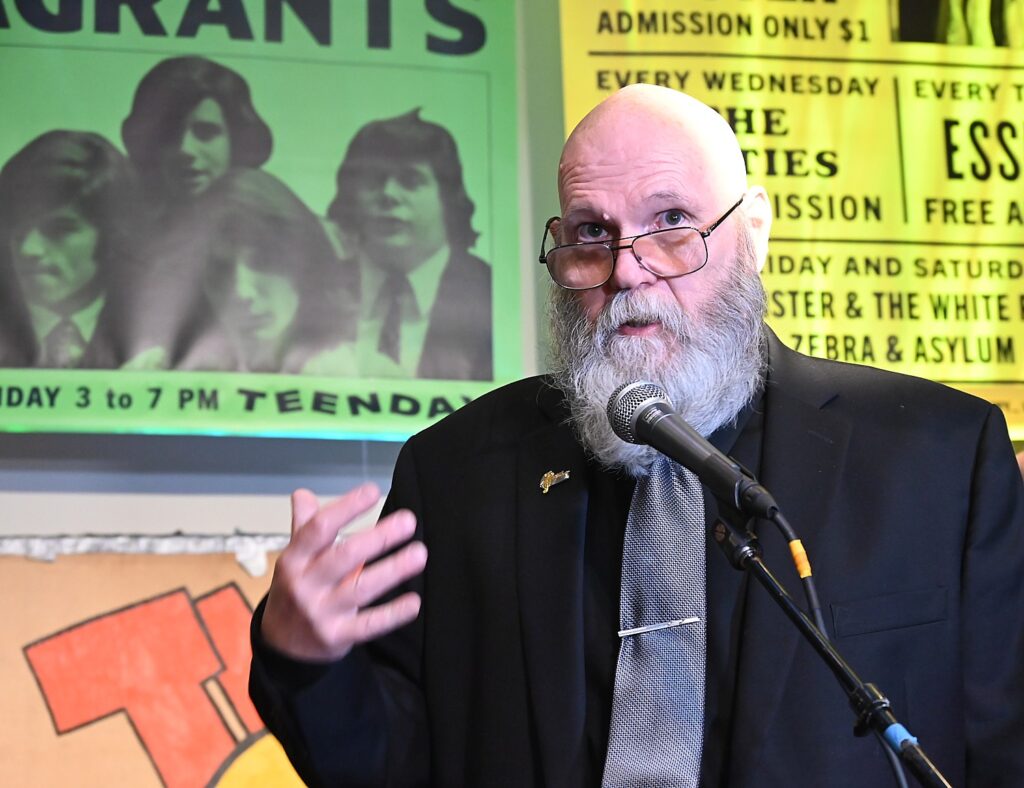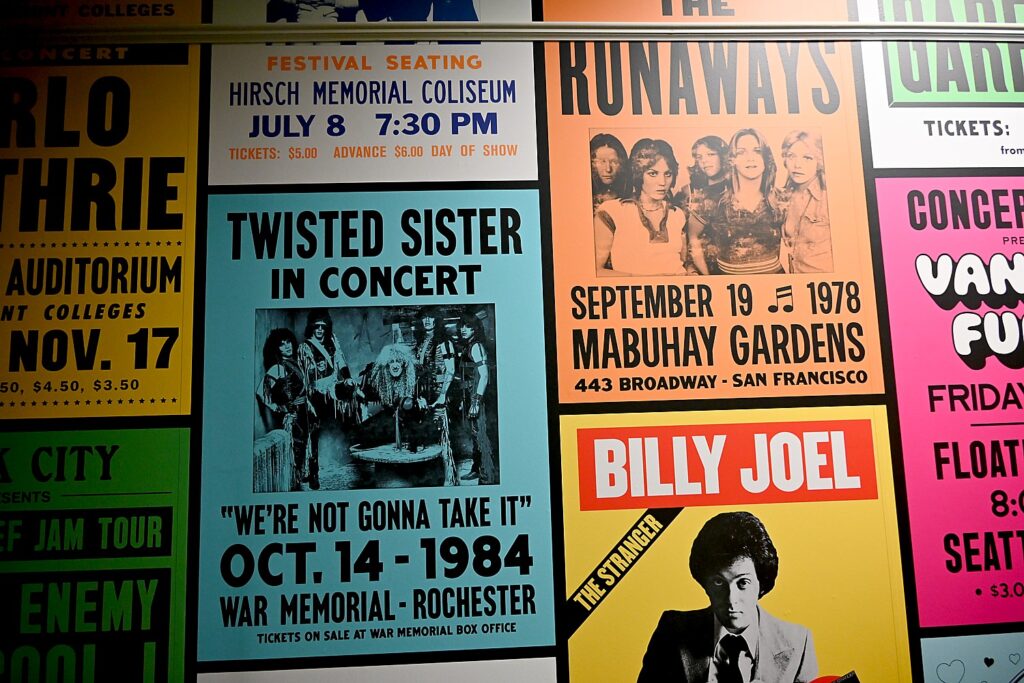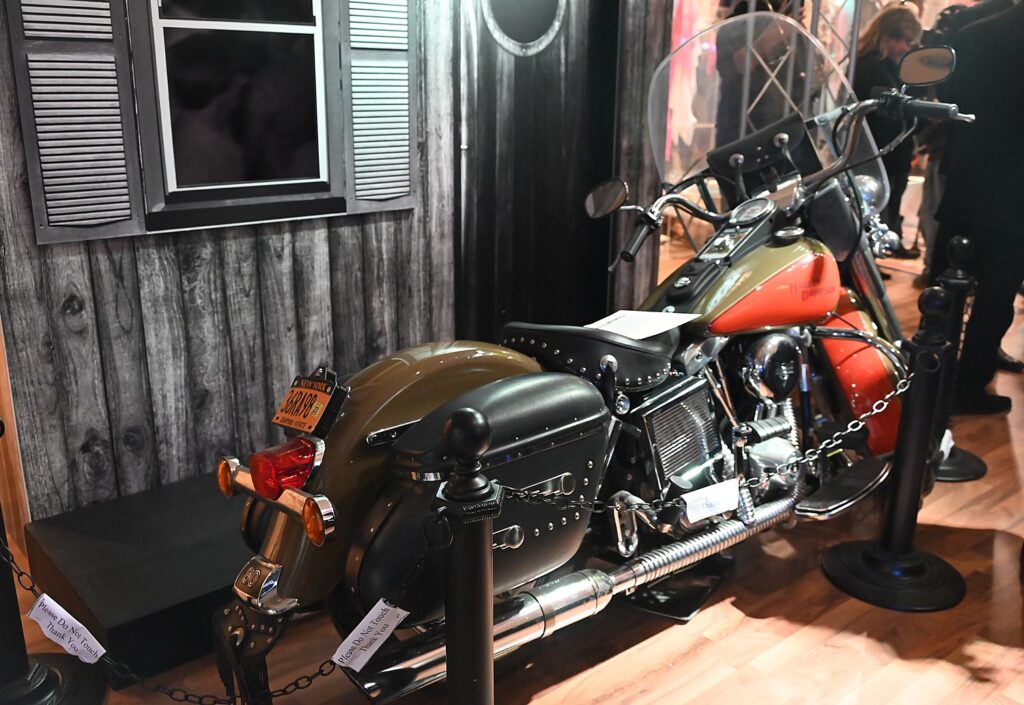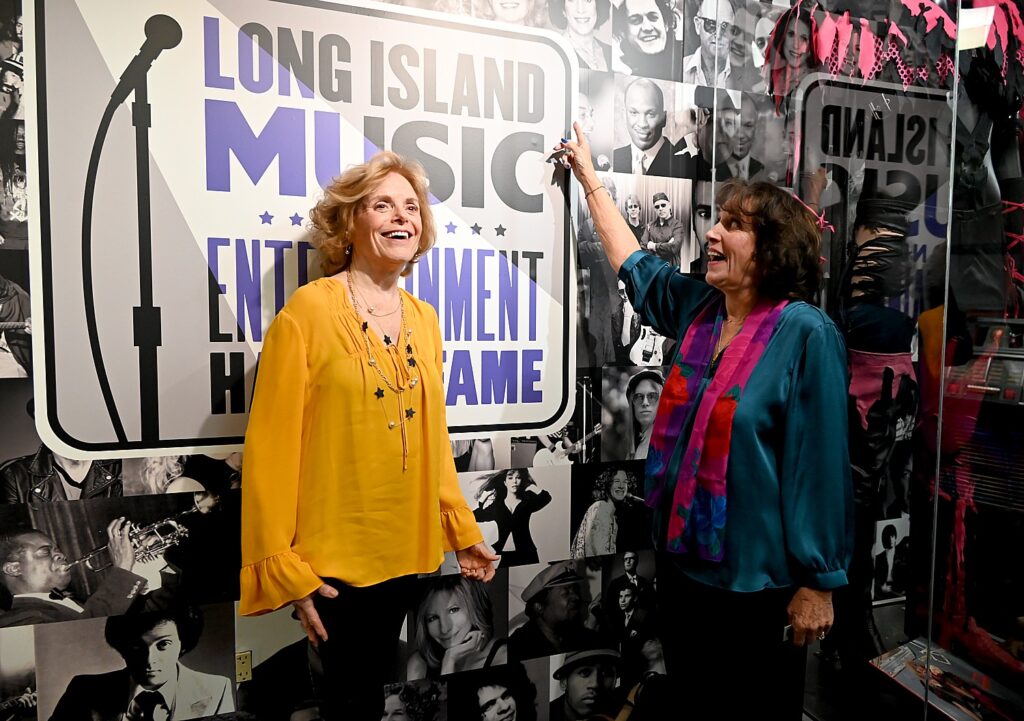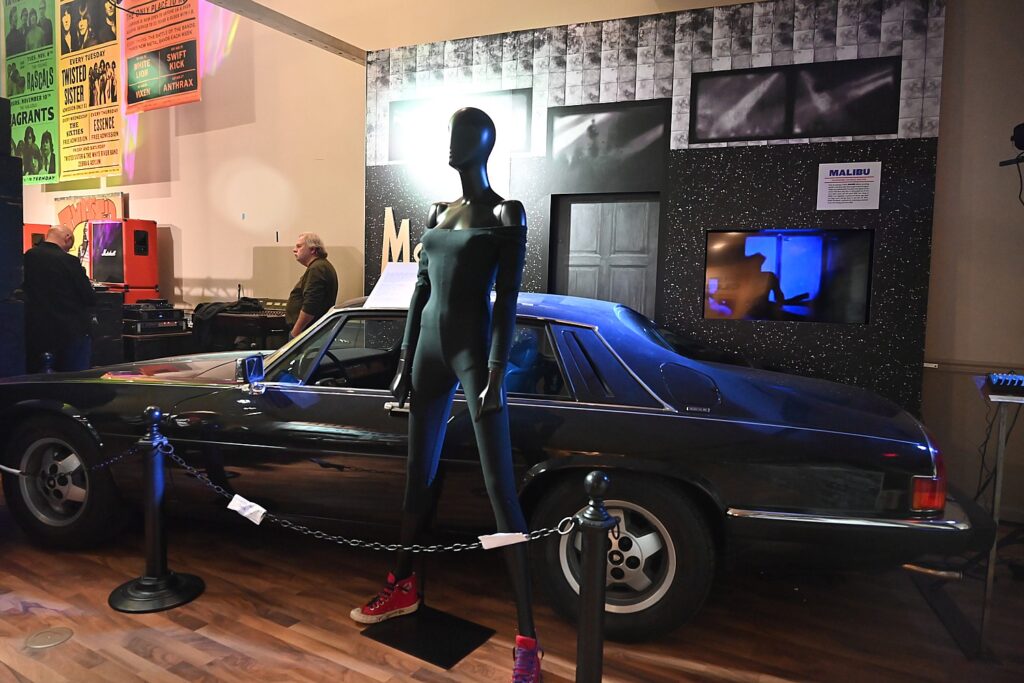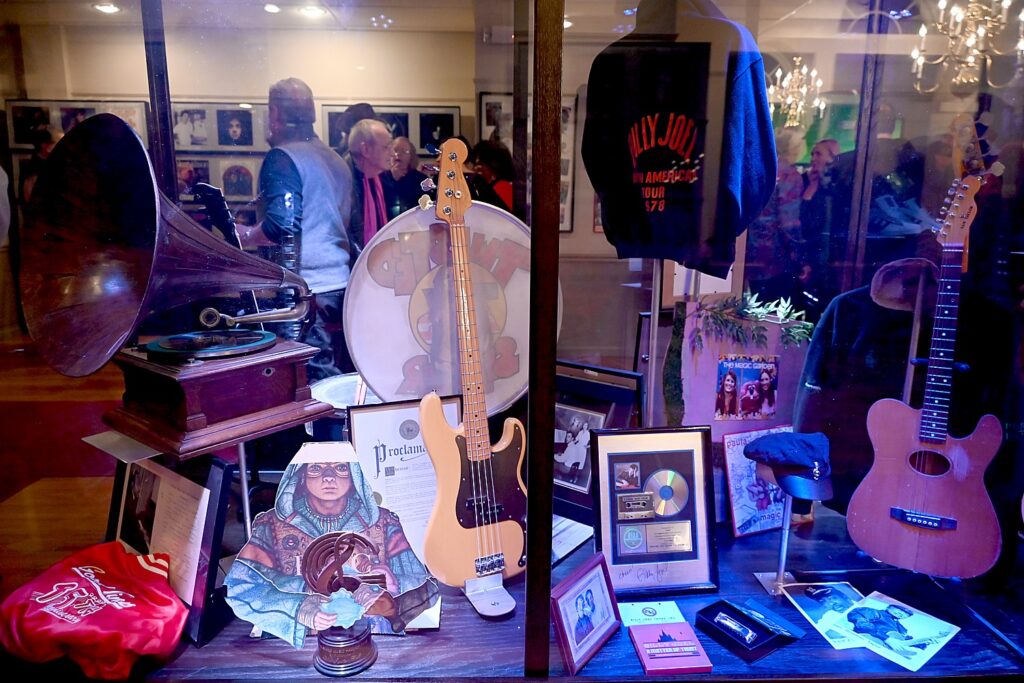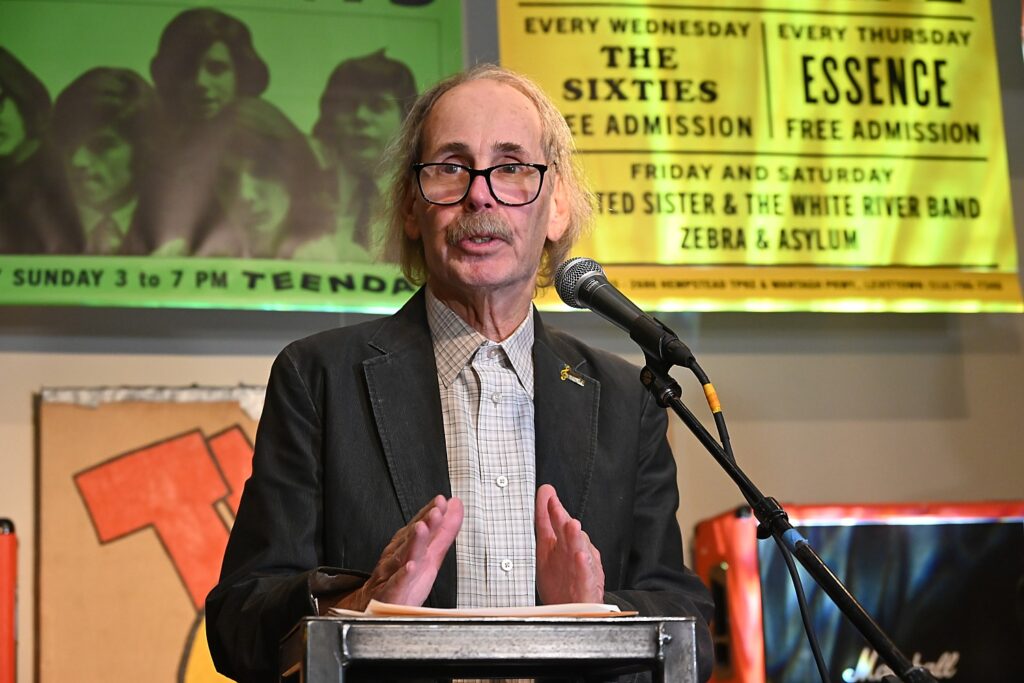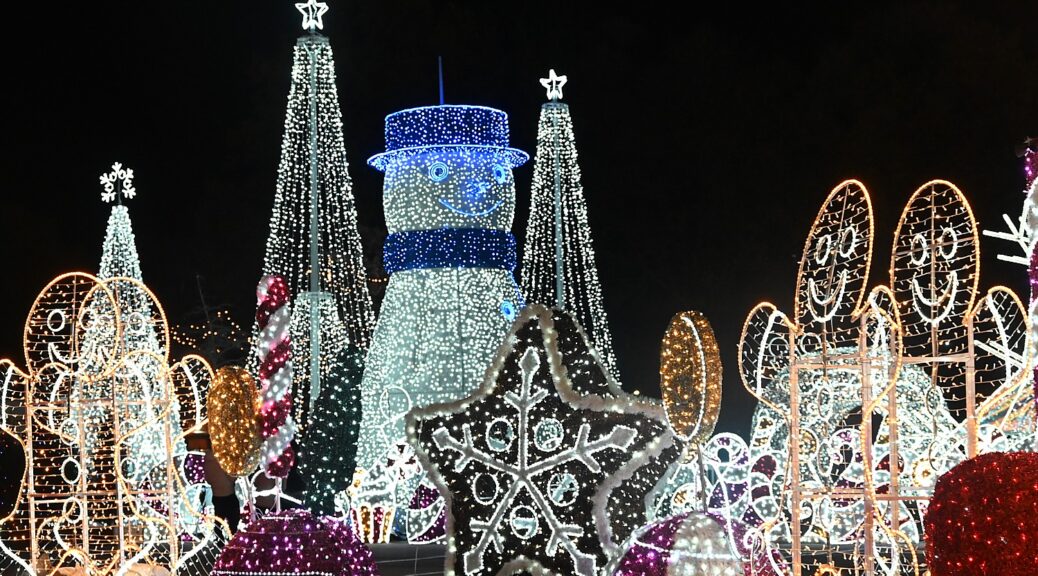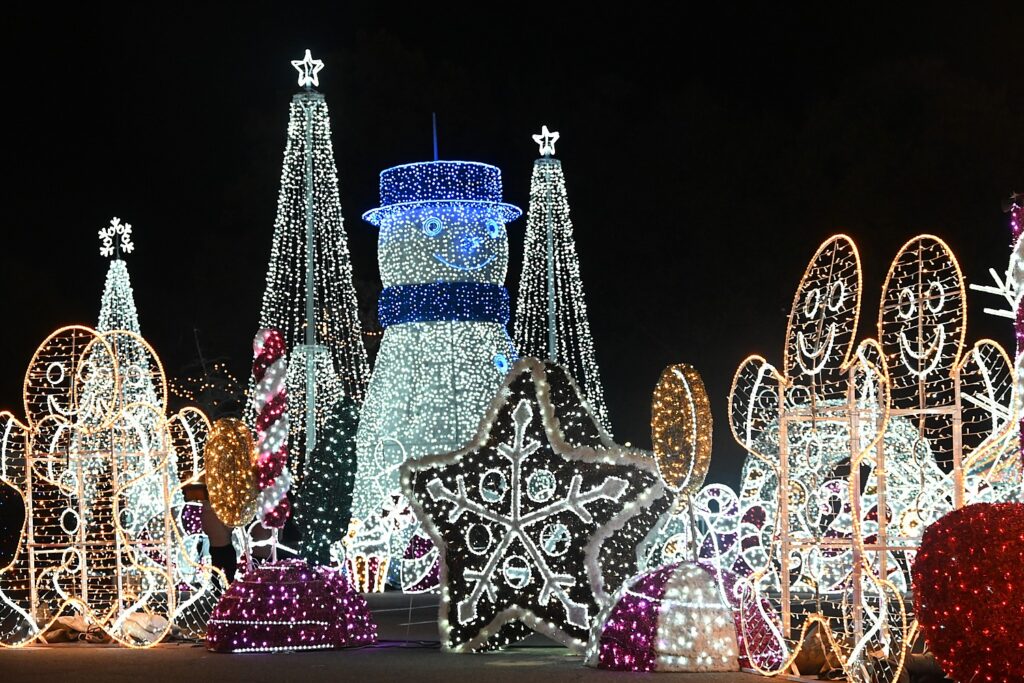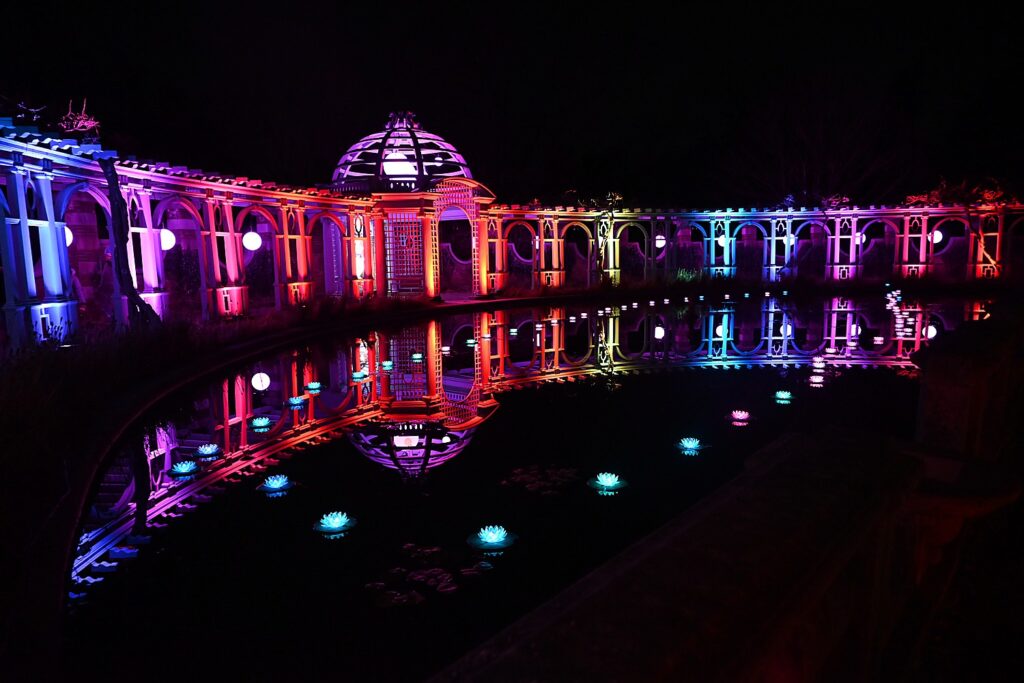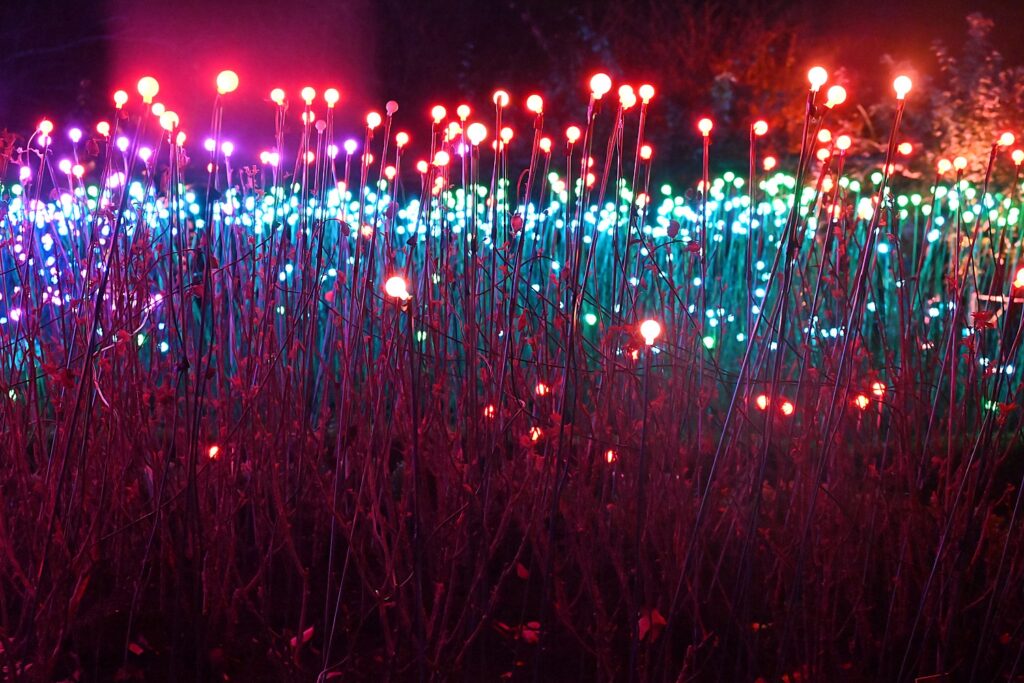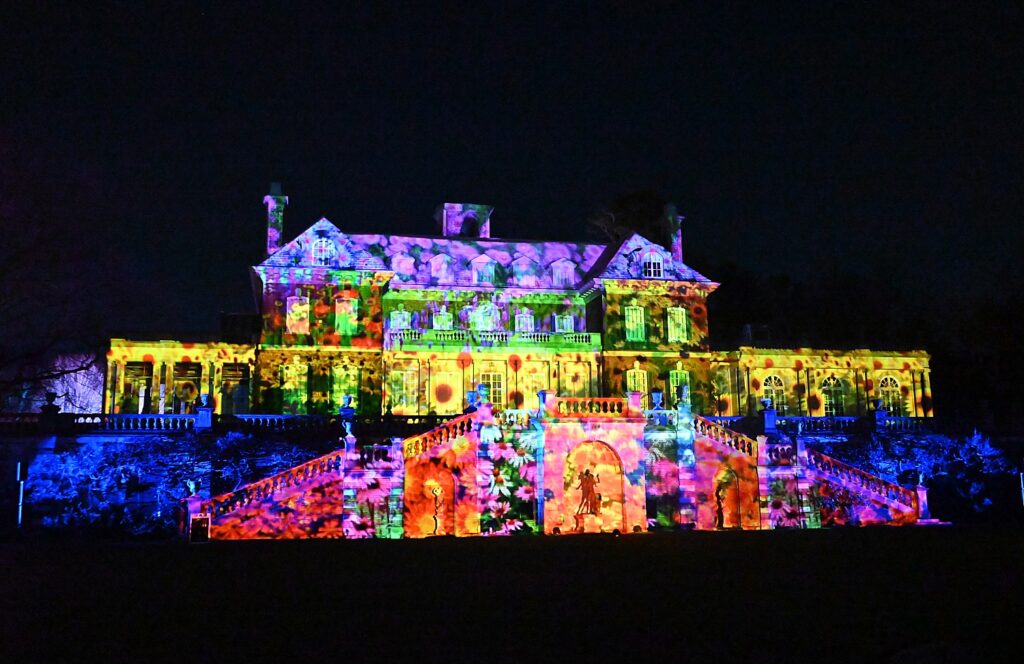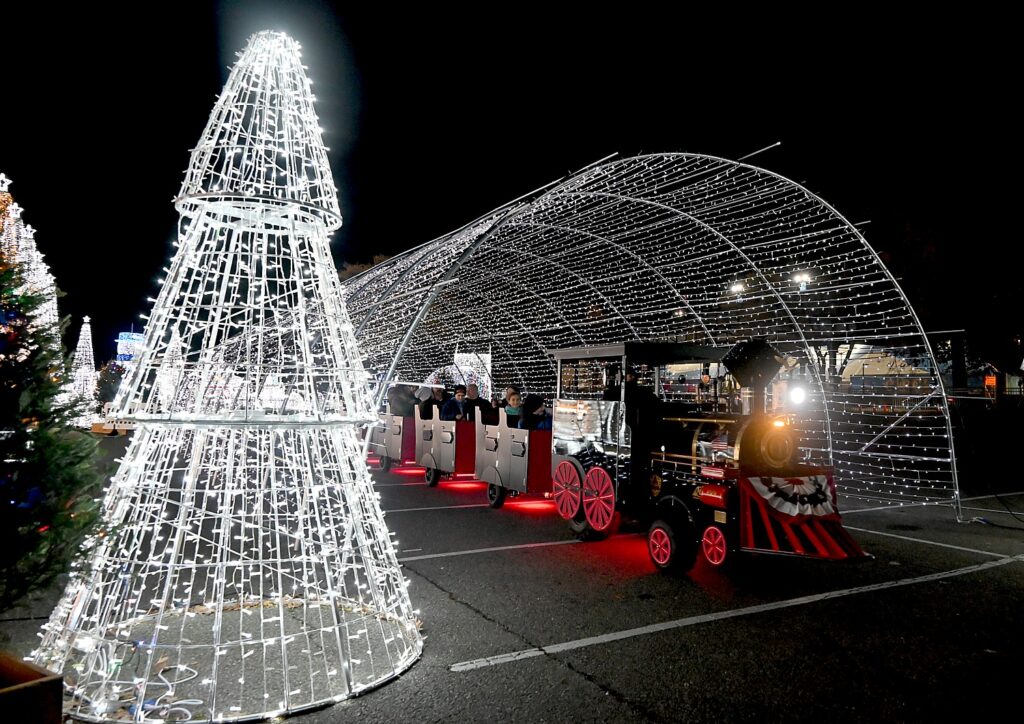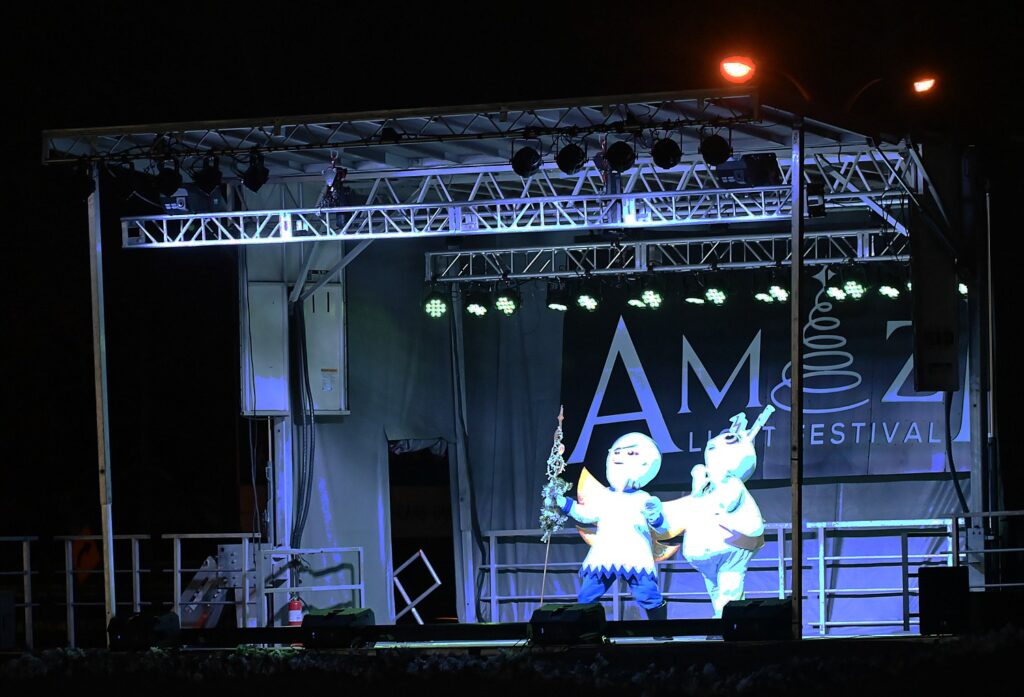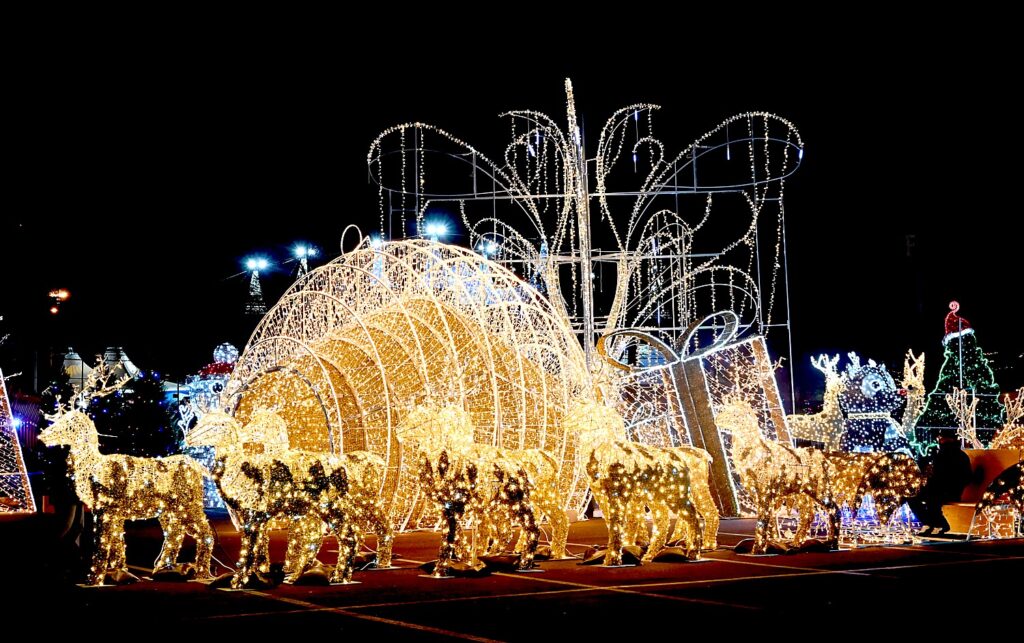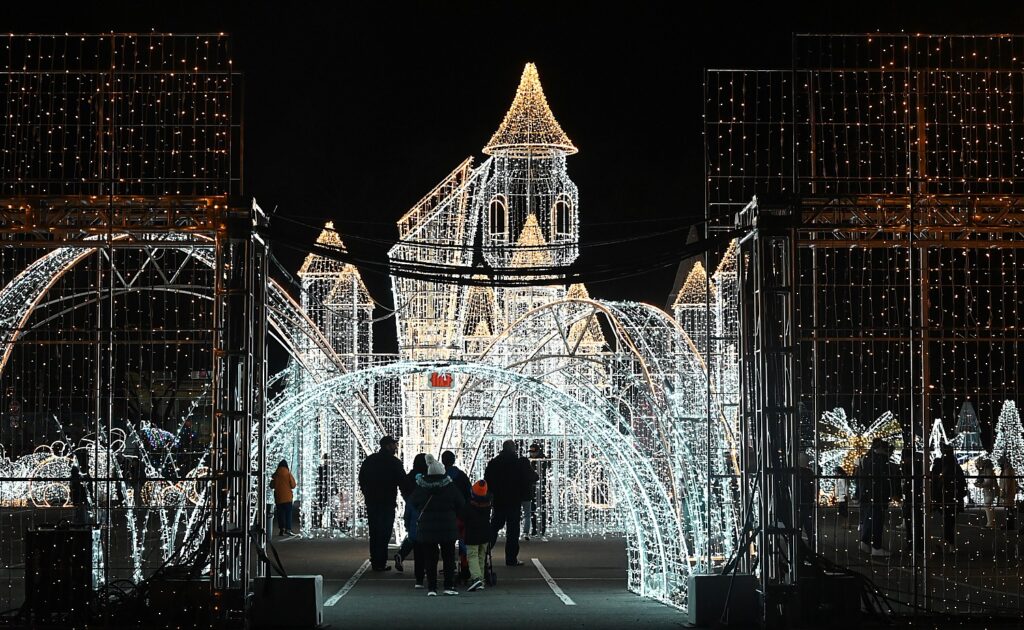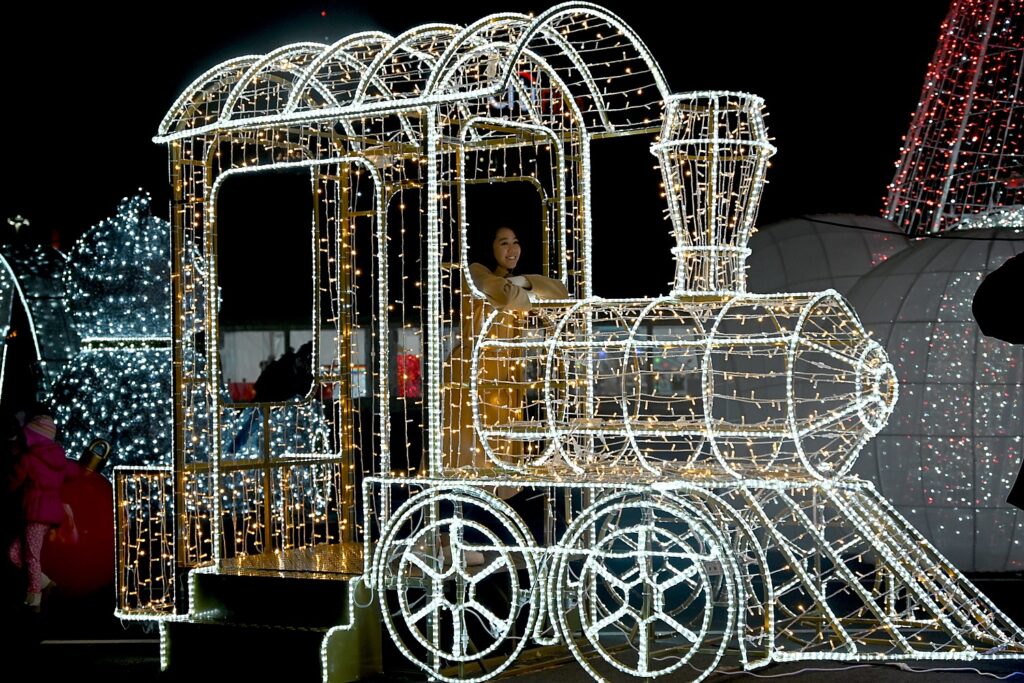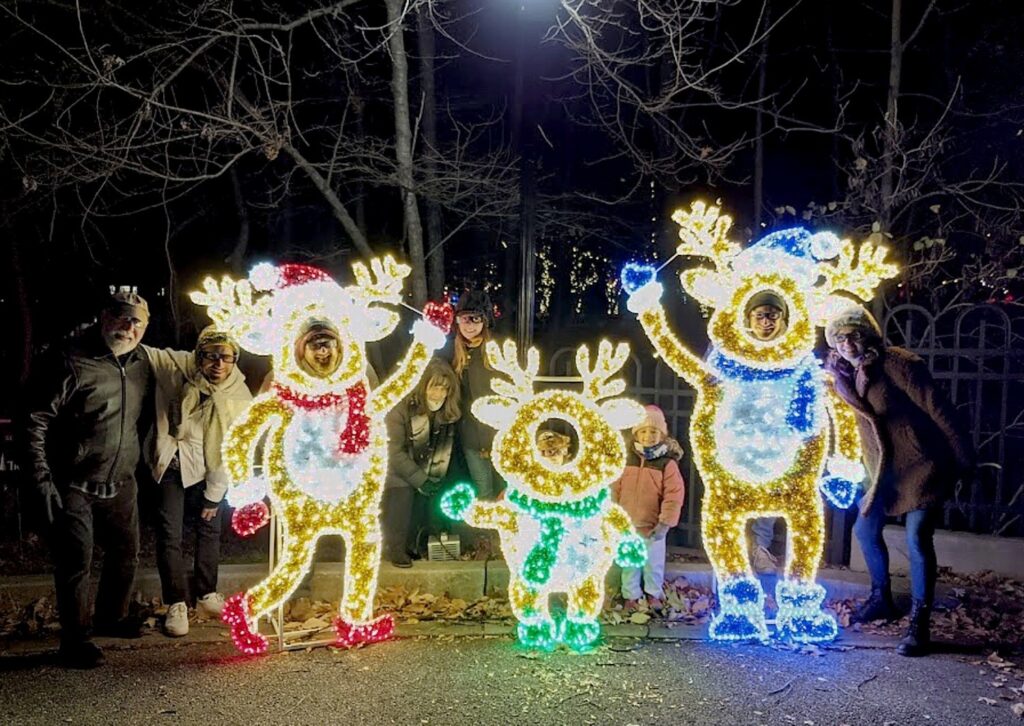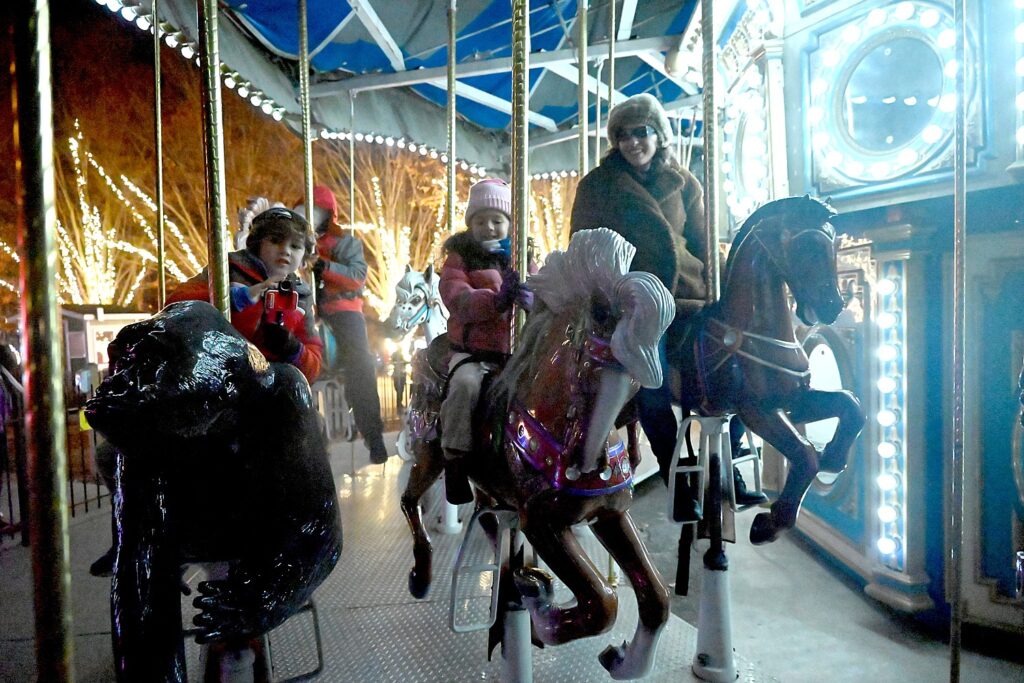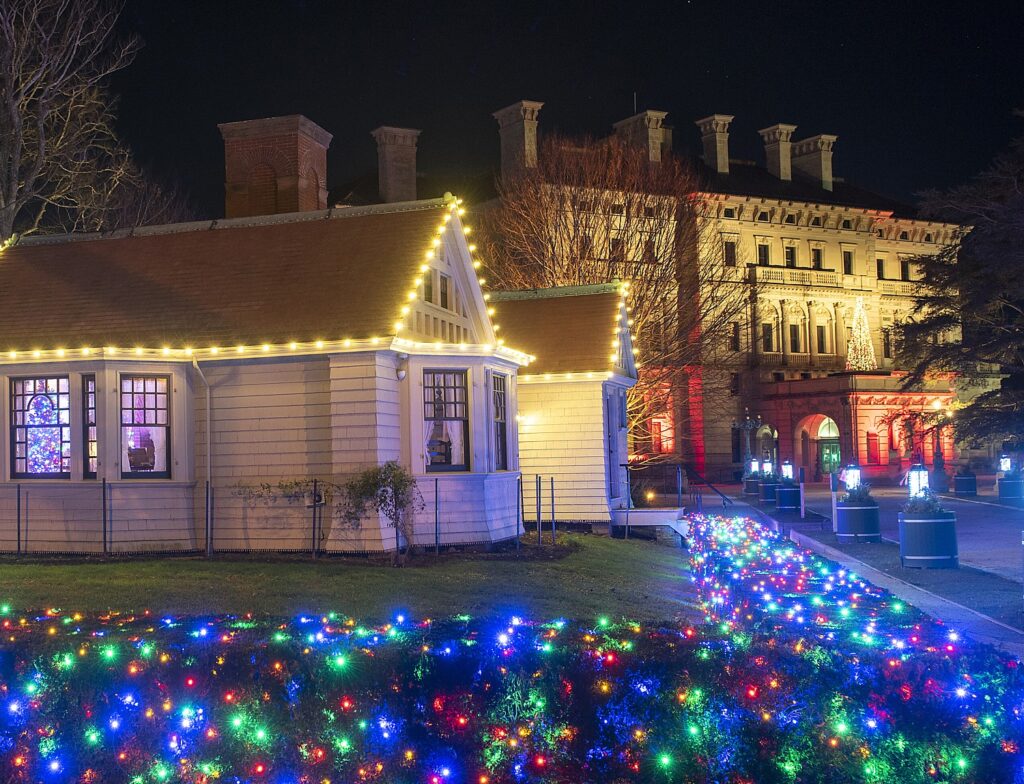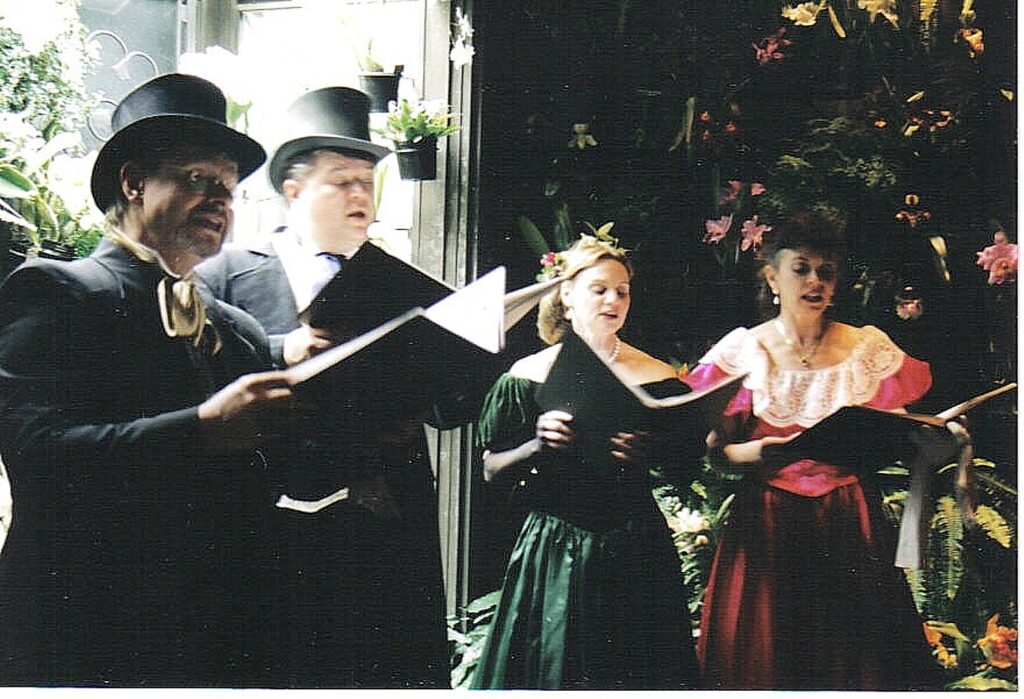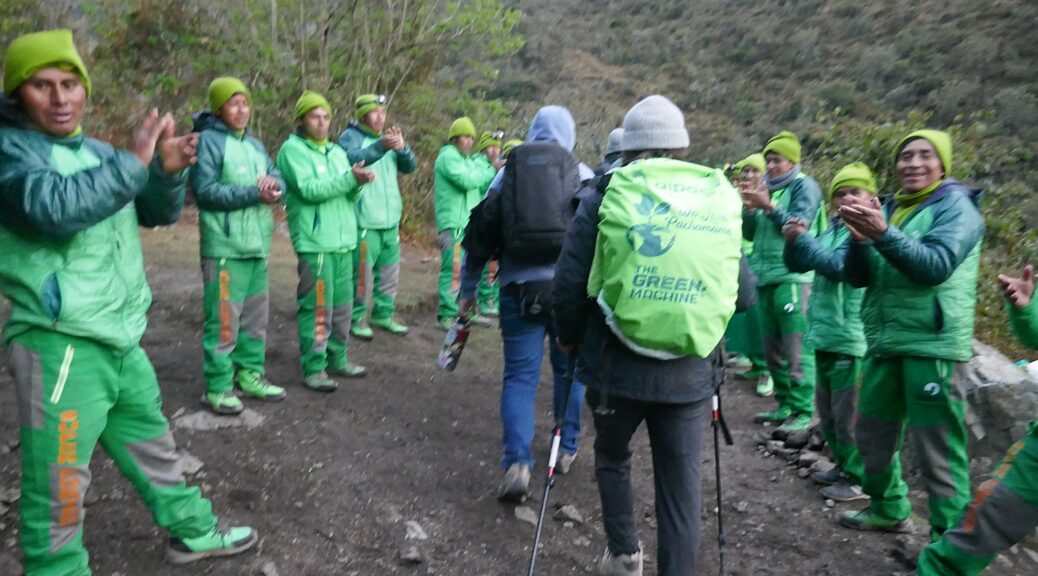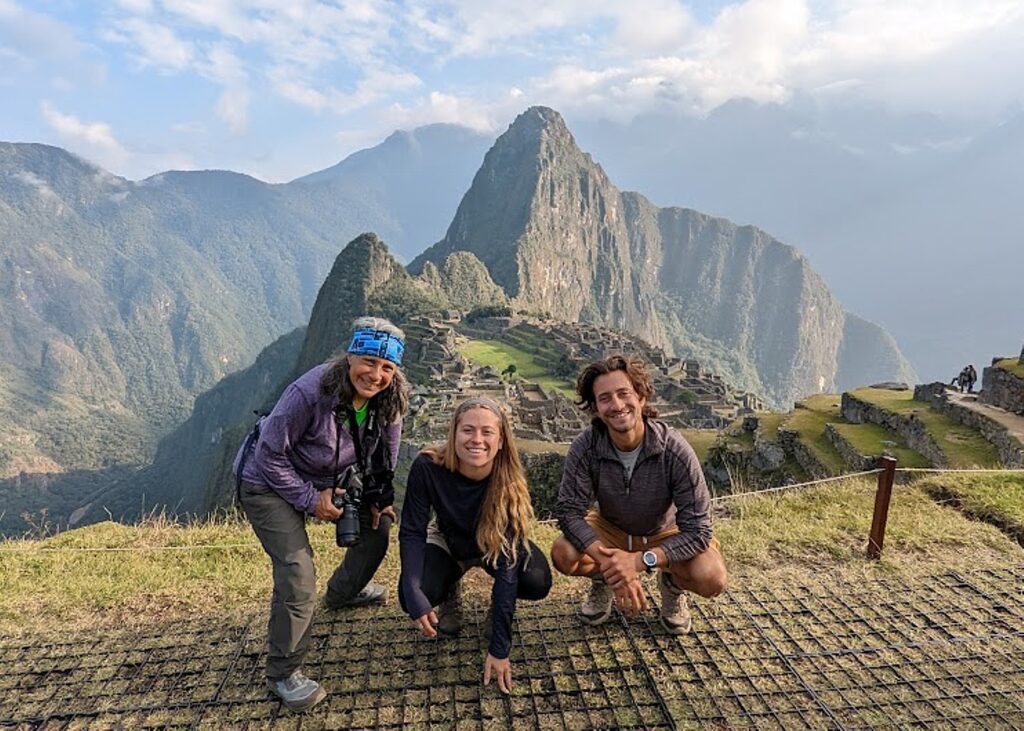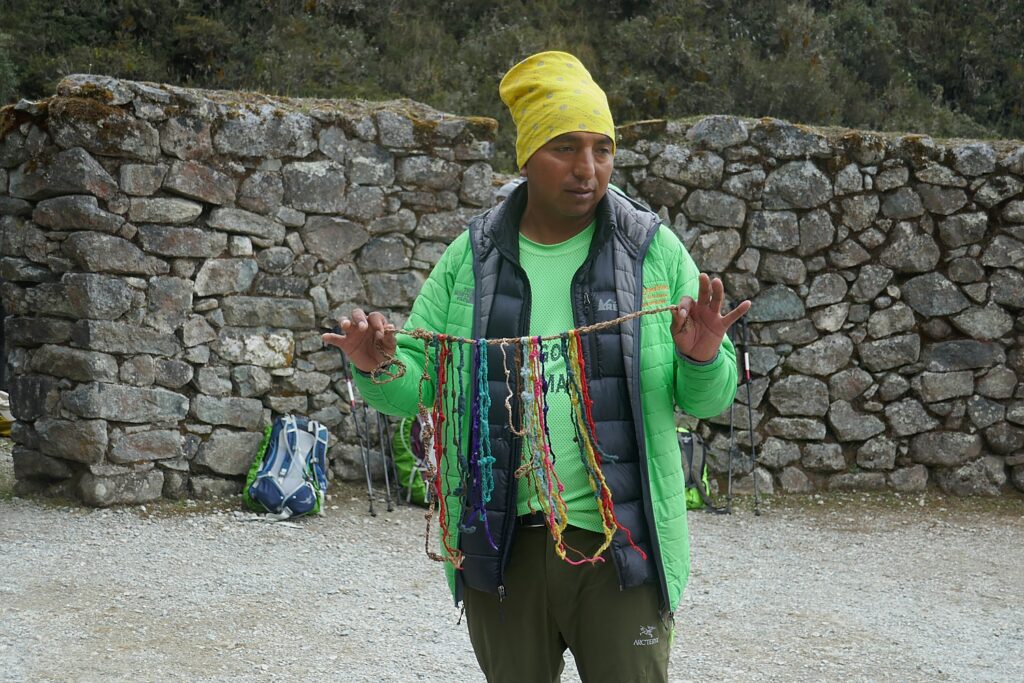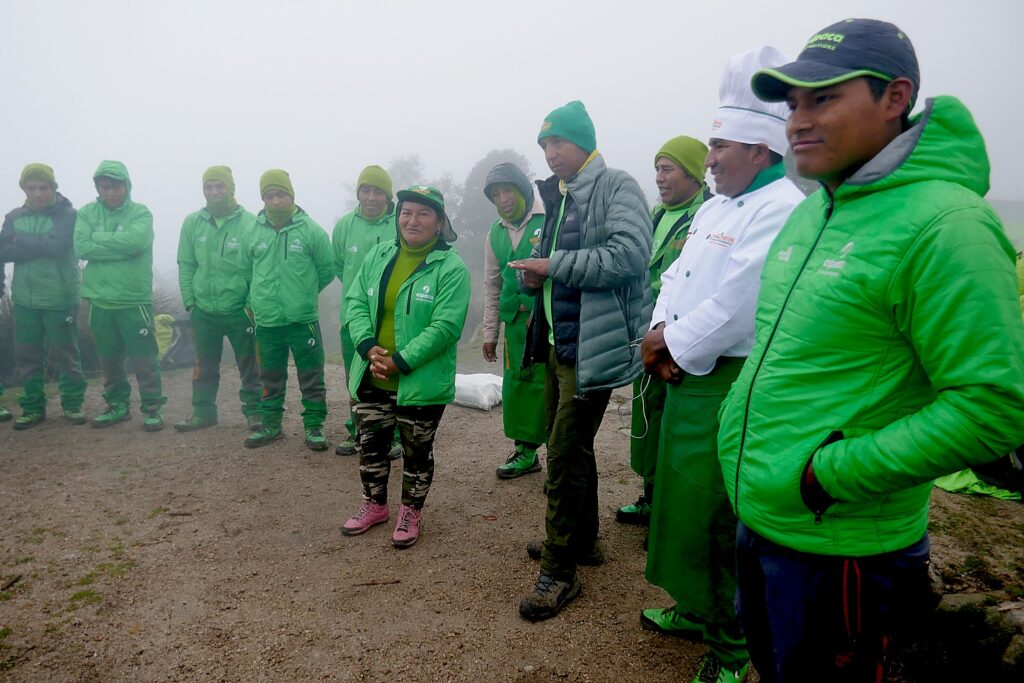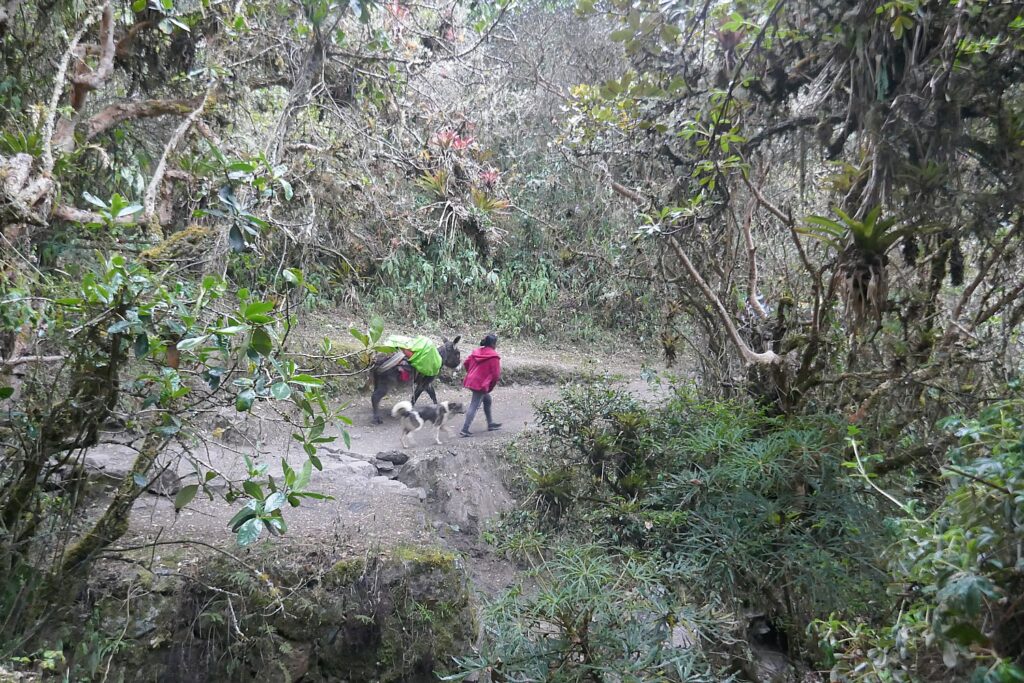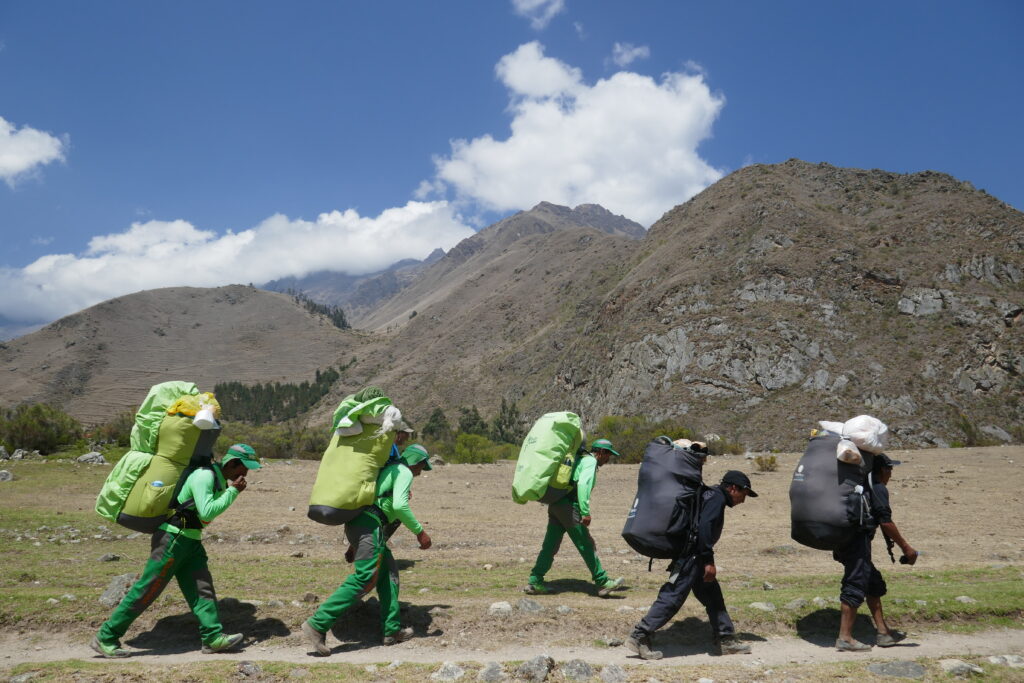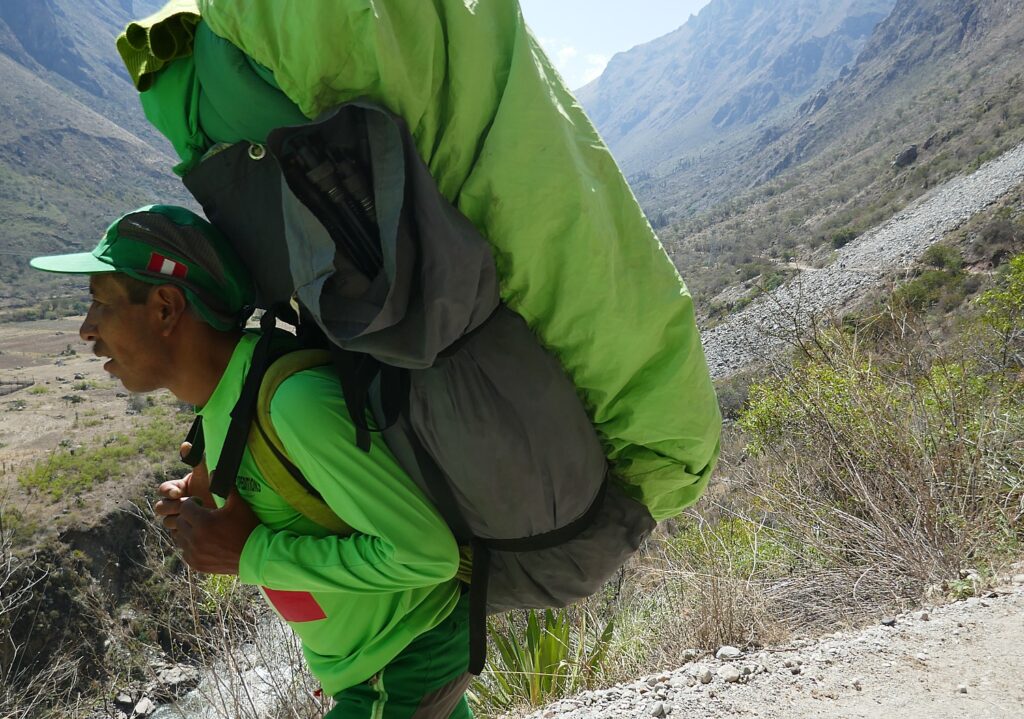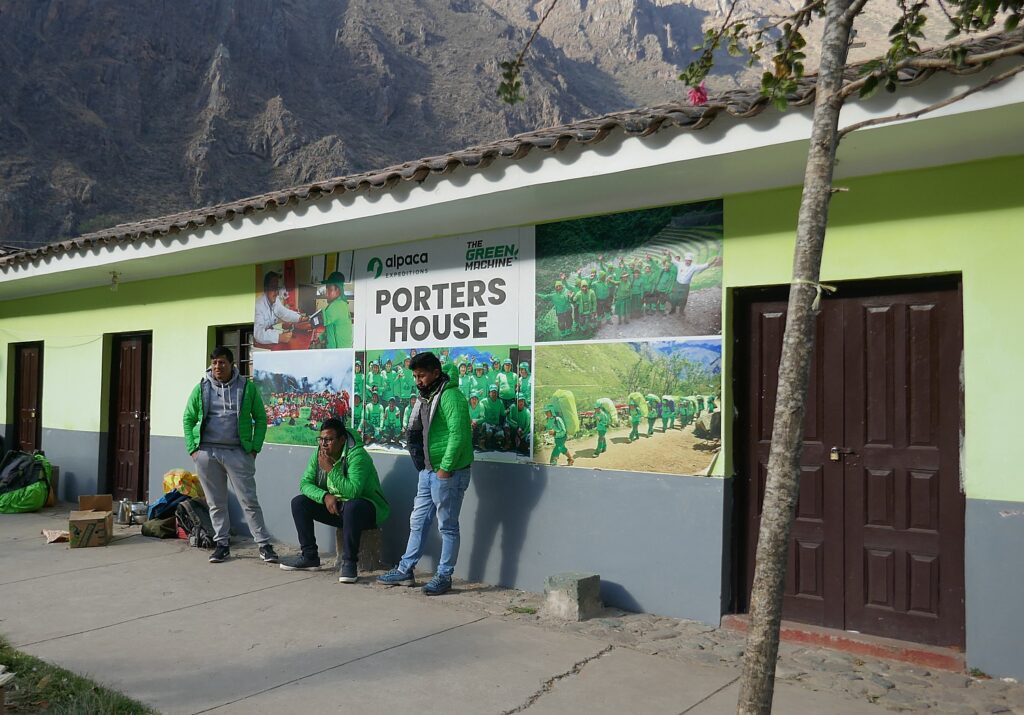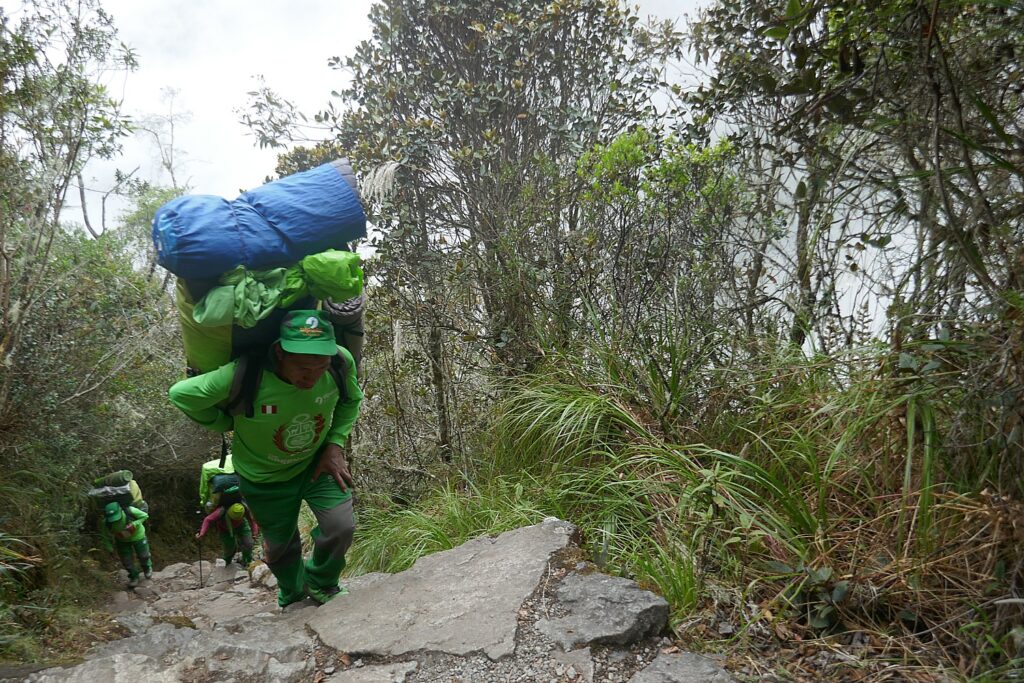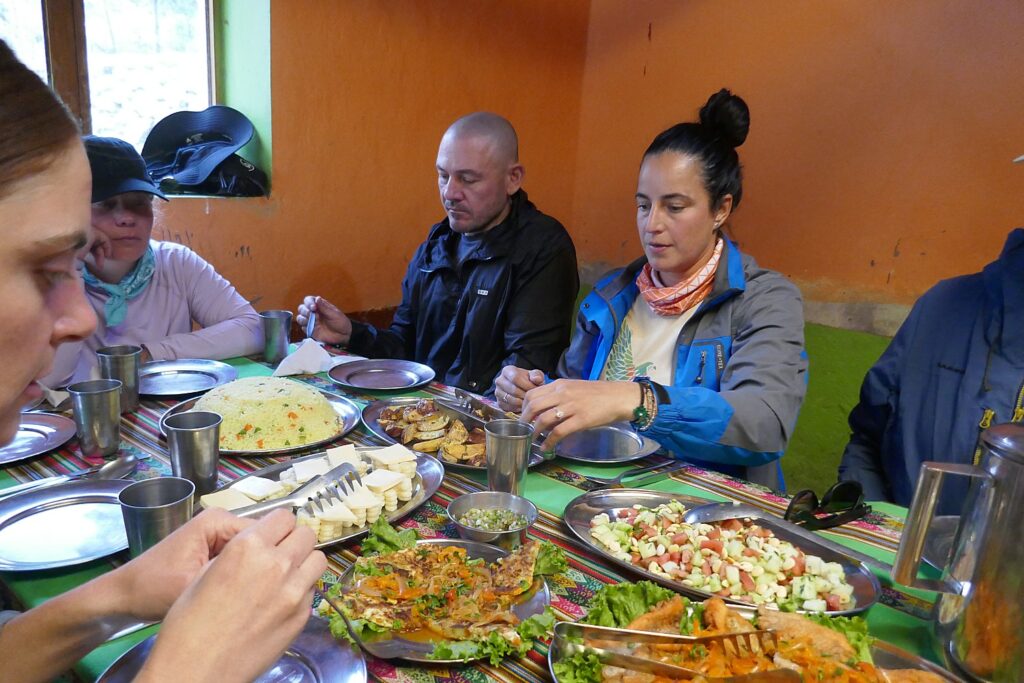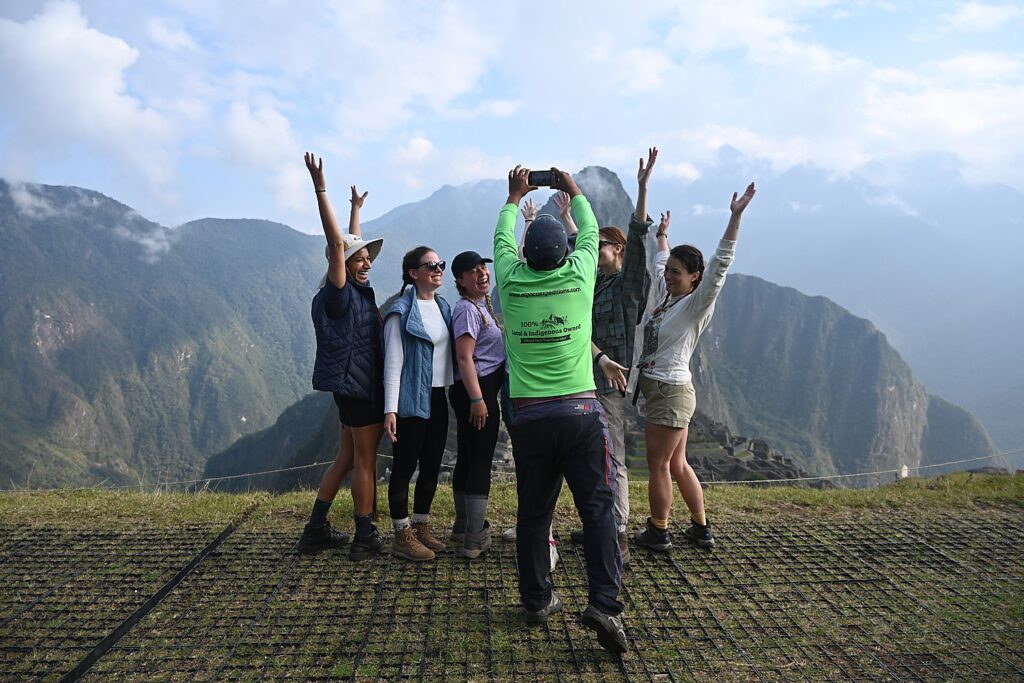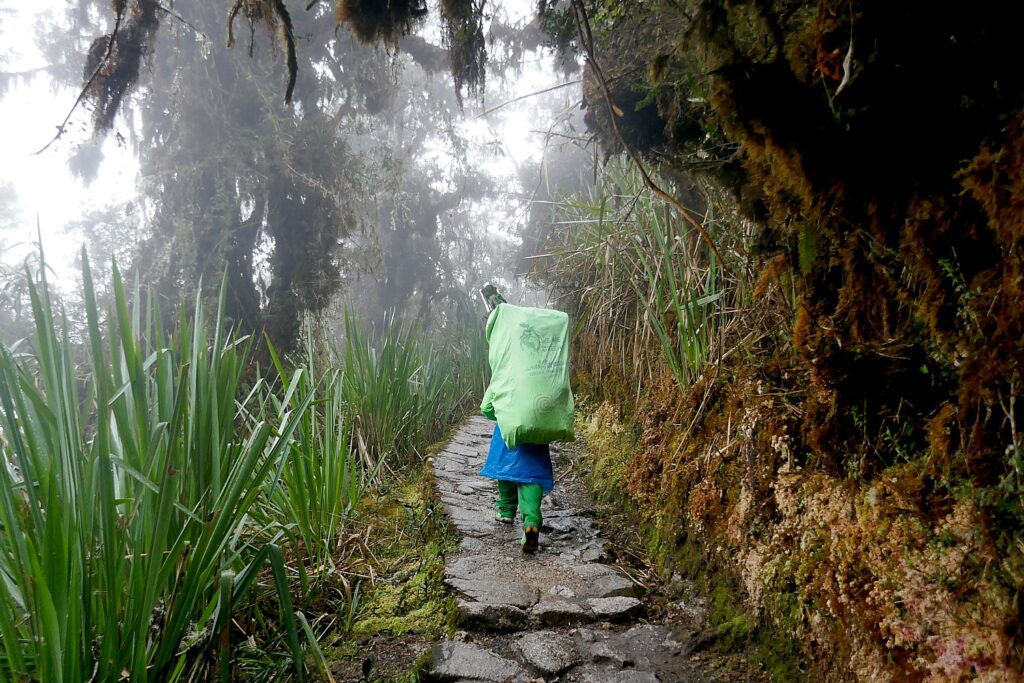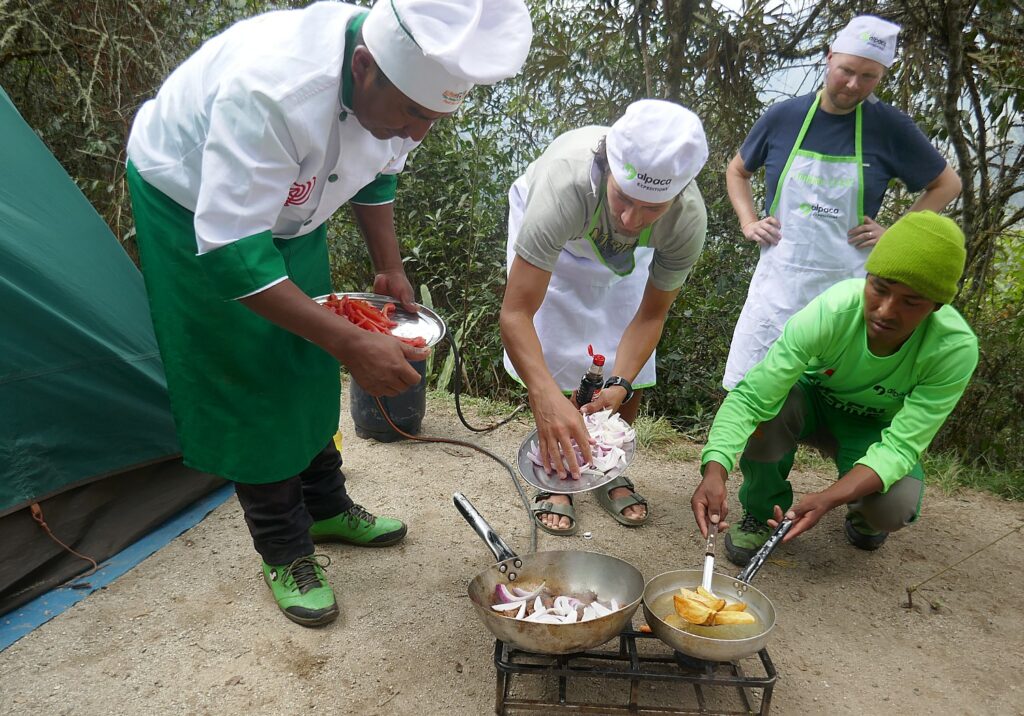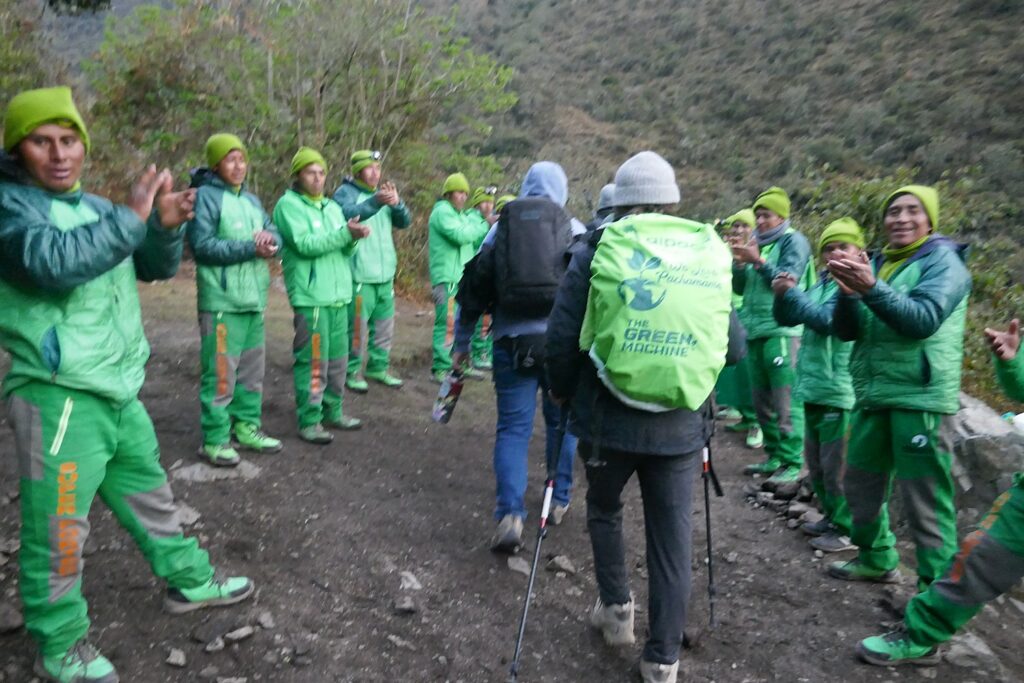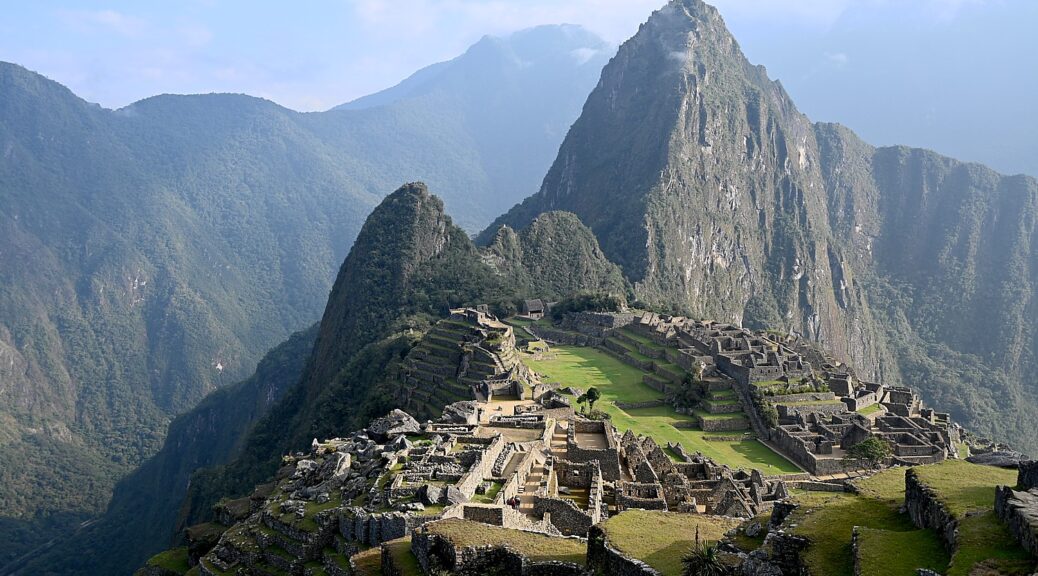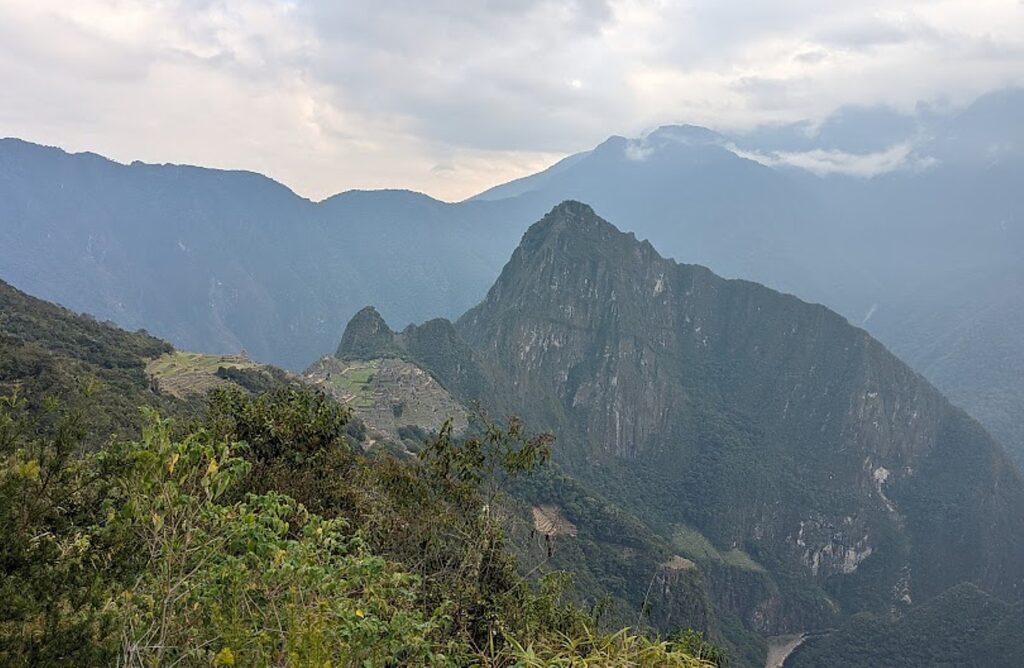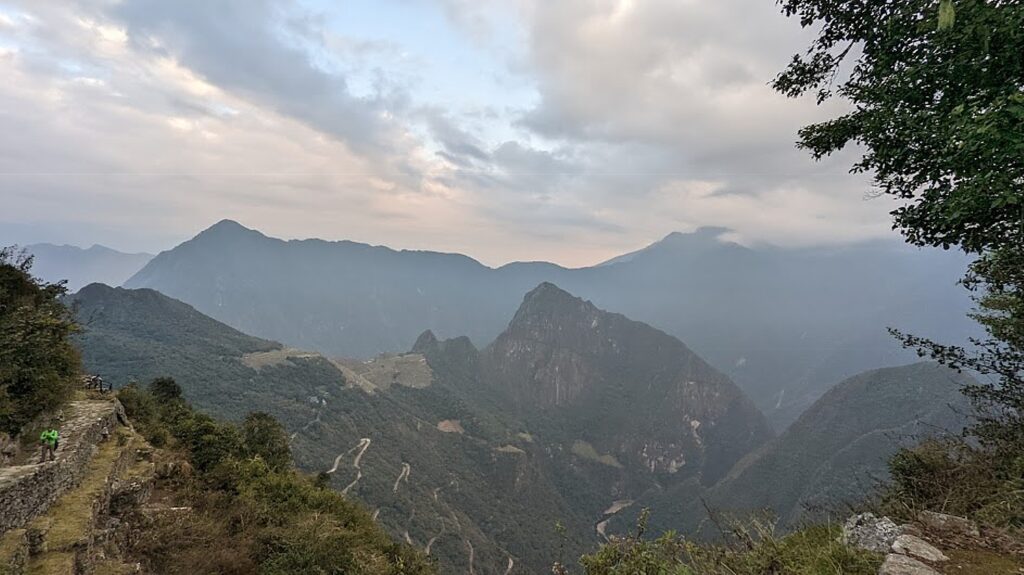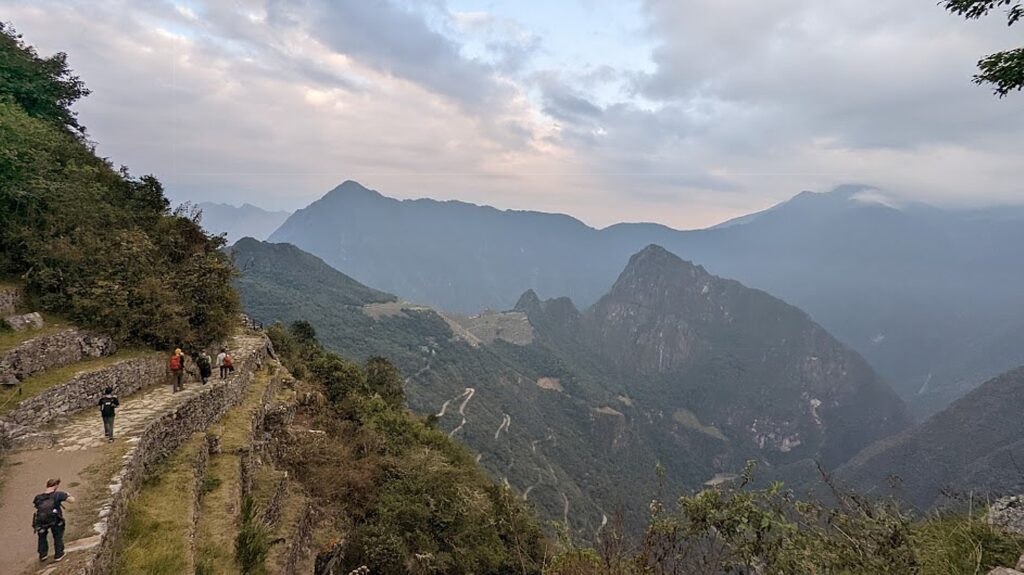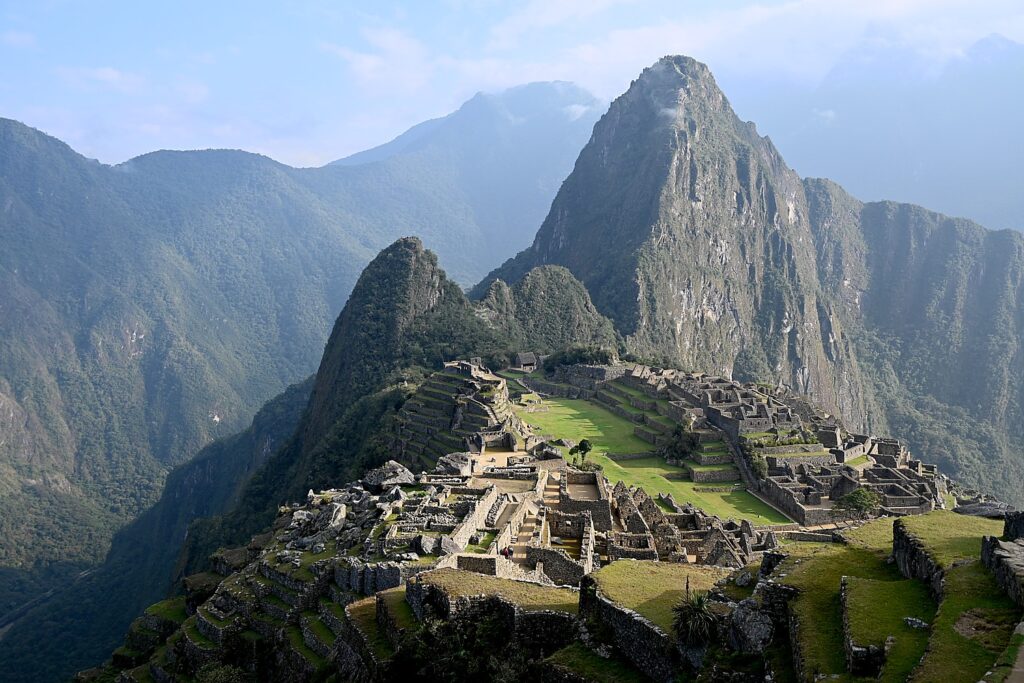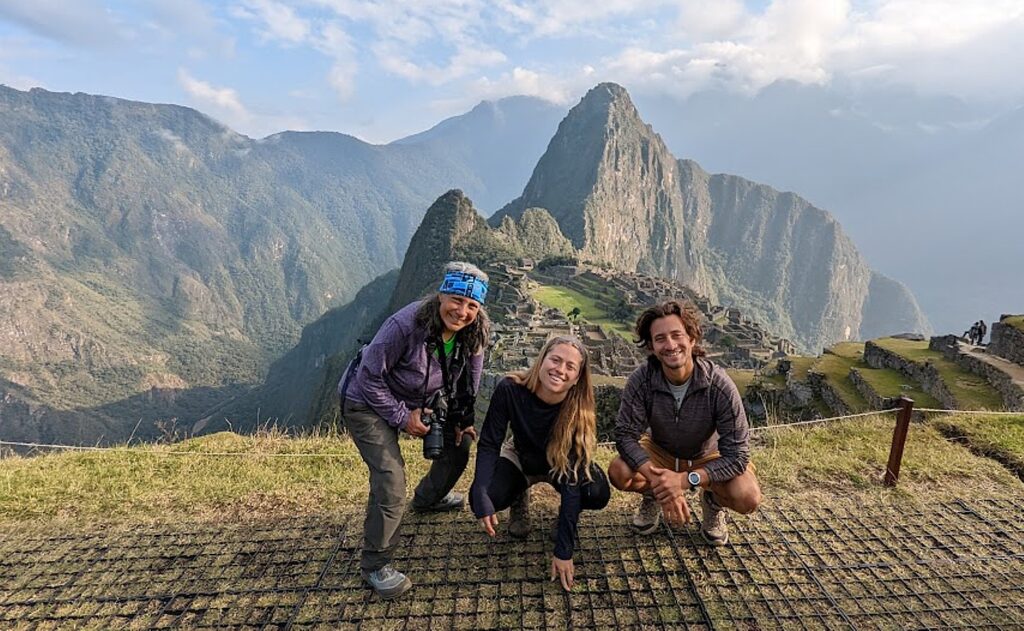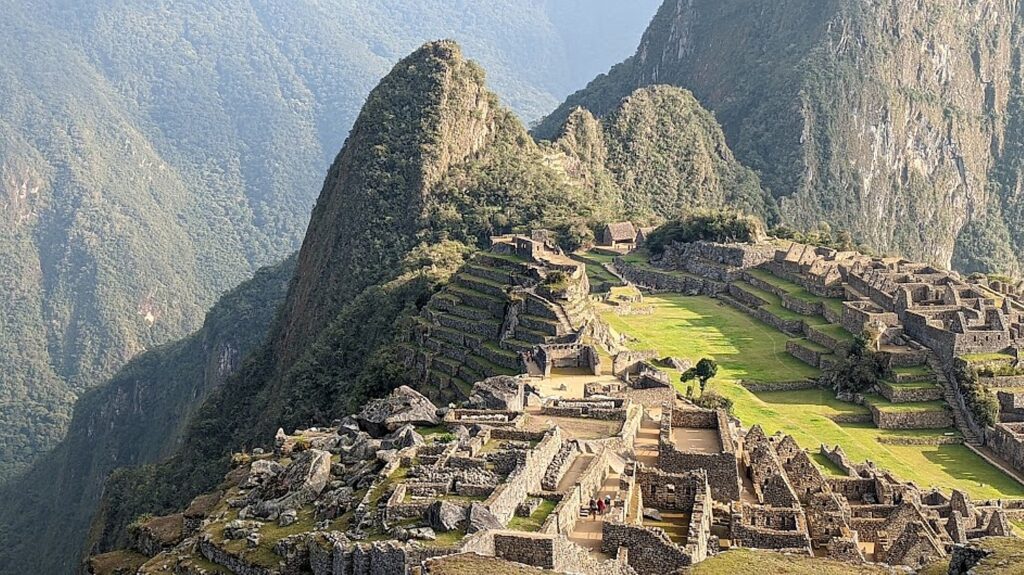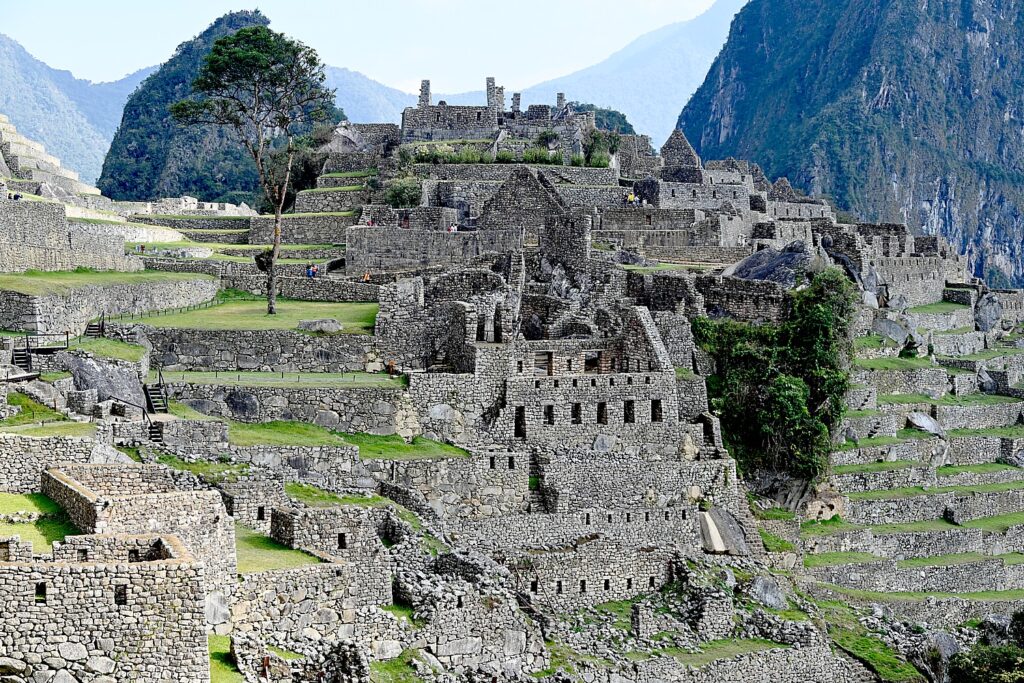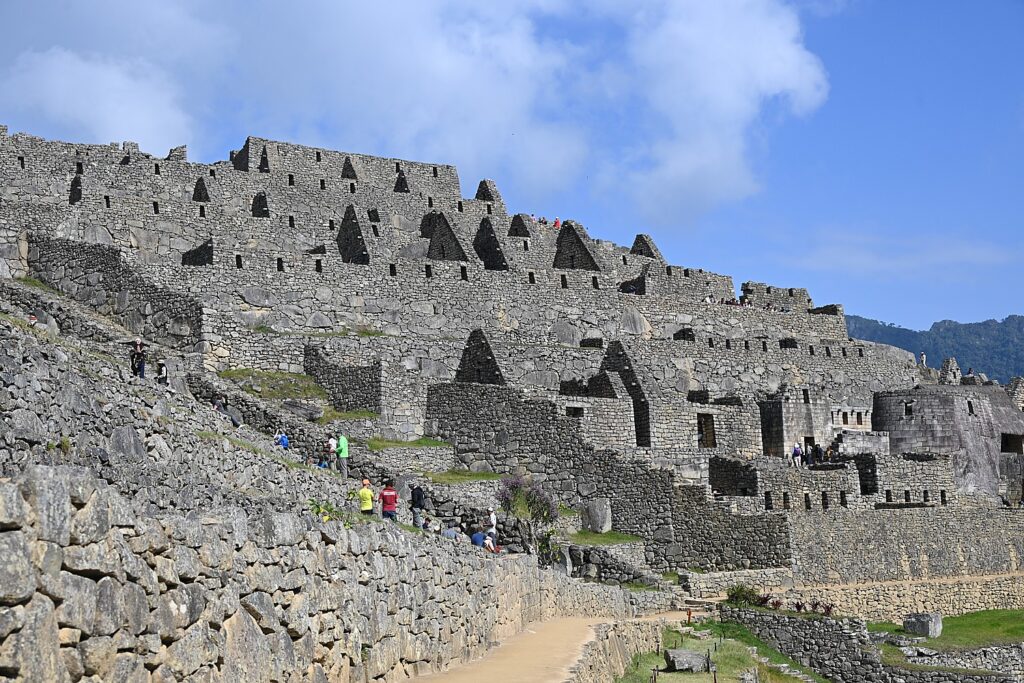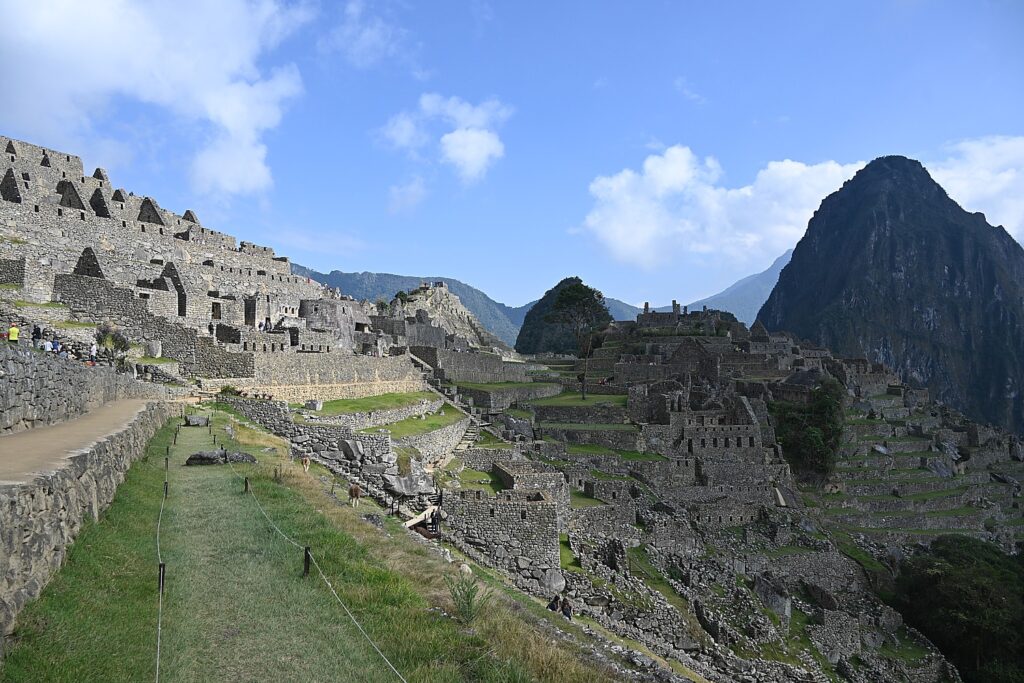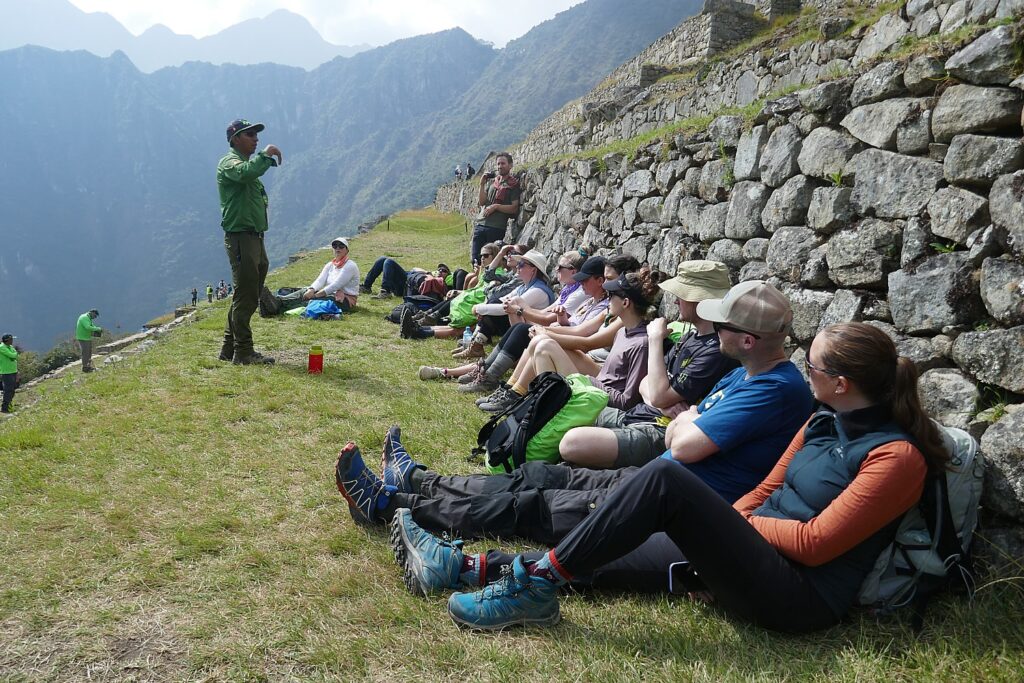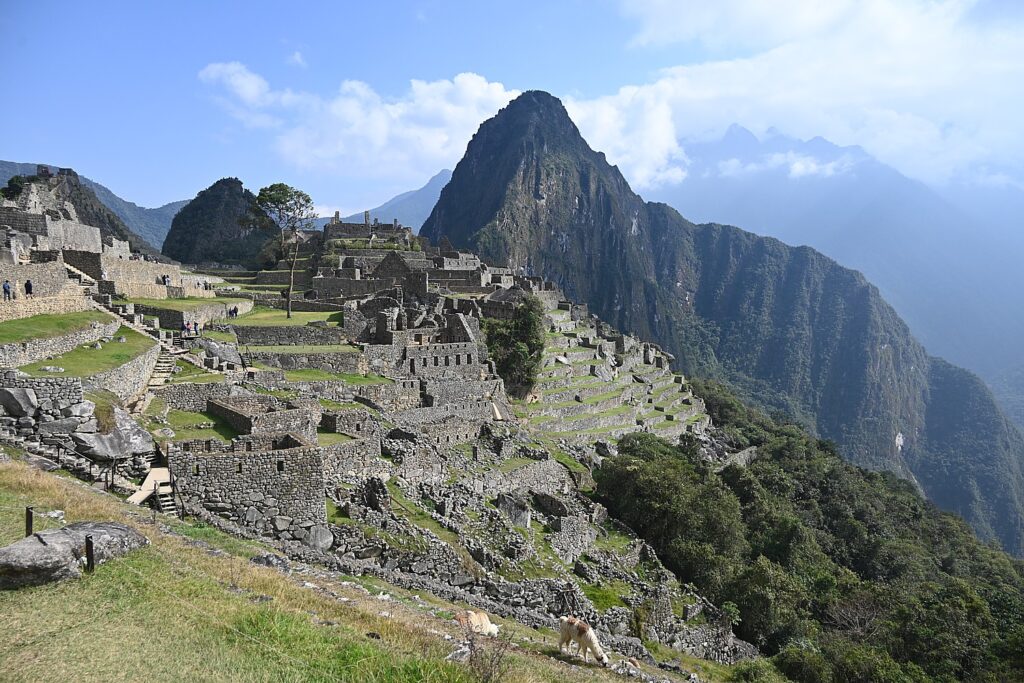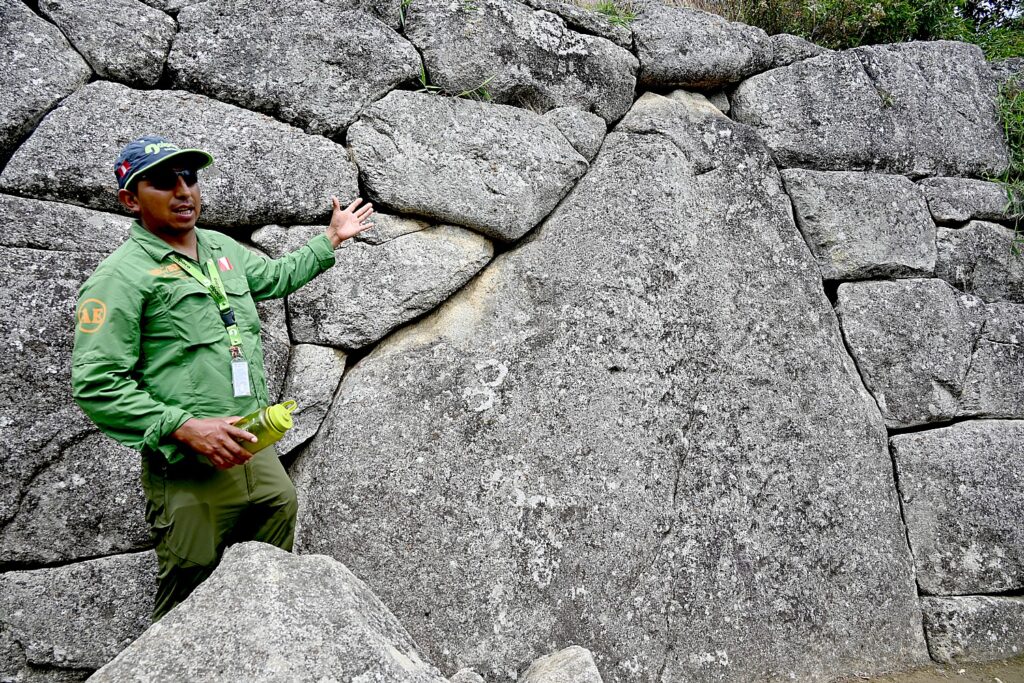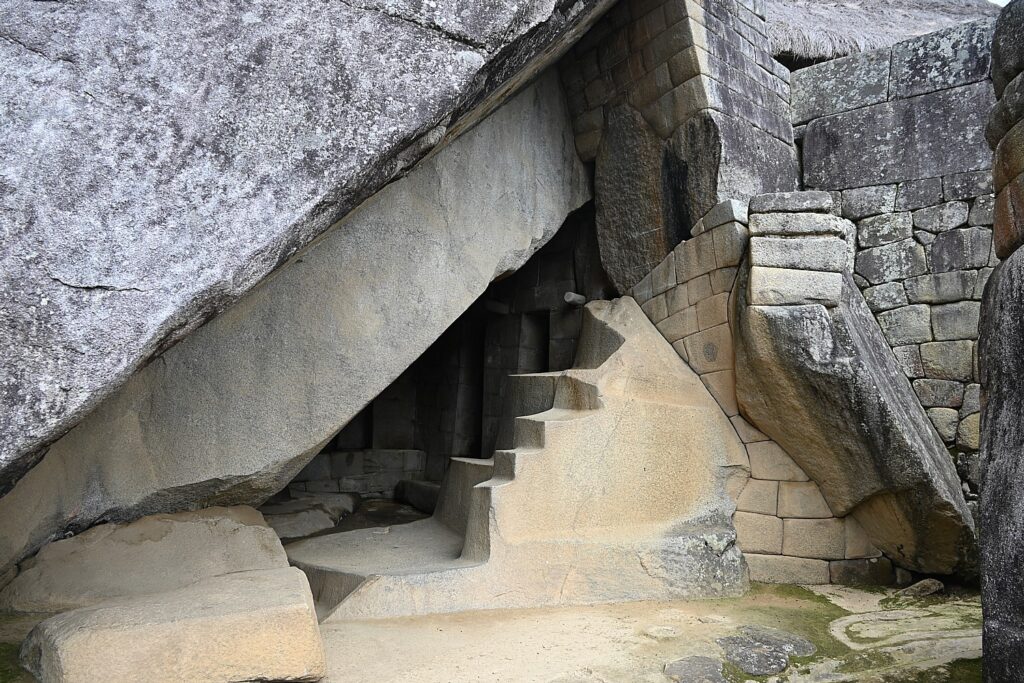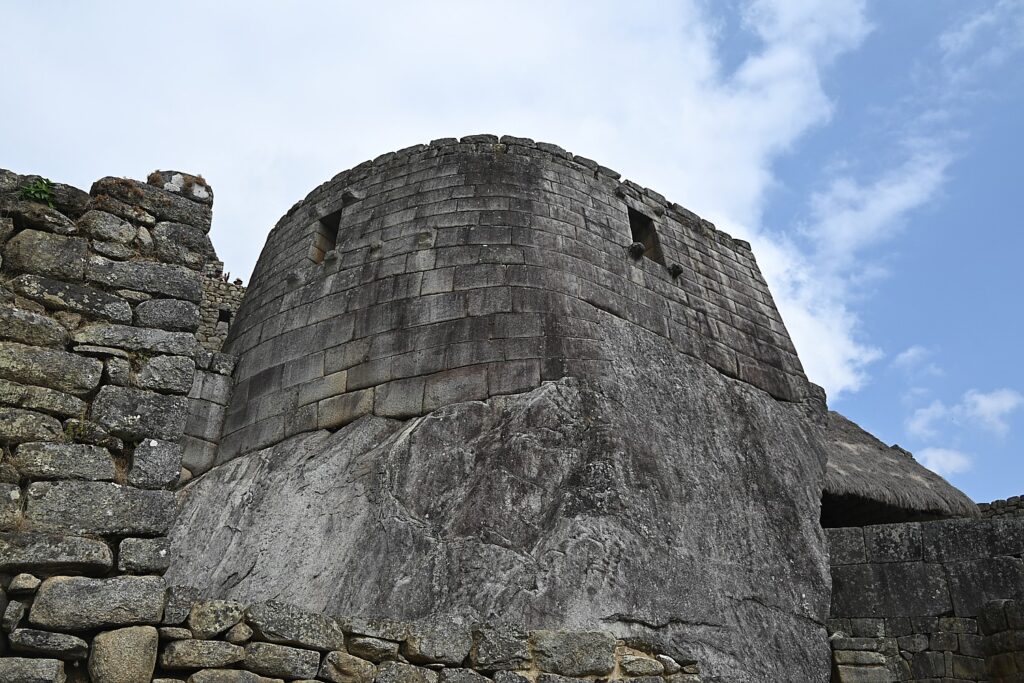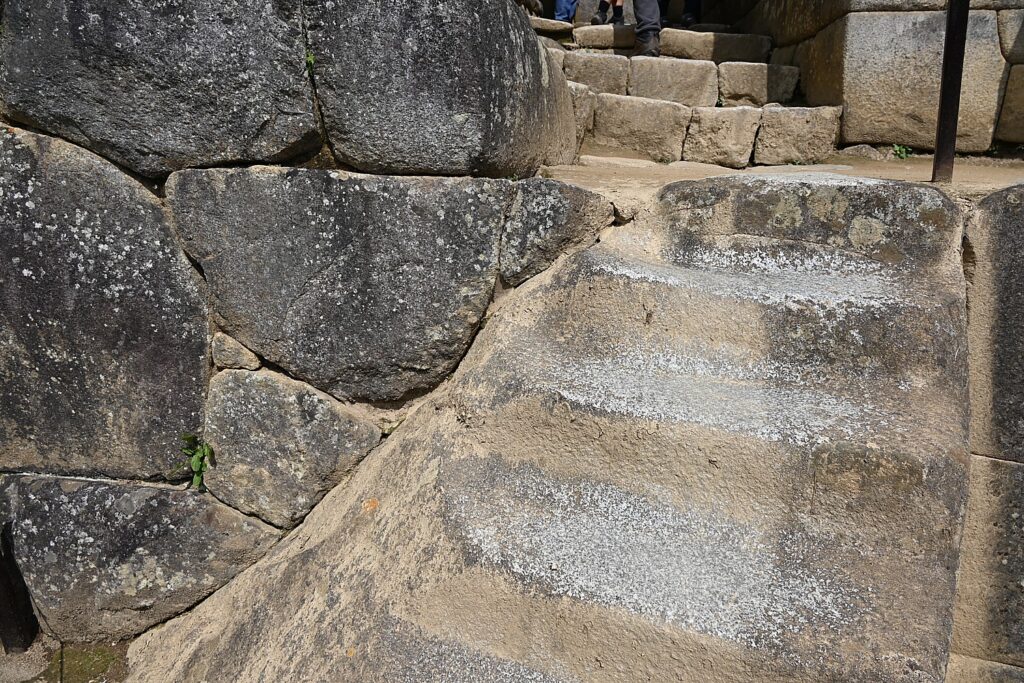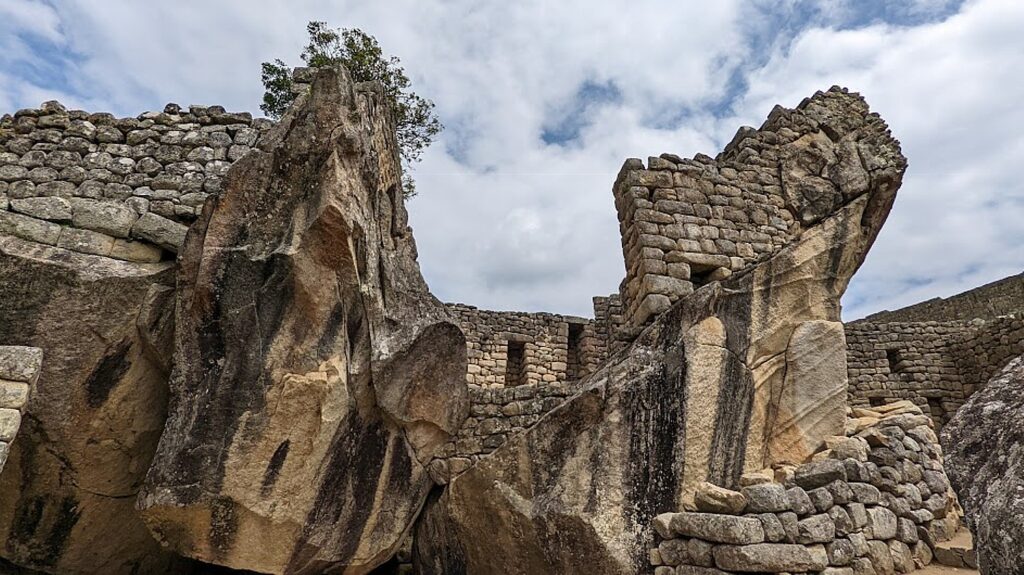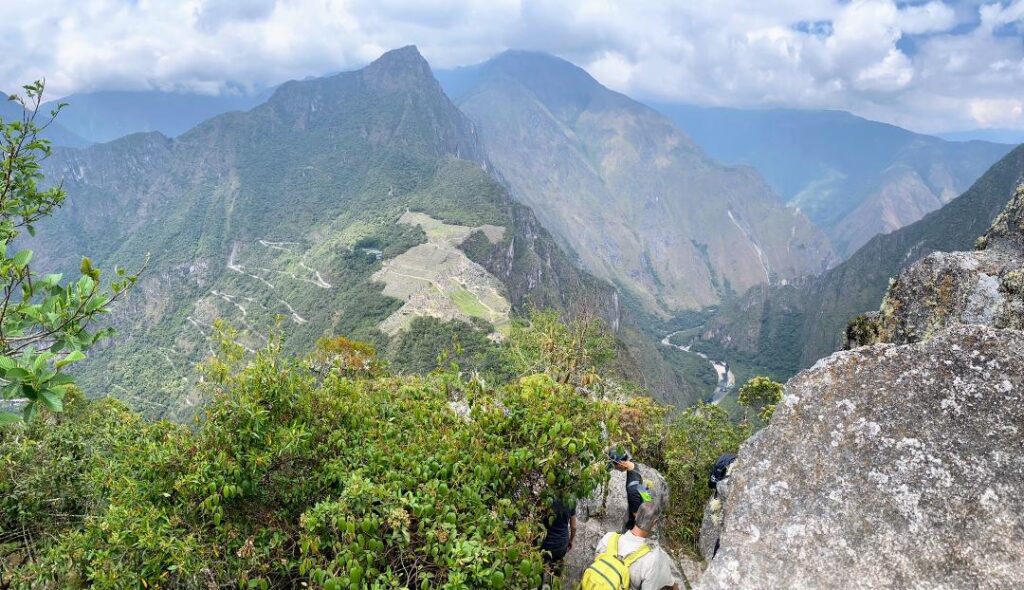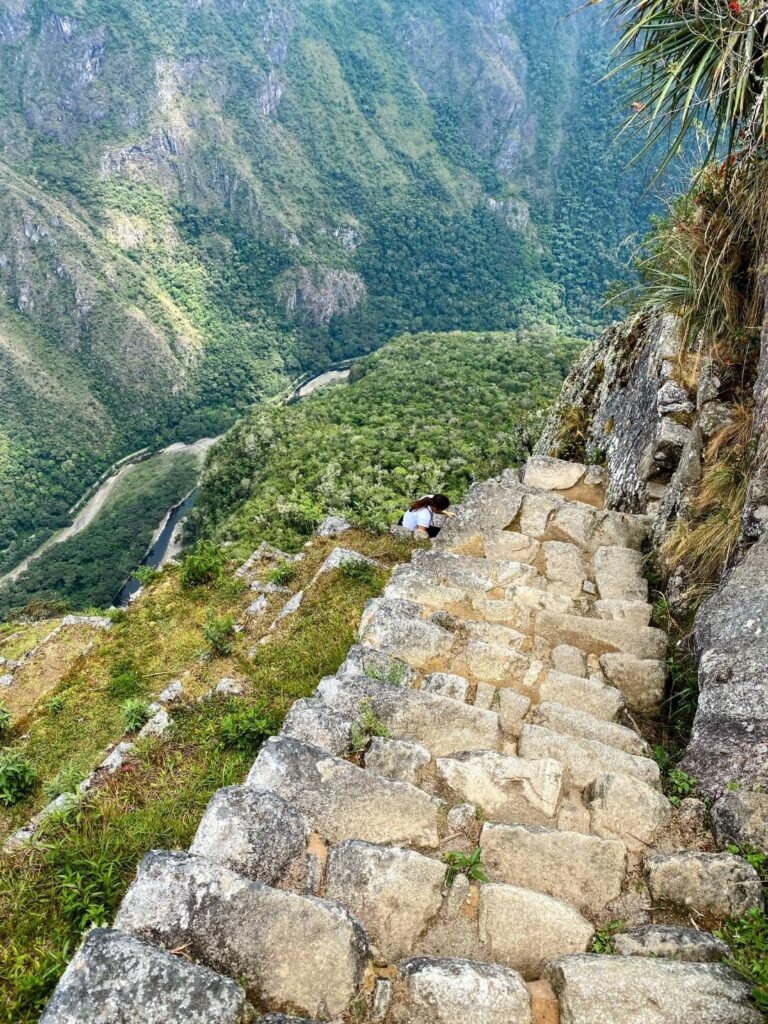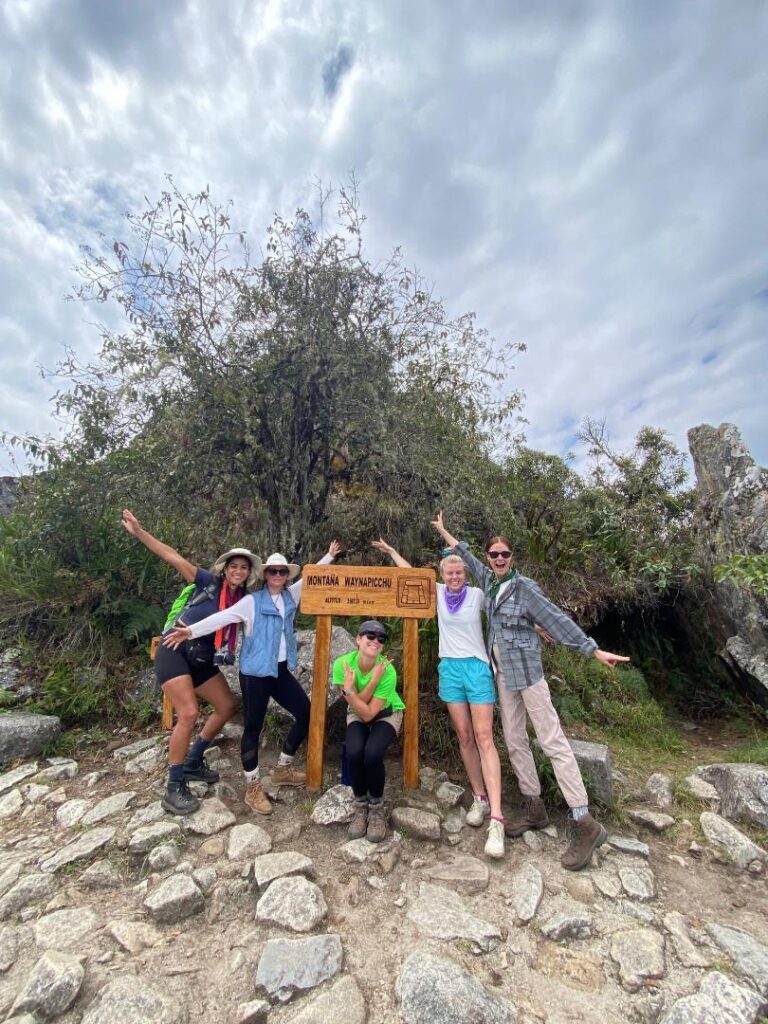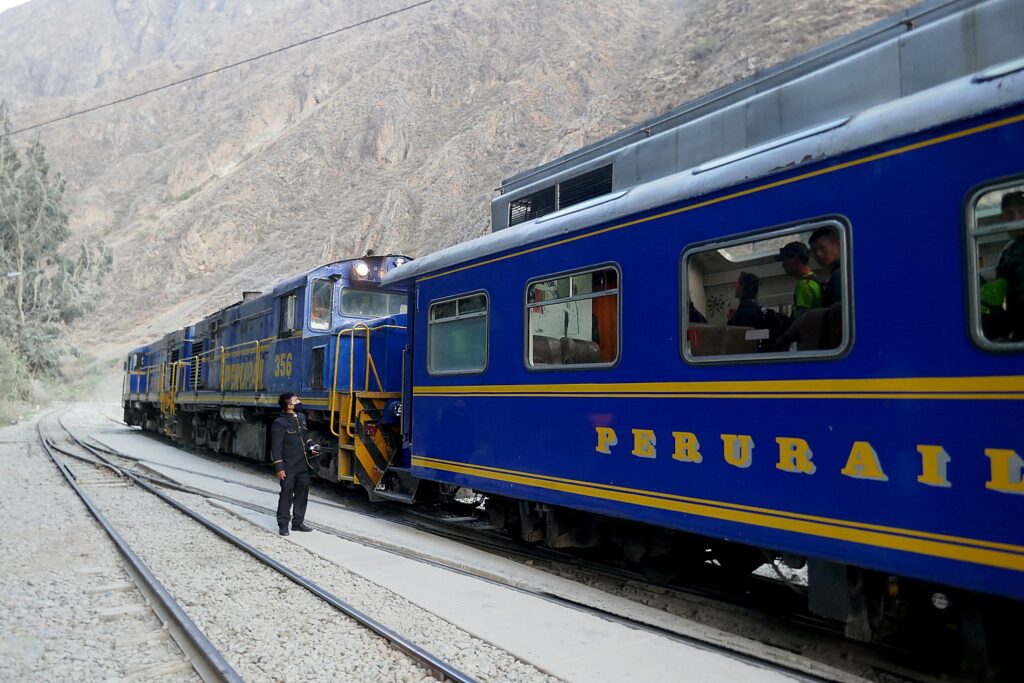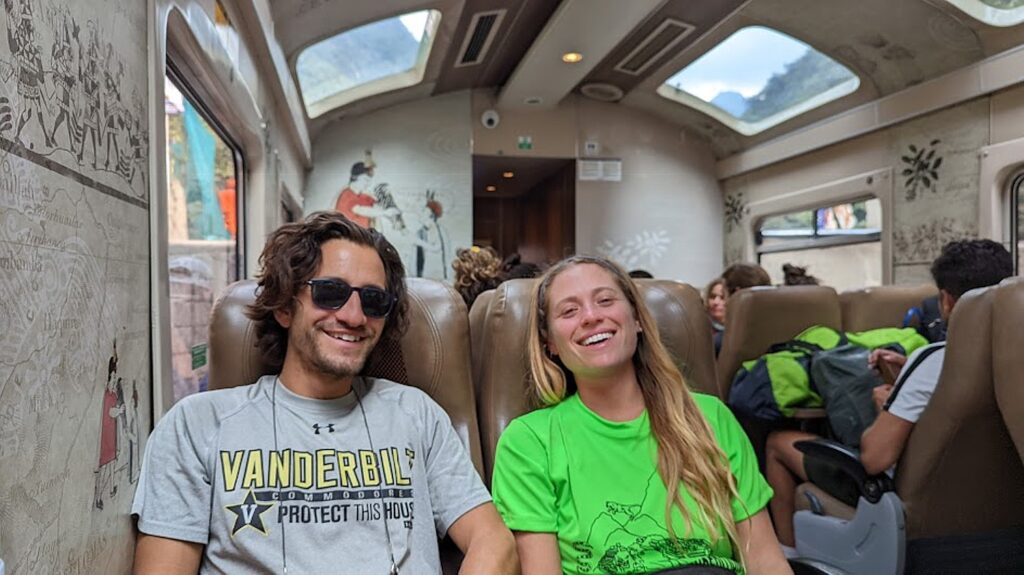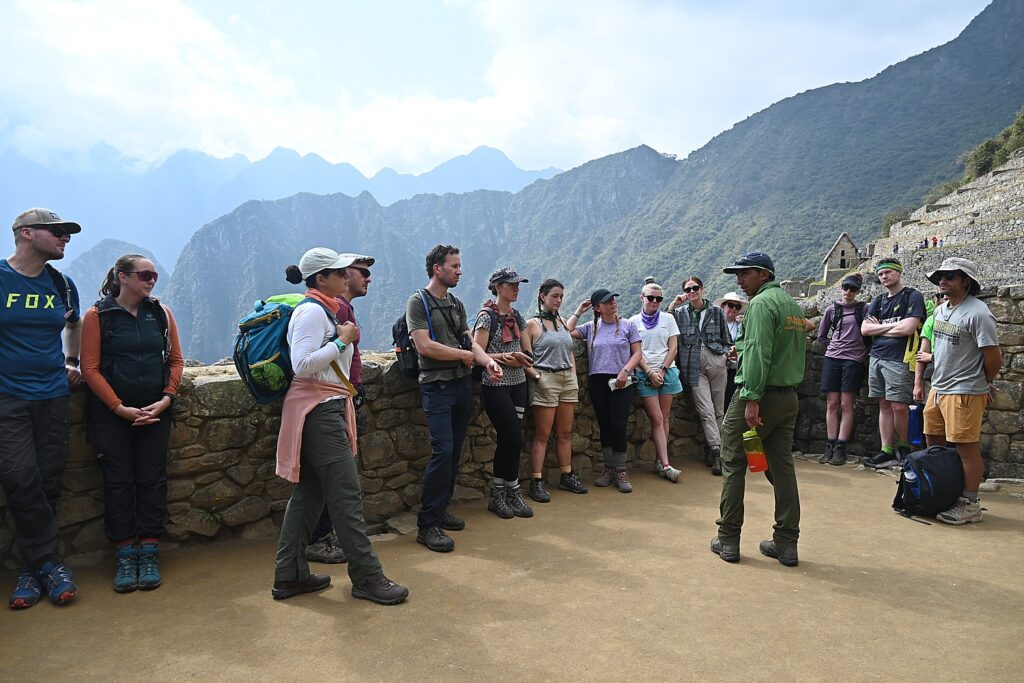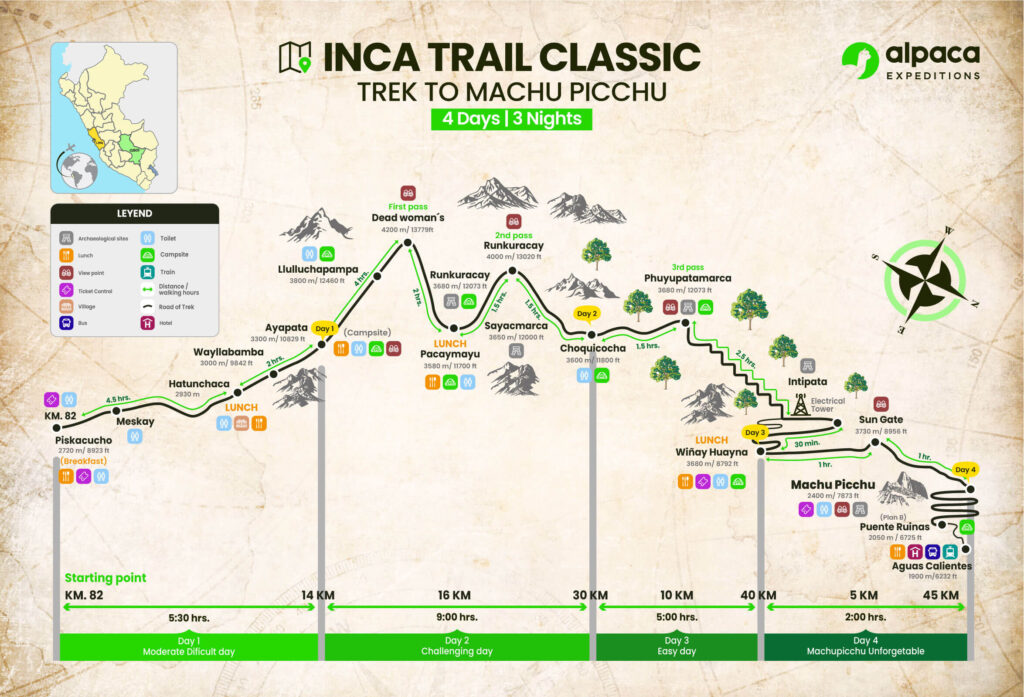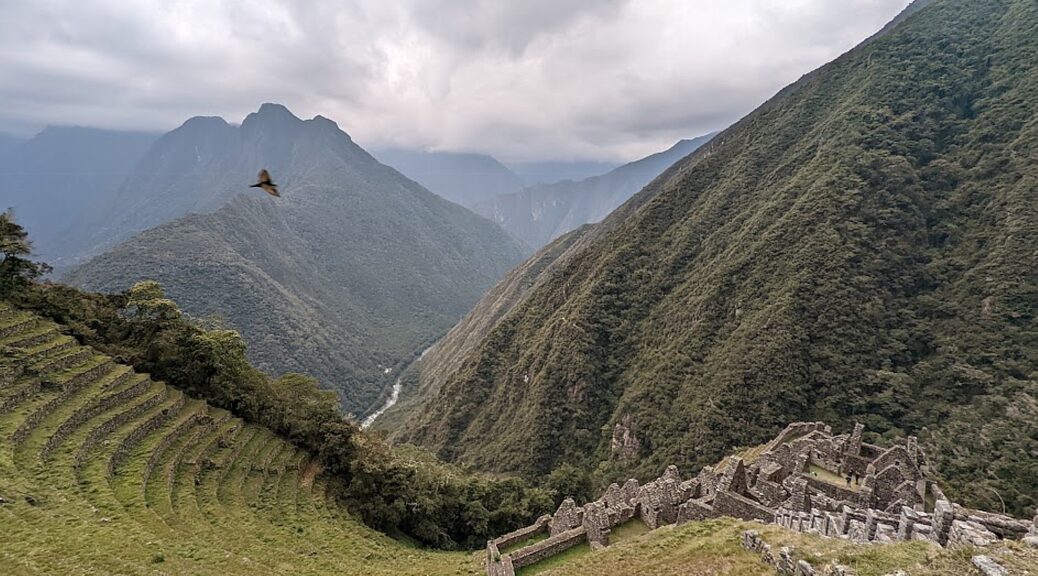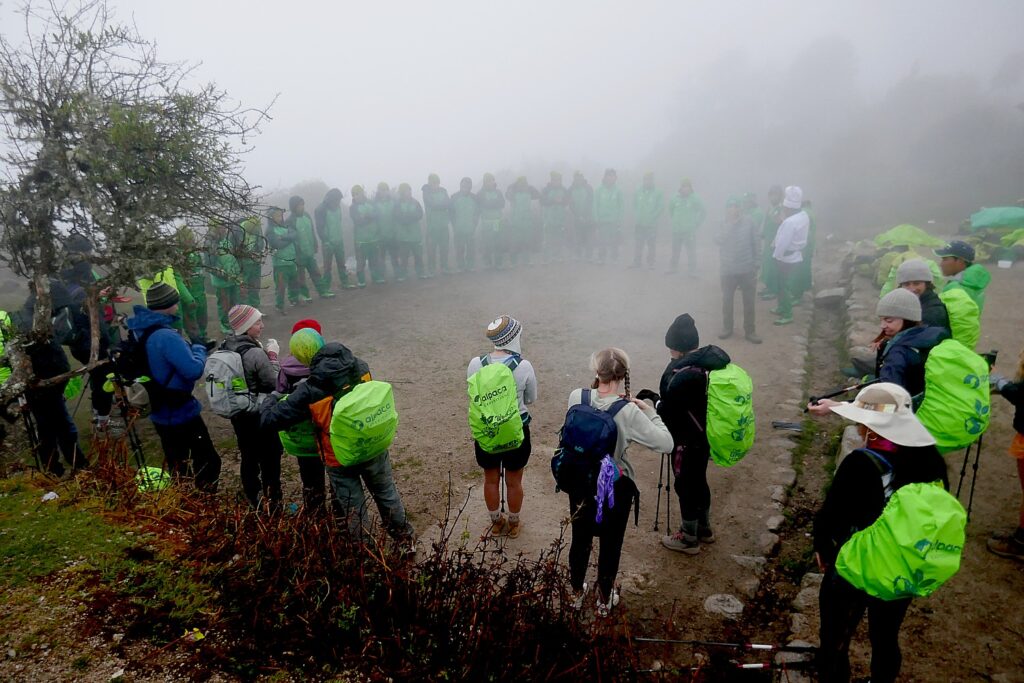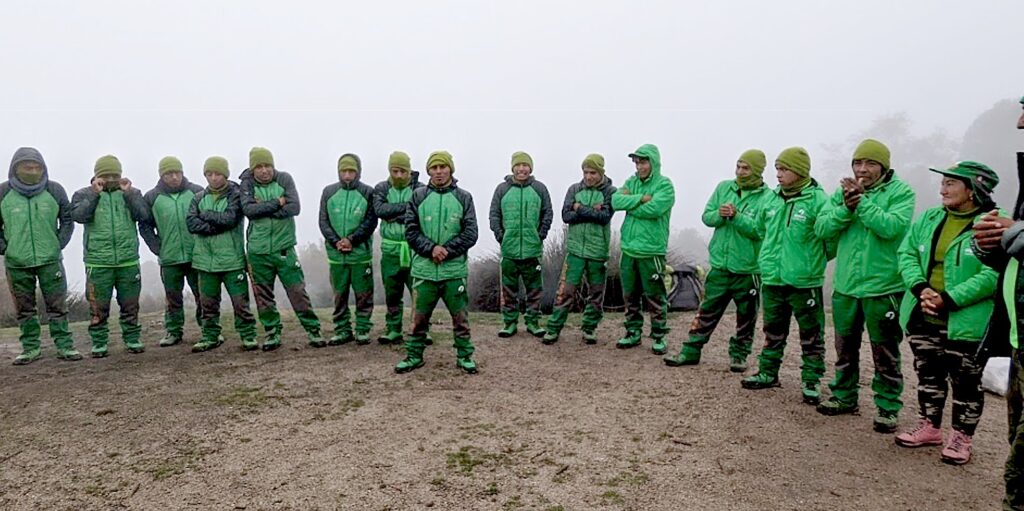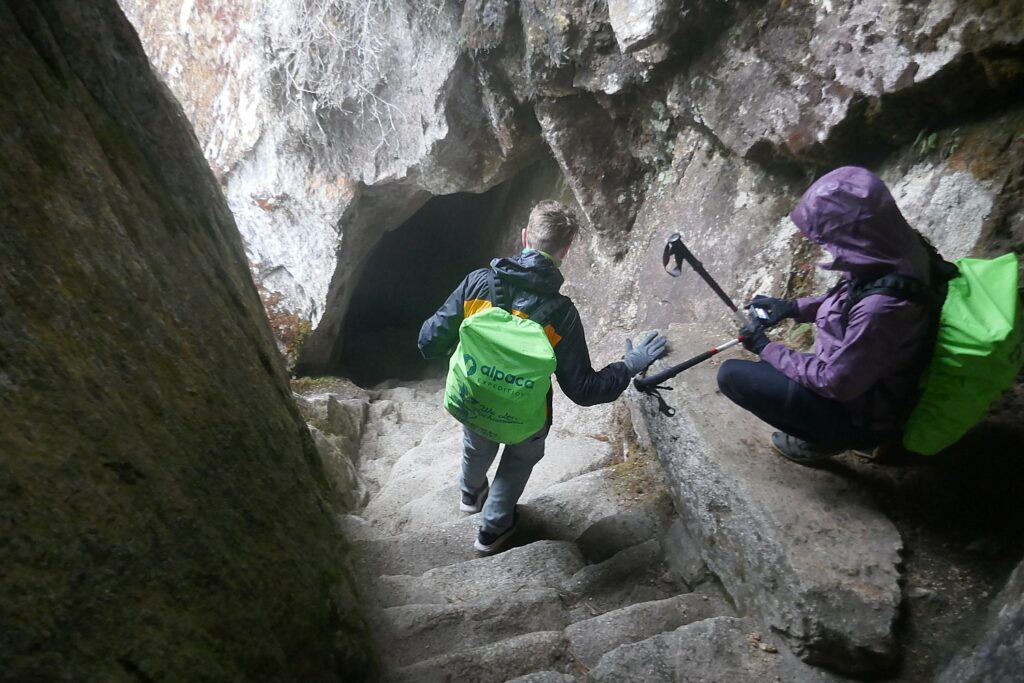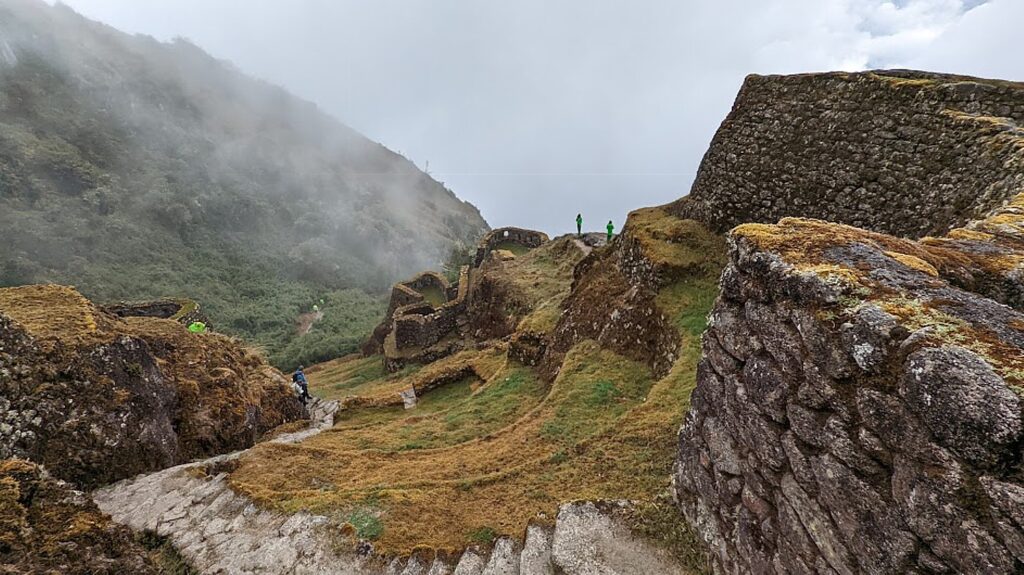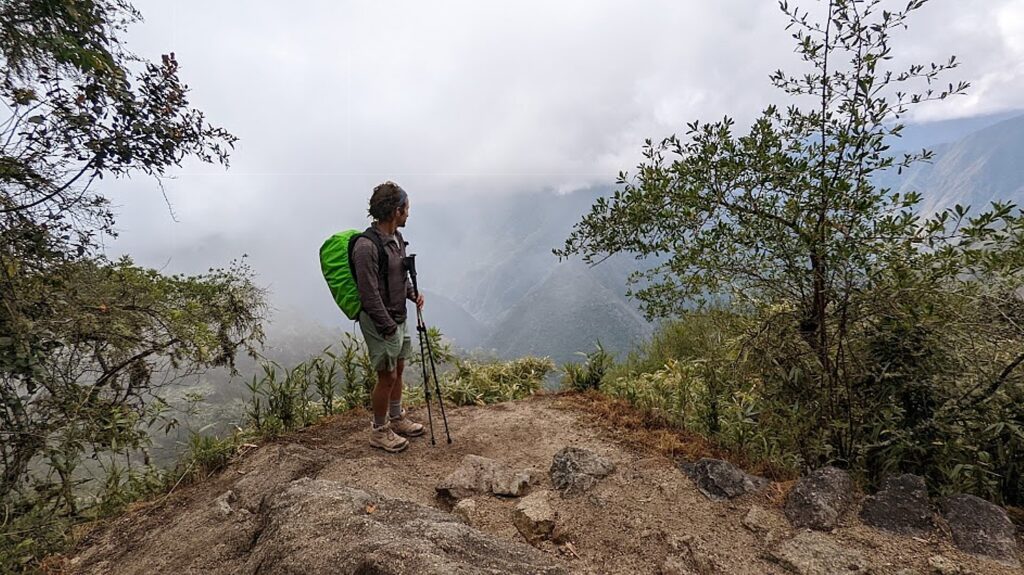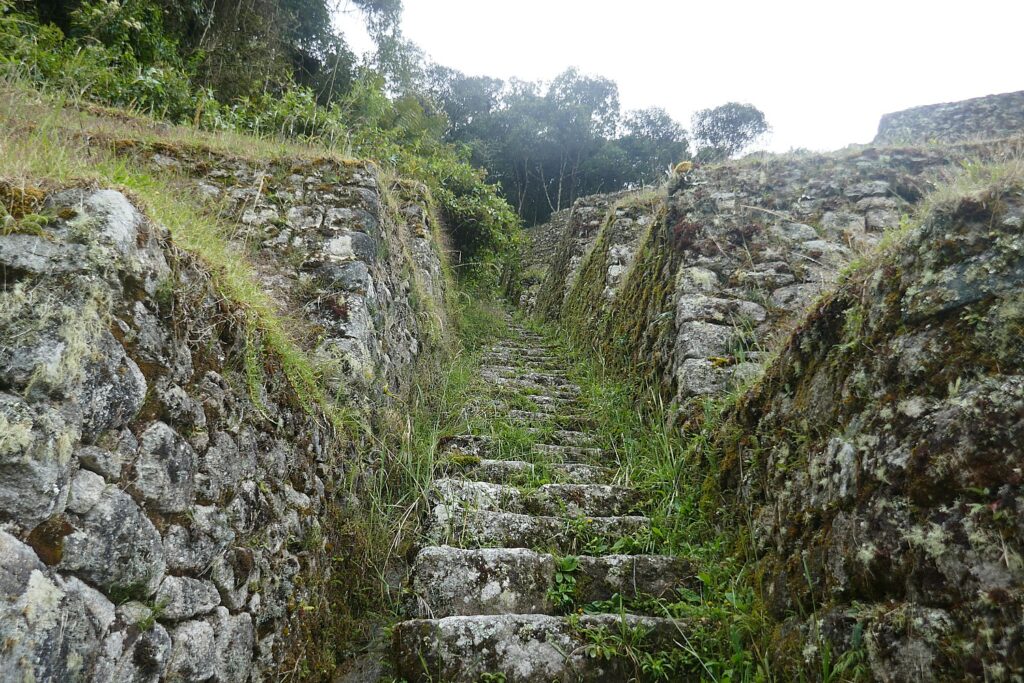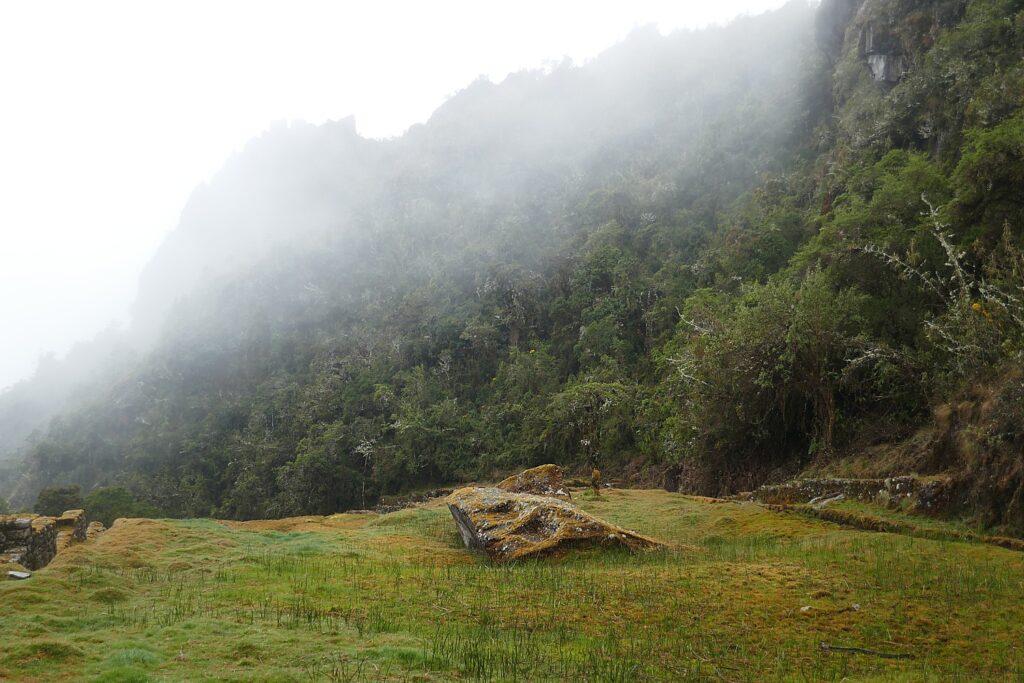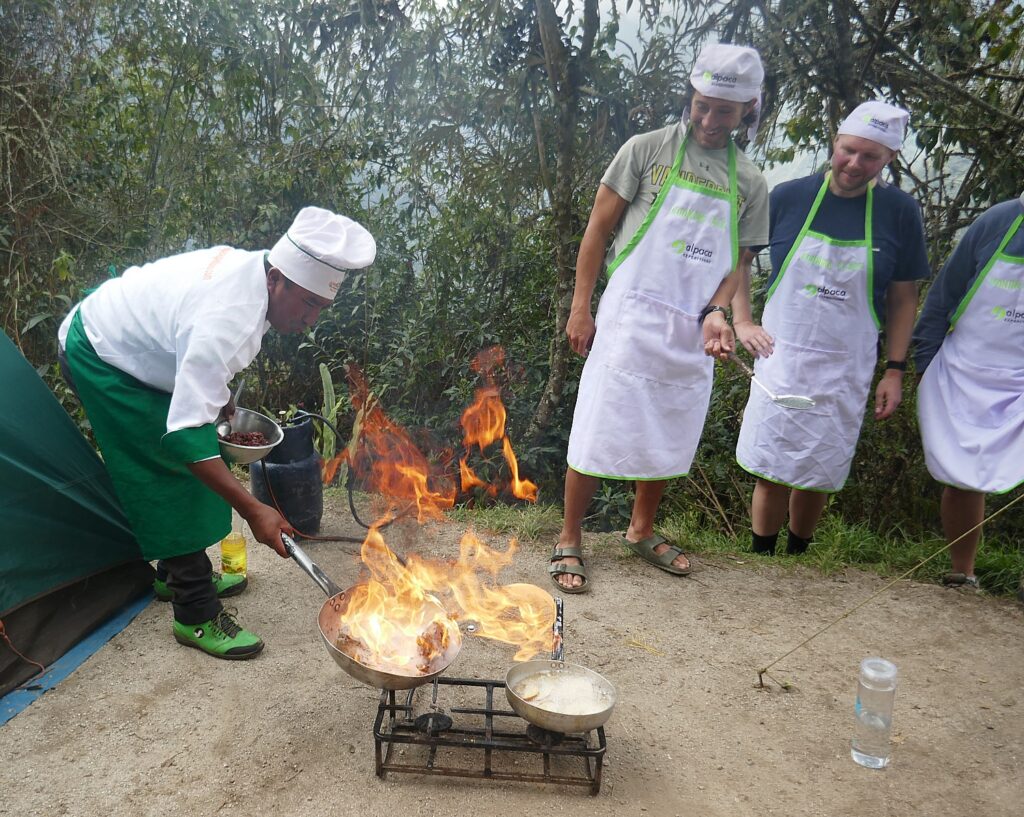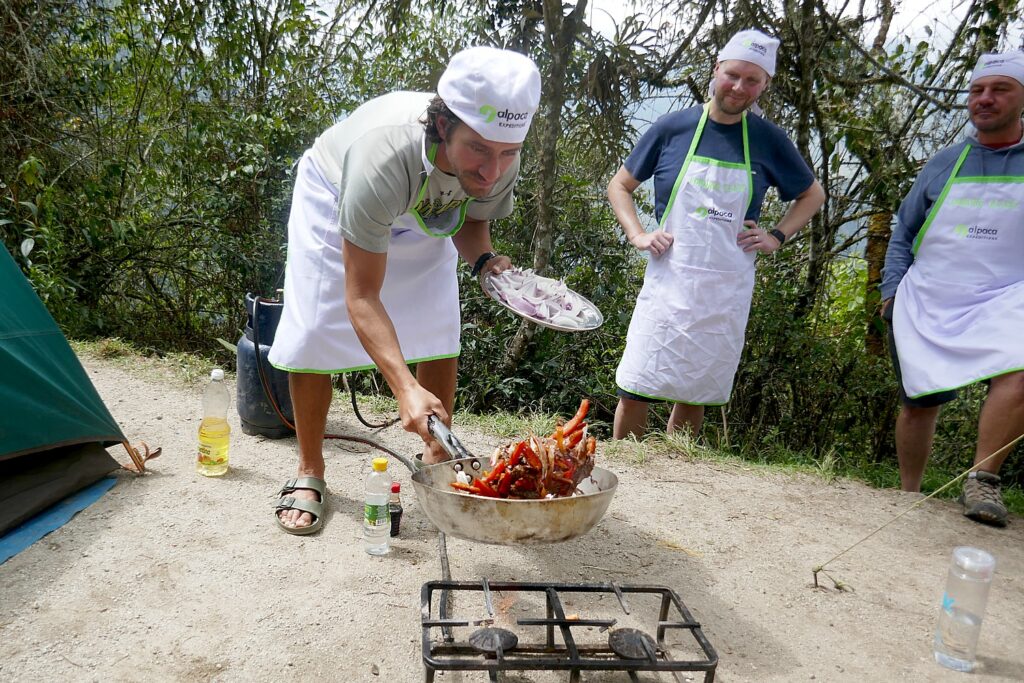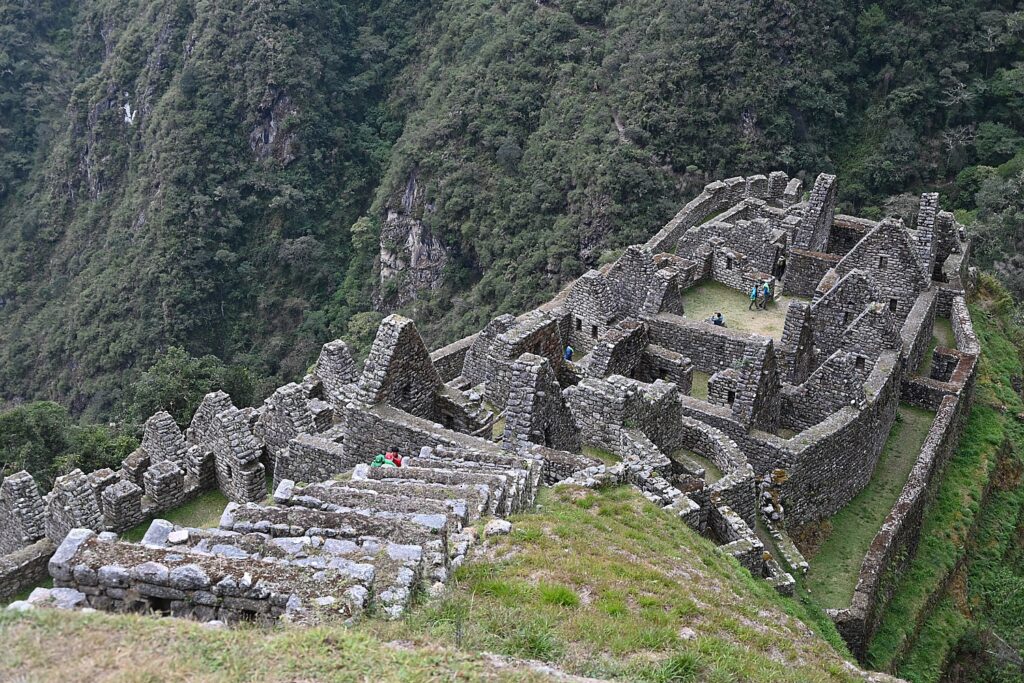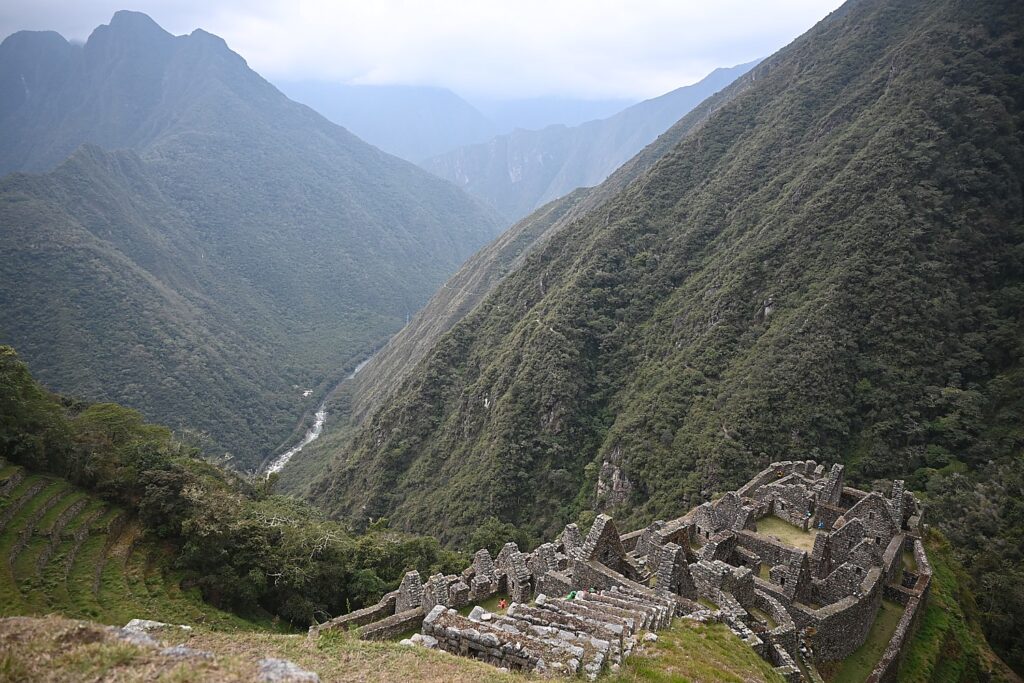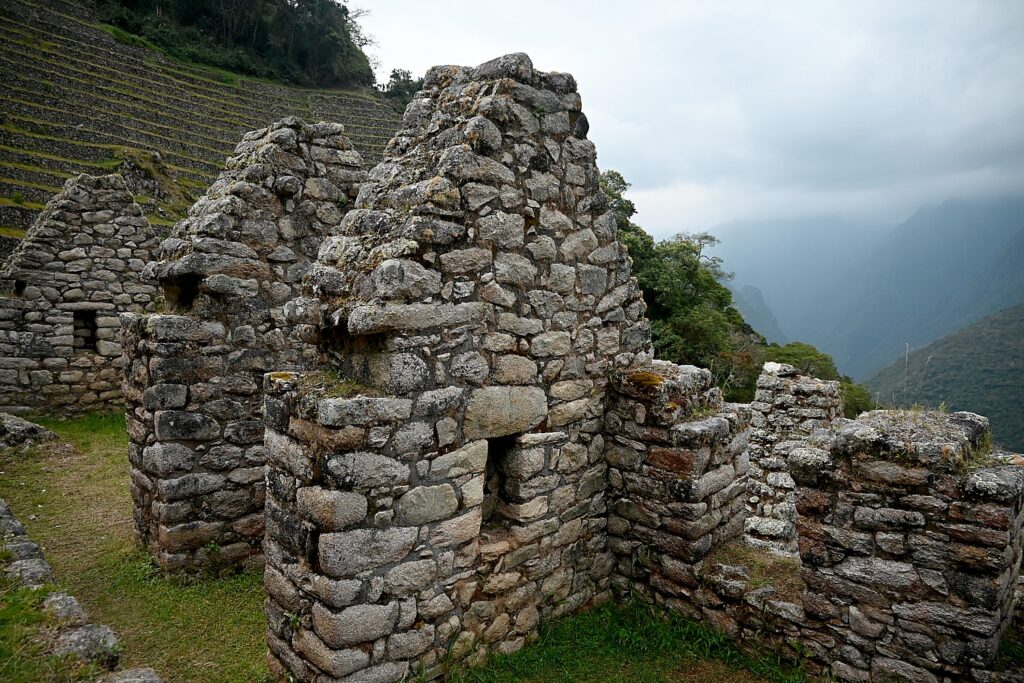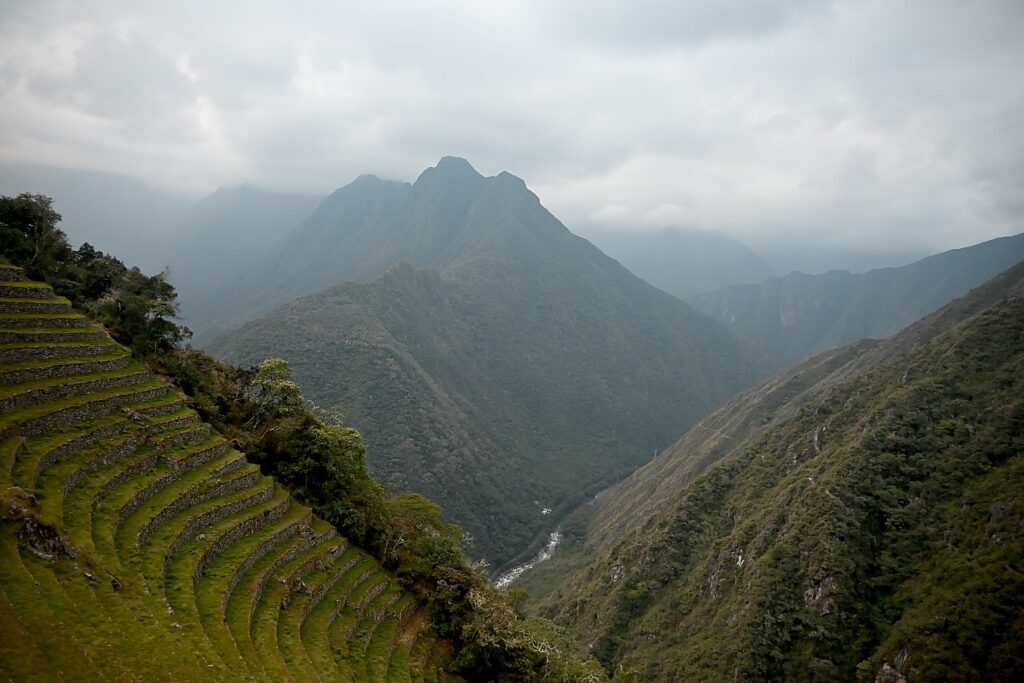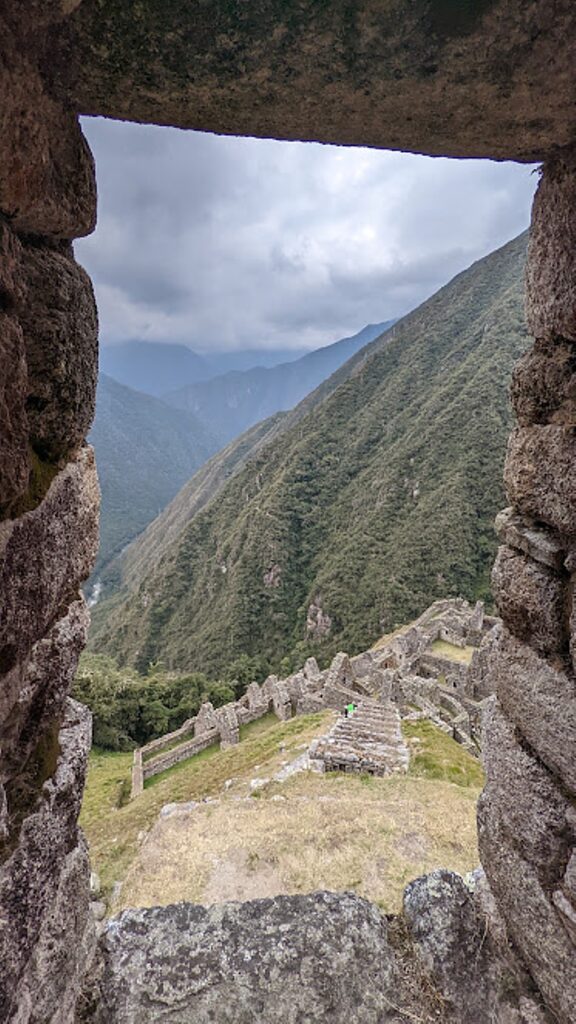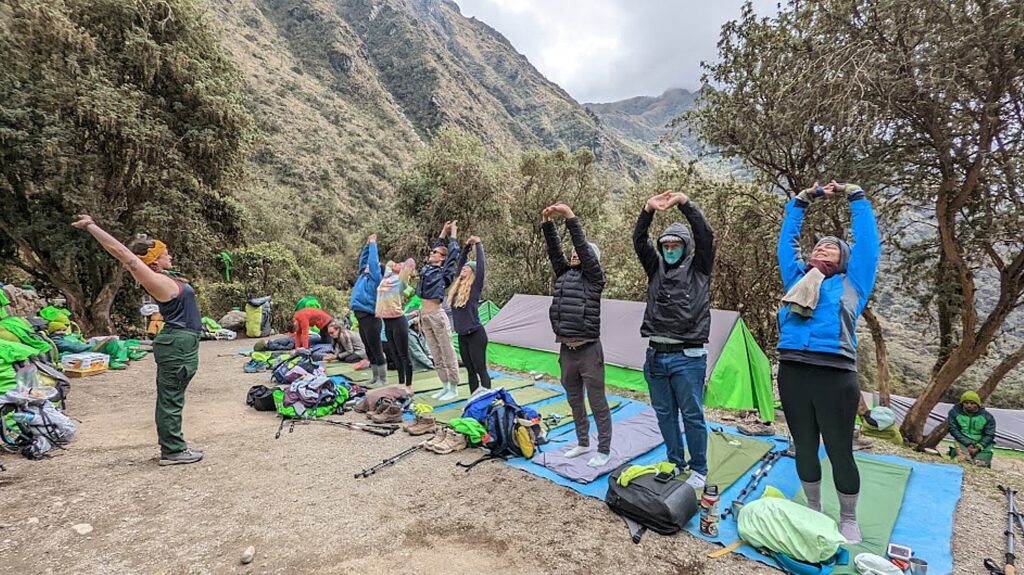
Edited by Karen Rubin, Travel Features Syndicate, goingplacesfarandnear.com
Wellness travel is among the leading travel trends for 2023, as it has been for several years. But when the very act of breaking away from daily irritants, giving oneself the opportunity to rest, renew, recharge, revitalize, isn’t all travel wellness? The trend refers to the fact that people are traveling with greater intention to improve their physical, mental, emotional, even spiritual well-being.
It could be a visit to a wellness retreat or spa. But it could also be a hiking, biking, rafting, camping trip that gets you out into nature, pure air, with some physical exertion. It can be an itinerary that is spiritually uplifting or intellectually fulfilling, of doing something you love or even finding love. It could be travel that brings family and friends together, forging bonds and lifelong memories that also contribute to wellness, or even making new friends to conquer loneliness or isolation. Travel, at its essential core, is inevitably about life-enhancing, even life-changing experience. What’s new is people intentionally seeking out such experiences – and that the industry, from tour companies to hotels, cruiselines to destinations, from festivals and events to attractions – are tailoring their offerings to cater to the quest for wellness.
Not only does wellness impact how, where and why people travel, but through lifestyle changes, wellness also impacts longevity and financial security – which when you think about it, expands the market for travel with time, money and physical ability.
These themes emerged in the Global Wellness Summit’s report, “12 Wellness Trends for 2023” with implications of how travel, hospitality, even urban design, workplace policies (vacations are essential to recharge), government planning are accommodating. Among the key findings, as reported by the researchers:
WELLNESS + TRAVEL: From Global Smorgasbord to Hyper-Indigenous
By Elaine Glusac
Wellness and wellness tourism have long resembled Disney’s “It’s a Small World”: buffets of global experiences typically divorced from place. Yoga, born in India, is ubiquitous worldwide; ayahuasca retreats have departed their Amazonian homelands; you can get a Hawaiian Lomi Lomi massage in Dubai.
But with a new critique of wellness as a profound cultural appropriator, a rising social justice movement, and greater emphasis on authenticity, travelers are now seeking much deeper cultural experiences and showing interest in going to the source of ancient healing and knowledge to learn how they care for the land and for themselves. Indigenous travel and going to the cultural source for wellness is our travel trend for 2023.
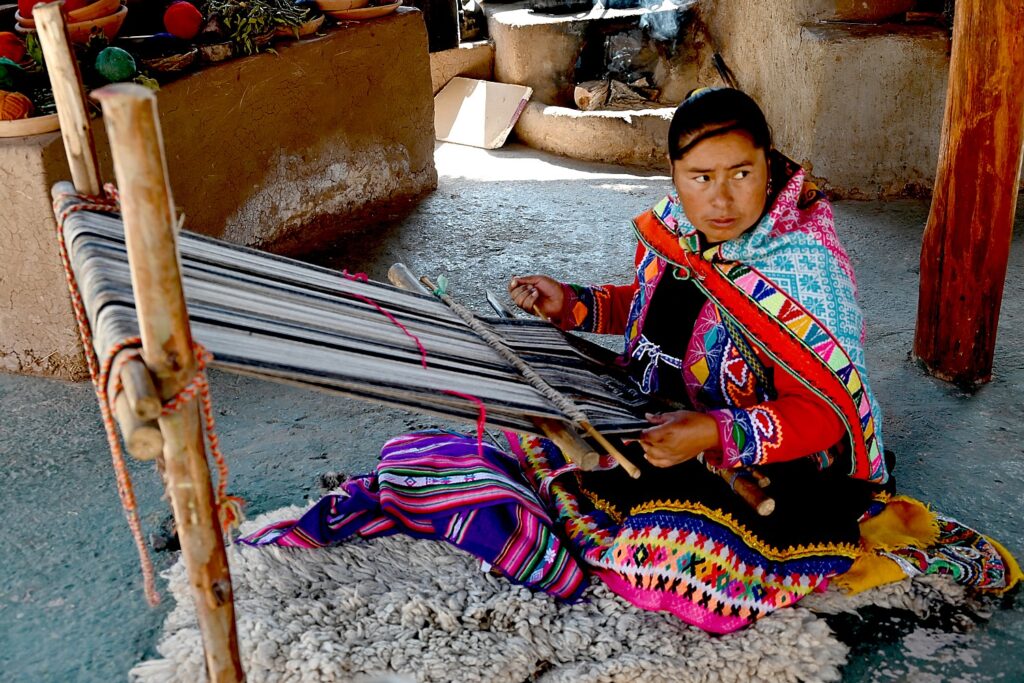
Community-led Indigenous travel offerings are surging—from the boreal forests of Canada to the Australian Outback—and speak deeply to travelers seeking inclusive, sustainable and regenerative travel experiences. The fast-mounting interest in original cultures includes Indigenous wellness practices, from purification ceremonies to food and nutrition.
Concurrently, culturally-rooted wellness experiences are booming globally and inspiring travelers to go to the original wellspring for authenticity. In Japan, traditional ryokans, or hot springs inns, are having an incredible renaissance as nature-based experiences that shift with the seasons. Resorts are exploring new menus of from-the-source wellness, whether traditional Arabic and Islamic medicine in the Middle East or Druidry in England. India, which gave the wellness world yoga, is poised to lure travelers back to the source with an upcoming center for traditional medicine partnered by the World Health Organization.
[Canada has really taken the lead to support tourism enterprises among its indigenous populations, under the umbrella of Indigenous Tourism Association (ITAC). In British Columbia, where there are 204 indigenous communities, a tourism development organization IndigenousBC.com is an excellent website to plan visits. Many of the Canadian indigenous communities offer wellness programs.
Also Ponant Cruises has introduced a series of programs that feature encounters with indigenous people, including the Inuit in Greenland, the Emberas in panama, Papuans in Papua New Guinea, us.ponant.com]
WELLNESS + SPORTS: New Business Models for Hospitality
By Lisa Starr
Savvy hospitality brands are responding to demands from wellness-focused clients looking beyond the basement gym, in search of pro-athlete-level equipment, fitness classes and wellness programming, whenever and wherever they travel. Some hotel brands are even creating facilities that cater to entire amateur or professional sports teams, expanding the function of the hotel and ensuring professional quality for the rest of us. We predict businesses that support this trend will become the go-to brands for future generations.
The ubiquity of the wellness-focused lifestyles of elite and professional athletes are fueling this trend and increasing demand for pro-level wellness at hotels and resorts. Hospitality brands like Kerzner International Holdings, owner of the Atlantis Resort and One&Only Resorts, are responding to the public preoccupation with sports with new concepts like the immersive global lifestyle brand SIRO, a “fitness and recovery hotel.” Zulal Wellness Resort by Chiva-Som in Qatar, the Middle East’s first full-immersion wellness resort, offers TAIM (traditional Arabic and Islamic medicine) treatments and hosted the German World Cup soccer team in 2022.
The global sports market is predicted to hit $20 billion by 2027, and we’re going to see new, creative, profitable intersections between sports and wellness. Sports of all types are being seen as a strategy to attract and connect with wellness-oriented consumers and travelers—and this timely business trend shows no sign of stopping.
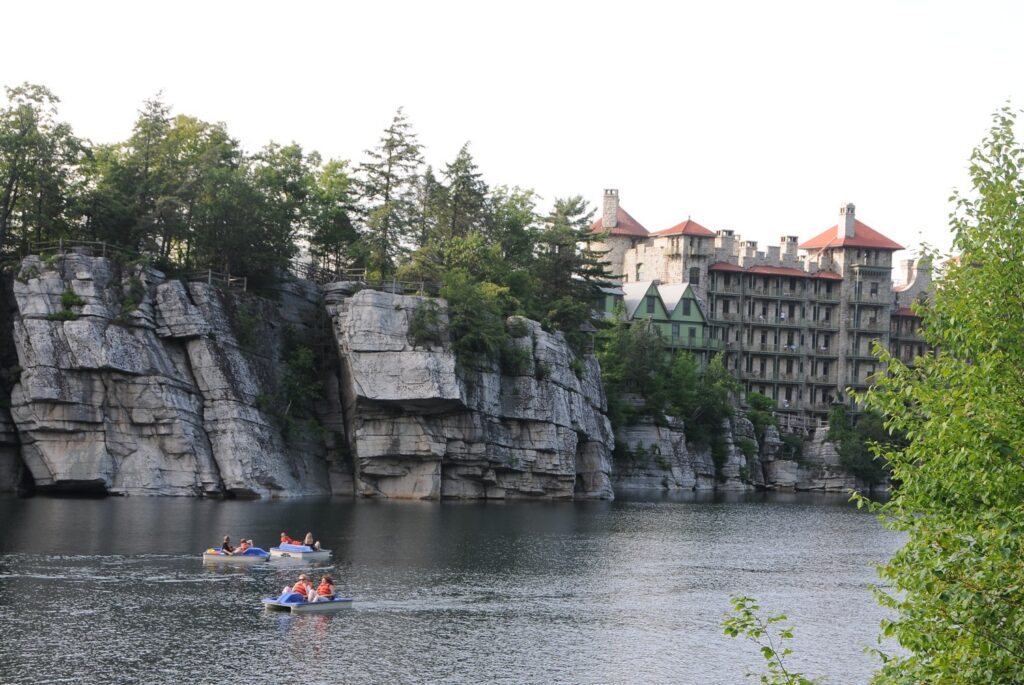
WELLNESS + WATER: Blue, Hot and Wild
By Jane Kitchen
The pandemic spurred a hunger for in-nature experiences that shows no signs of abating. But when we talk about the nature surge, we usually remain on terra firma. In 2023, people will jump into the world’s wild waters for some “blue wellness”— with an unprecedented global surge in new-look hot springs destinations and wild and cross-country swimming going global. (The film, “Avatar: The Way of Water” likely helped.)
At the steamy end of the temperature spectrum, hot springs are now poised to be the next big thing in wellness. There are an unprecedented number of new and in-the-pipeline global destinations and new life is being breathed into long-forgotten facilities–from Australia to the US (where about 50 new projects are underway). A whole new social era in hot springs has arrived, where developers are combining live entertainment, watery wellness classes, restaurants and bars with traditional soaking. At Peninsula Hot Springs in Australia, take in live bands from its hot springs amphitheaters and do some hot springs yoga; at Sky Lagoon in Reykjavik, you soak in the midnight sun while sipping prosecco from a swim-up bar; you’ll soon be able to watch a baseball game while soaking in hot springs at Hokkaidos’ ESCON Field. This is social, affordable wellness and it’s pulling in a younger, diverse crowd.

On the cold side of the trend, there is surging interest in wild, cold and cross-country swimming, once the domains of serious athletes. Wild swimming groups like the Bluetits Chill Swimmers offer inclusive group swims that foster connection, and more global resorts are offering guided wild swimming programs—whether the Hotel J in Sweden or New York’s Mohonk Mountain House. Cross-country swimming is starting to take off, epic adventures where hiking and wild swimming are combined. People are even building wild swimming ponds instead of the old concrete swimming pools.
The future of wellness and nature immersion? Blue, hot, cold and wild.
WELLNESS + CITIES: Urban Infrastructure Just Might Save Cities
By Robbie Hammond and Omar Toro-Vacay
The role of the city has been reimagined countless times over the centuries (they’ve been trading posts, political and artistic centers, and, recently, concrete jungles of retail and offices). But the pandemic served as a wake-up call for just how unwell our cities are—sparking a new recognition of the inextricable relationship between the health of the cities and the health of city dwellers. Global cities are now at another historical inflection point where they are rebuilding themselves around the wellness needs of their citizens. “Urban wellness infrastructure” is no longer perceived as a luxury—it’s a necessity.
Urban wellness infrastructure—the melding of capital improvements and business opportunities that holistically address social, mental and physical health—is being embraced around the world as a solution for accelerating growth, fueling post-pandemic recovery and cultivating healthier, happier citizens.
There are so many powerful examples. Developed 20 years ago on an abandoned railway line in the heart of Manhattan, the Highline is a pioneering example of this trend—a wellness destination in its own right where people exercise, socialize and take in natural beauty in the heart of the city, which has become one of the most popular tourist sites in the city. The Highline has inspired over 60 such projects across America. The 11th Street Bridge Park in Washington, DC, a new public space project that connects neighborhoods and helps cross racial and economic divides, is an example of the new community-building urban wellness infrastructure.
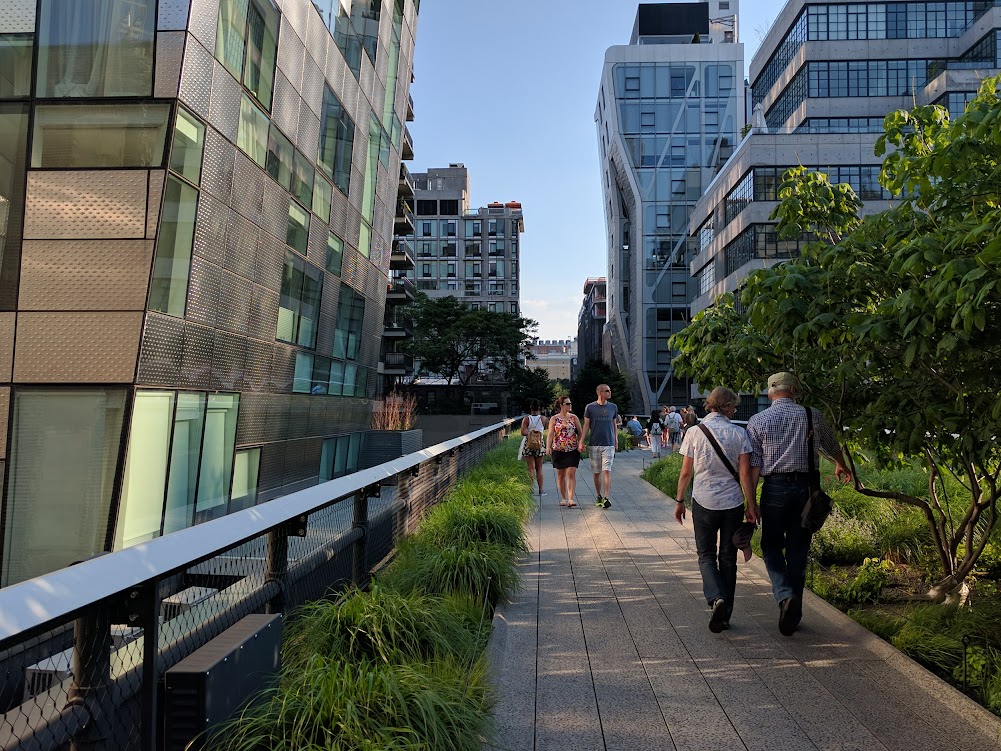
In Singapore, the government is striving to become an “urban wellness haven,” creating a whole slate of programs and initiatives that showcase the city’s unique natural and wellness resources. In Monterrey, Mexico, a successful collaboration between private and public organizations, DistritoTec, is creating a thriving new community with wellness at its core—a model Mexico plans to replicate.
To remain vital in the next century, cities must become places not to survive but to thrive. That’s only possible with a new wellness infrastructure.
[Indeed, cities are making a comeback as top destinations for travelers in 2023 after the pandemic steered people to wide-open spaces. But much of the adaptations that worked so well to keep people well during the pandemic – like advance purchase timed-ticket admissions to museums and attractions to control capacity – are being kept in place.]
WELLNESS + SENSES: Multisensory Integration
By Ari Peralta
Advances in neuroscience and neuroaesthetics confirm that, when combined, the senses elevate our human experience. Nature is multisensory and it turns out, so are we. The senses have always been present in wellness. In fact, we subconsciously associate many wellness activities with one sense or another… spa is touch, wellness music is sound, chromotherapy is color, healthy food is taste and thermal is temperature. This siloed approach is quickly changing in remarkable ways.
Now brands are accessing multiple senses simultaneously to better support wellbeing outcomes, amplify wellness experience and influence behavioral change—think using multiple sensory cues in a harmonious way to deepen meditation. With a better grasp on evidence, wellness brands are using multisensory integration as an approach to deepen and amplify felt experiences. From wellness brands to spas to retailers, they are experimenting with playful combinations of light and sound, light and taste, etc., to build connection and more meaningful moments.
Some examples: In Saudi Arabia, the AIUIa Wellness Festival has curated a 360-degree multisensory event allowing visitors to stimulate and elevate all five senses amidst ancient and stunning surroundings; while Six Senses has teamed with mycoocoon to create synesthetic dining experiences, enabling guests to “taste” color and sound, while, in the metaverse, digital sense is becoming a reality, adding scent and touch to sight and sound.
WELLNESS + GATHERING: Wellness Comes for the Loneliness Epidemic
By Beth McGroarty
We “know” loneliness is skyrocketing, that it kills and that the #1 predictor of health and happiness is relationships. But somehow, the recent uber-capitalist wellness market has led with two things: a sea of keep-them-spending “me time” products and “digital wellness”—both lonely journeys of “self-care.” The pandemic has proven to be the breaking point. The biggest wellness trend is the development of new spaces and experiences that bring people together in real life—creatively and with intention—where social connection is the burning center of the concept.
Social wellness clubs with different vibes and price-points will surge, where group bonding comes first and the (sometimes dizzying menus of) wellness experiences serve as social icebreakers—from pioneer Remedy Place to social bathhouse Othership to Six Senses Place. With remote work, people need everyday places to be and belong—and younger gens, who are ditching booze and bars, seek healthier social spaces. With human “communication” having devolved into emojis, the wellness world is now teaching us how to connect and empathize more deeply. Peoplehood, the group conversation concept from SoulCycle’s founders, nixes the bikes to teach “relational fitness” through active listening. “Empatho-delics/actives” (that drive human openness) will rise: psilocybin, MDMA (in clinical trials), and ancient botanical “social elixirs,” such as kanna and kava.
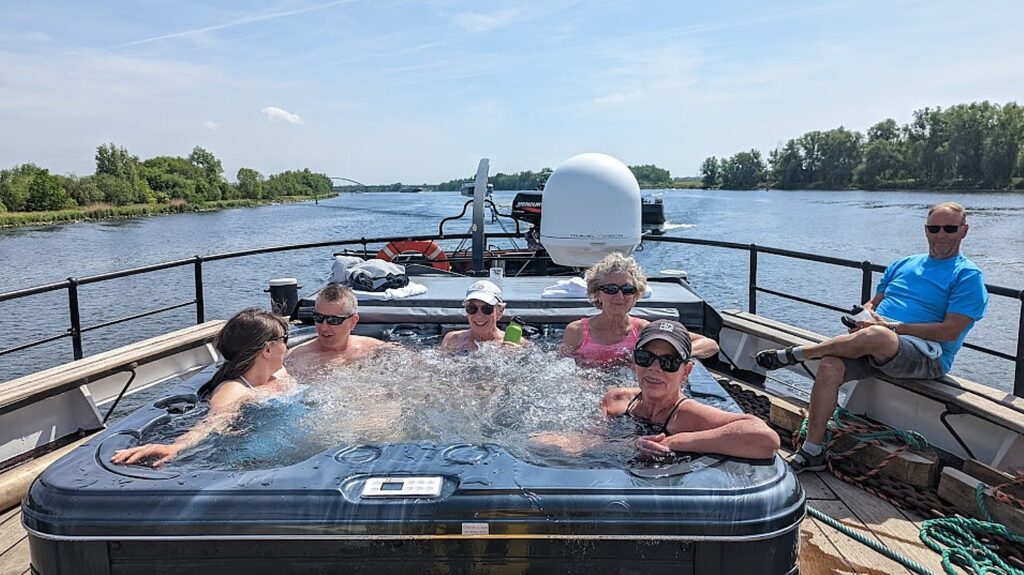
Tackling loneliness is a huge trend beyond the wellness space. Startups are bringing connection to those who need it most, whether it’s the elderly or black men. New social apps/platforms are actually social, creating dinner parties for strangers or bonding apartment dwellers. More governments are fighting loneliness with new policies, and there’s even a new “social medicine.” The future of wellness? A move from lonely to social self-care, from buying to belonging, from URL to IRL, from ego to empathy, from Goop to group.
[Travel is the antidote to loneliness, promoting social interactions. And while solo travel is one of the biggest new trends for 2023, but there are even apps that cater to solo travelers and that match people with travel buddies.]
Wellness + Workplace: Workplace Wellness Finally Starts to Mean Something
by Skyler Hubler and Cecelia Girr
From protected time off and prioritizing vacation time to finally acknowledging women’s health needs, employee wellness is getting a much-needed rethink. Employers have been casually tossing around the word “wellness” since the 1980s. But four decades later, we have little to show for it. Worldwide, 70% of knowledge workers have experienced burnout in the past year, and a recent global study found that 38% of workers hate their jobs so much that they wouldn’t wish it on their worst enemy. Clearly, all those “workplace wellness” initiatives haven’t been working for us. But with the pandemic dramatically accelerating shifts in work models and the mental health crisis—and employees newly empowered—things are changing
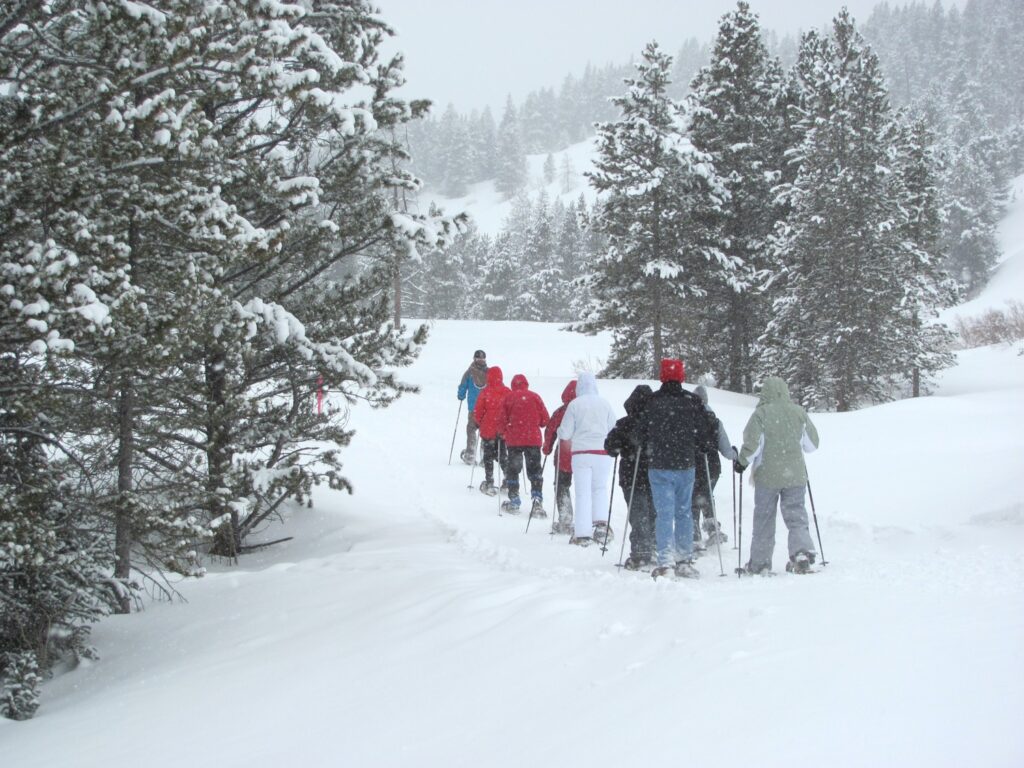
Superficial wellness at work schemes are being replaced with more meaningful solutions. Better balance is being achieved through movements such as extended, company-wide vacations and the “right to disconnect” from emails after hours; employers making in-person time count with memorable offsites and gatherings at wellness resorts and social wellness clubs (meetings held in ice baths are officially a thing). The workplace wellness reform is well underway and it’s set to change everything, from how we connect with coworkers to what we look for in a job.
[Indeed, there is every indication that some variation of remote work will remain, and people will claim their opportunity to be nomadic workers.]
WELLNESS + GOVERNMENTS: The Case for Coming Together
By Thierry Malleret
Wellness policies have been years in the making, but in 2023 and beyond, they will evolve, multiply and strengthen. Governments “know” the crippling economic and societal costs that come when people don’t feel mentally and physically well. They “know” that unwellness shrinks the labor force while simultaneously hurting productivity—the worst possible combo for long-term economic growth. They “know” that preventative wellness saves public money because it always costs less than cure.
Now more governments are moving from knowing to action, pursuing diversified policies aimed at, pursuing policies—aimed at improving physical, mental, work, environmental, and even financial wellbeing—from healthy eating campaigns to funding regenerative agriculture and biodiversity protection.
Wellness policies will become far more prominent on the political agendas of national, regional and local governments. We predict they will be: (1) more expansive, by encompassing adjacent policies that contribute to our planetary, societal and individual wellbeing; (2) more “muscular,” toughening regulations and fighting vested interests; and (3) more local, because the greatest policy-success stories happen when you empower communities at the local level.
The Future of Wellness 2023 Trends report just released by the Global Wellness Summit identifies 12 key wellness trends impacting the wellness economy in 2023 and beyond. More information or to purchase the report, www.globalwellnesssummit.com/2023-global-wellness-trends.
______________
© 2023 Travel Features Syndicate, a division of Workstyles, Inc. All rights reserved. Visit goingplacesfarandnear.com, www.huffingtonpost.com/author/karen-rubin, and travelwritersmagazine.com/TravelFeaturesSyndicate/. Blogging at goingplacesnearandfar.wordpress.com and moralcompasstravel.info. Visit instagram.com/going_places_far_and_near and instagram.com/bigbackpacktraveler/ Send comments or questions to [email protected]. Tweet @TravelFeatures. ‘Like’ us at facebook.com/NewsPhotoFeatures


